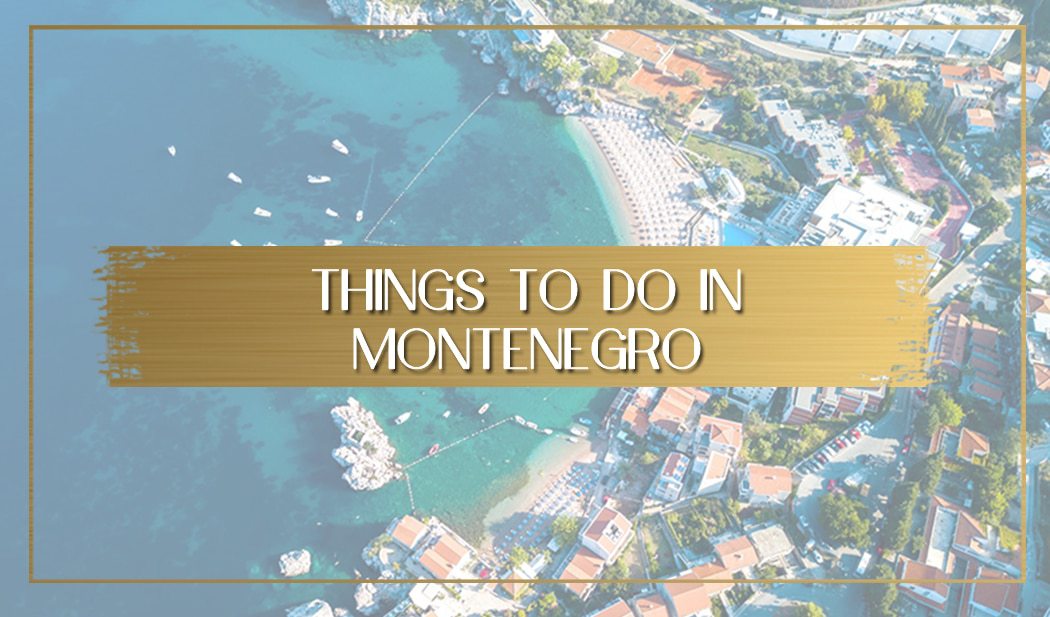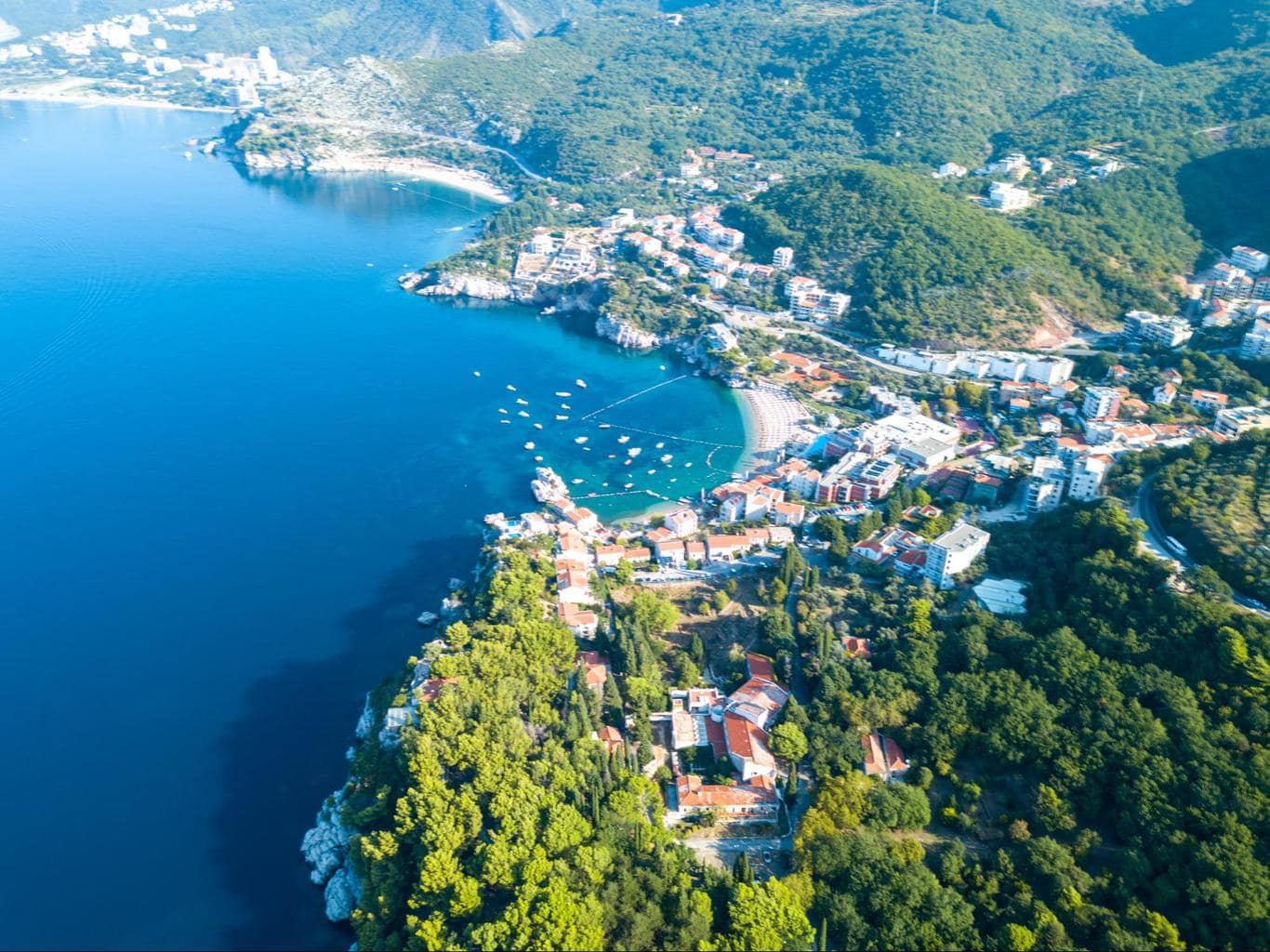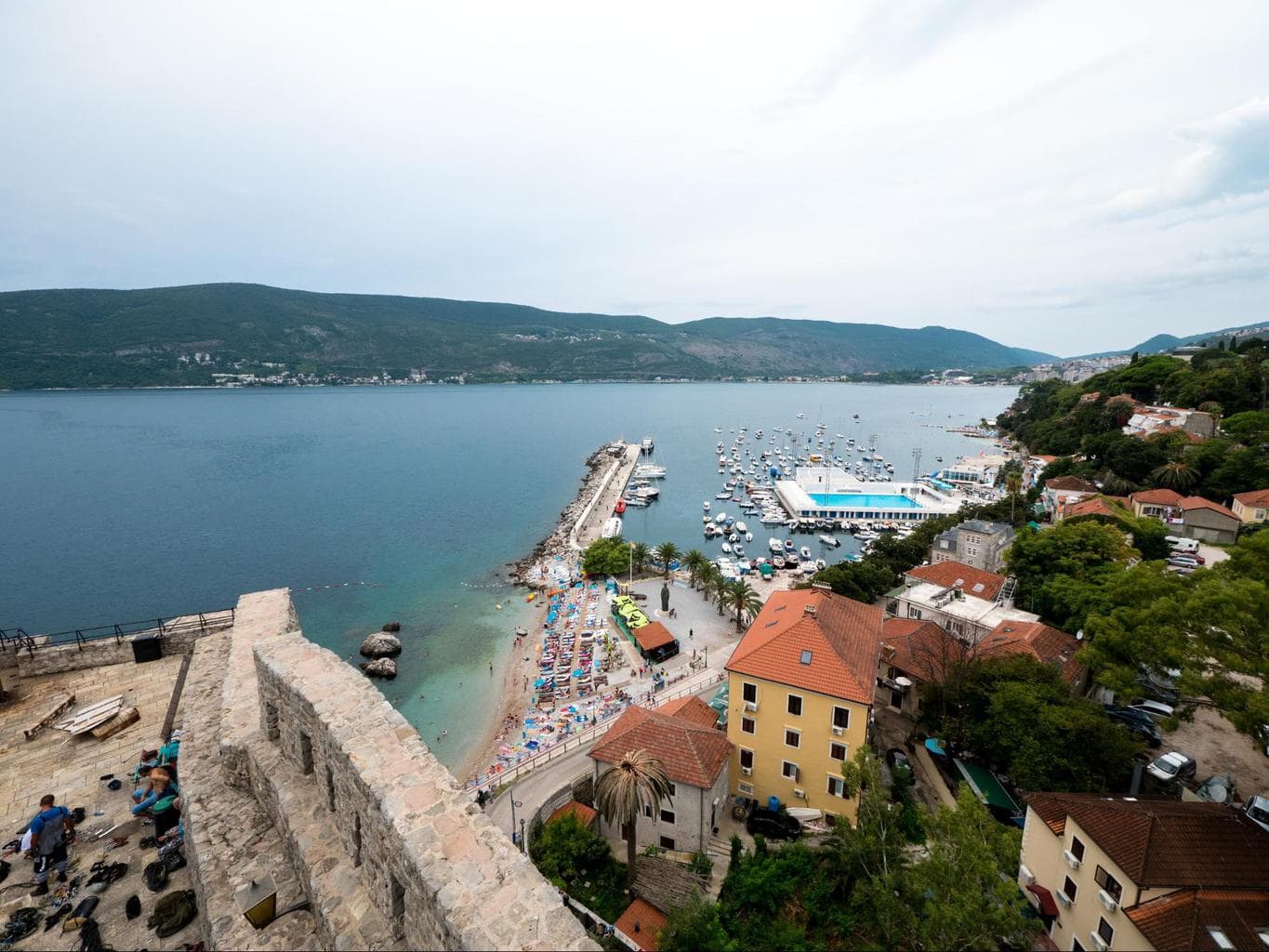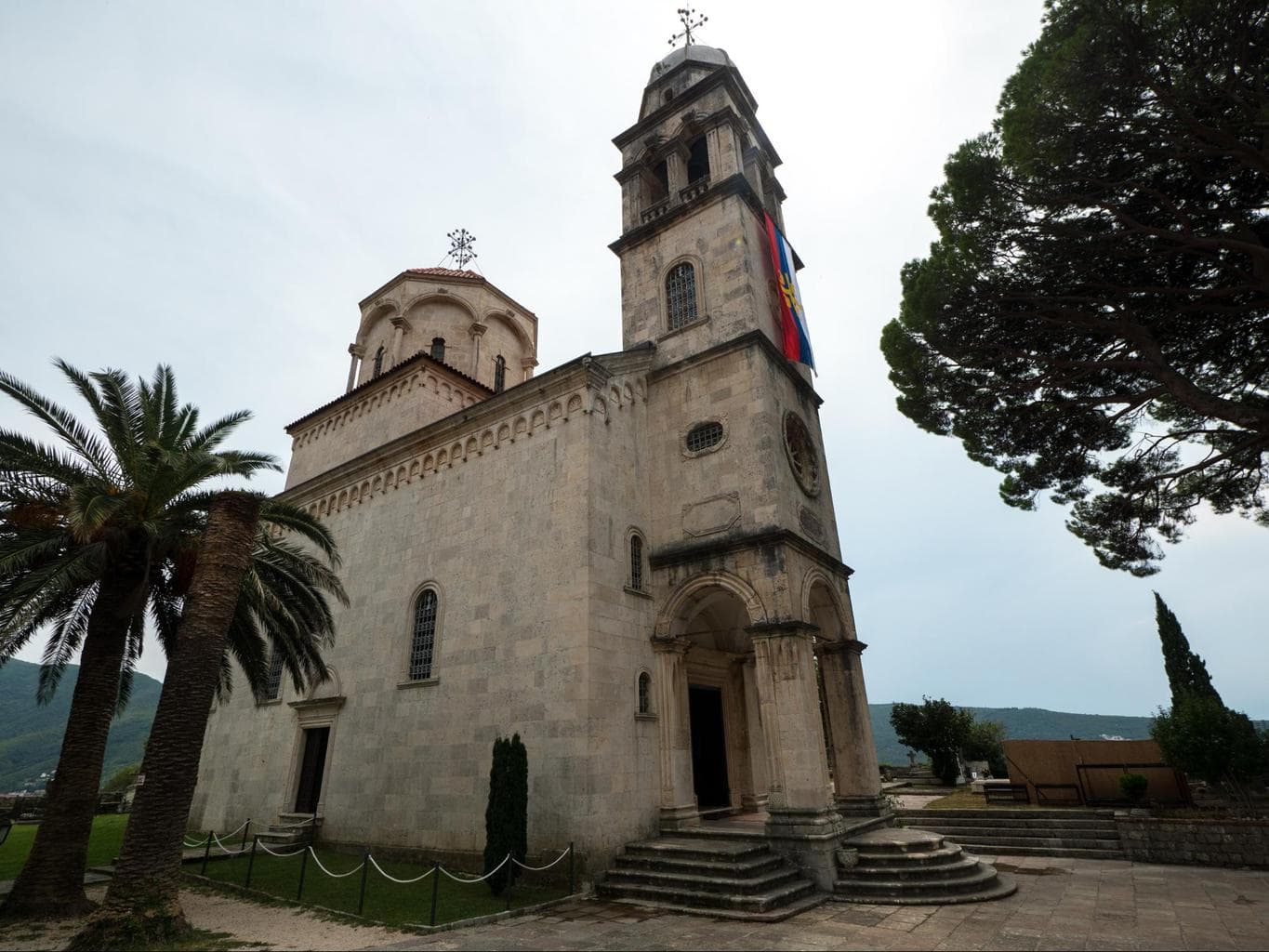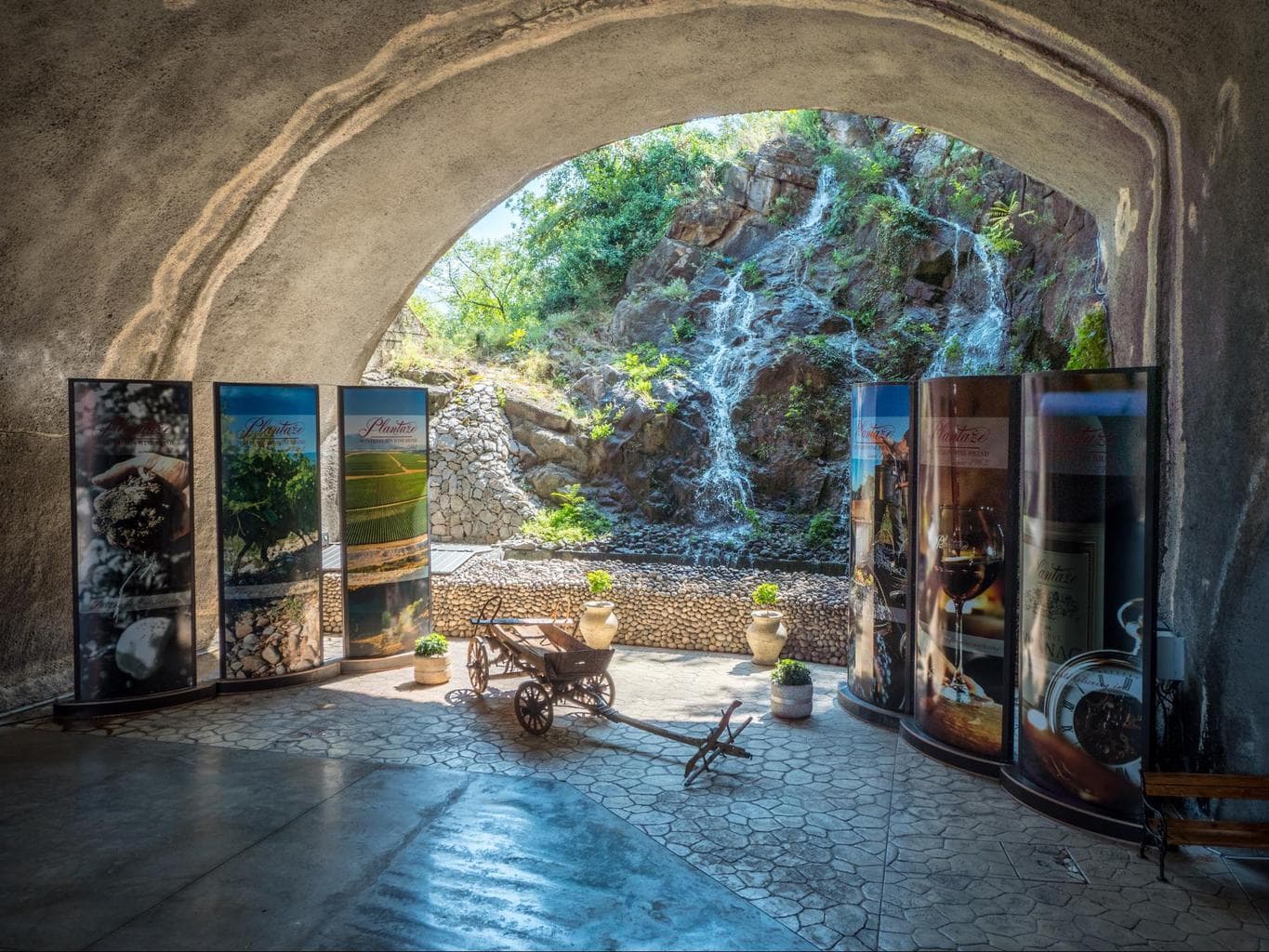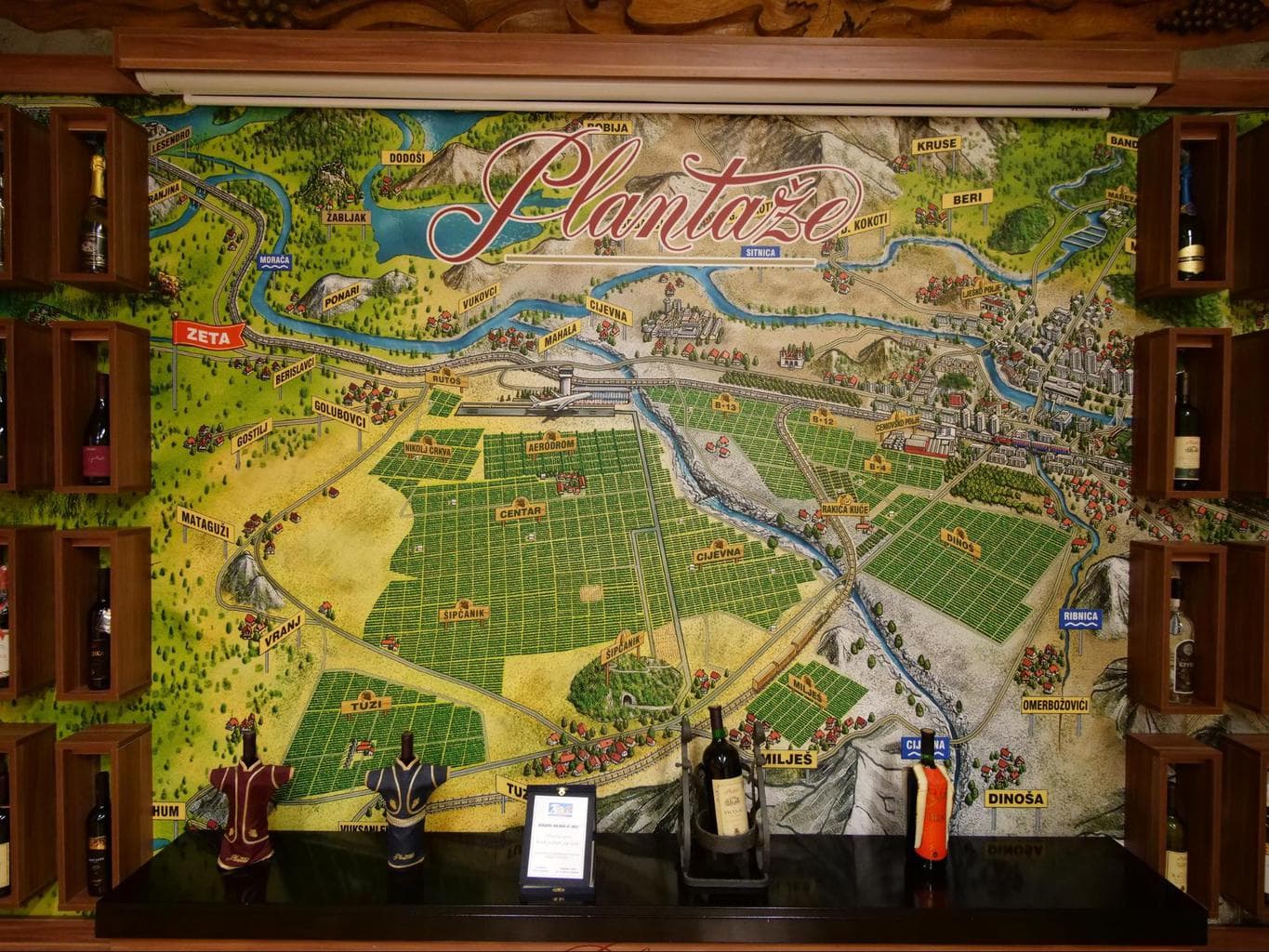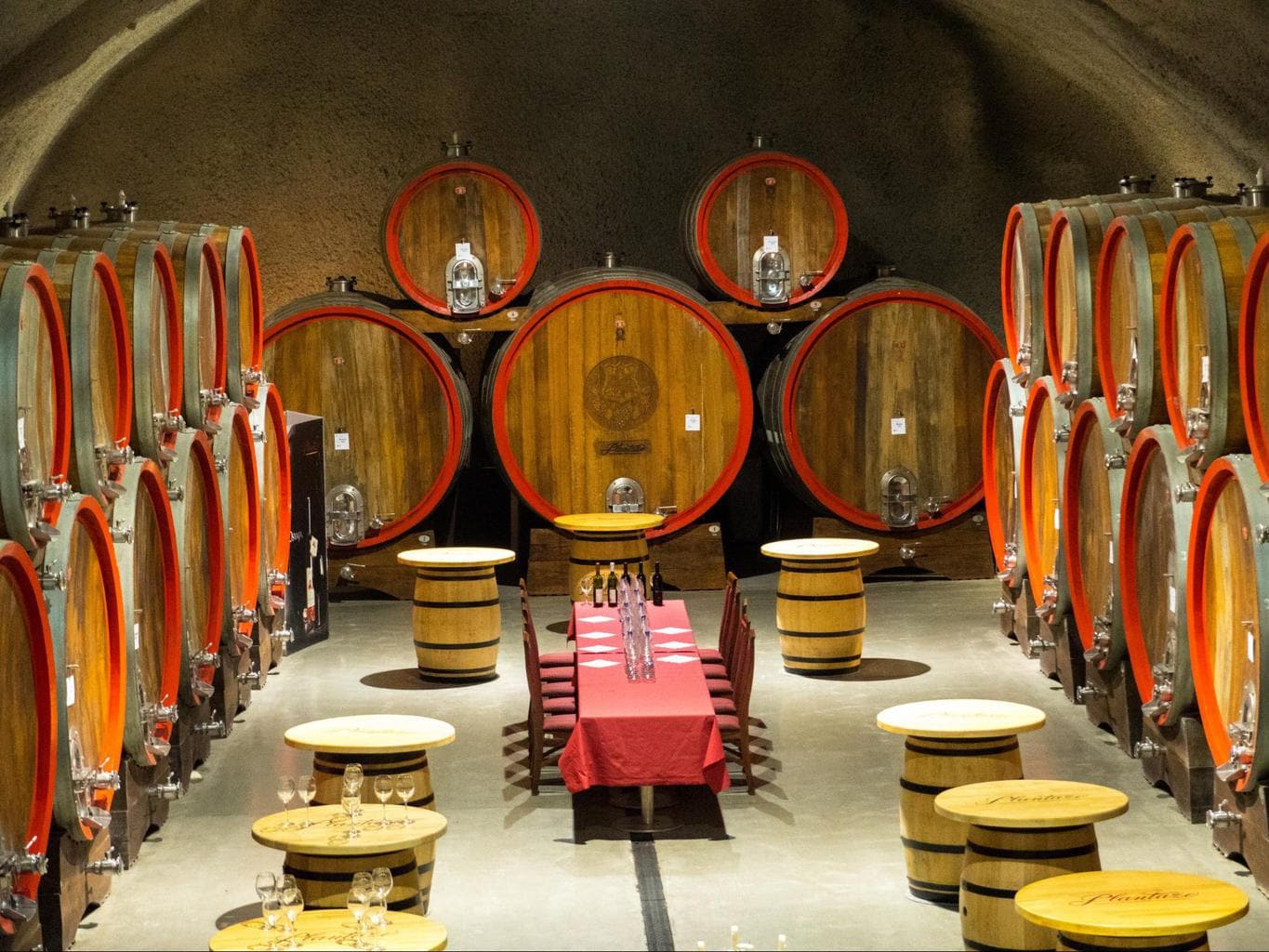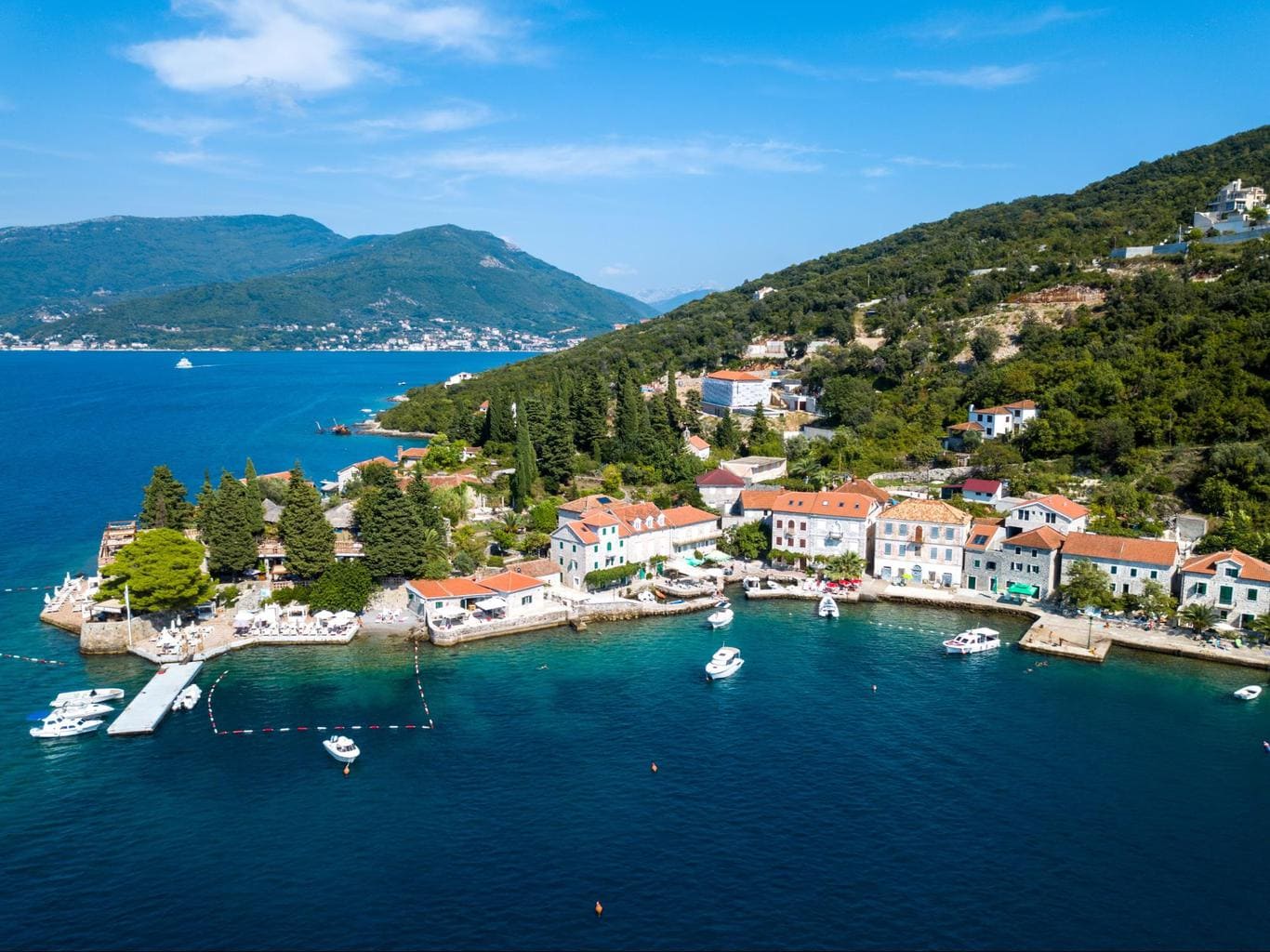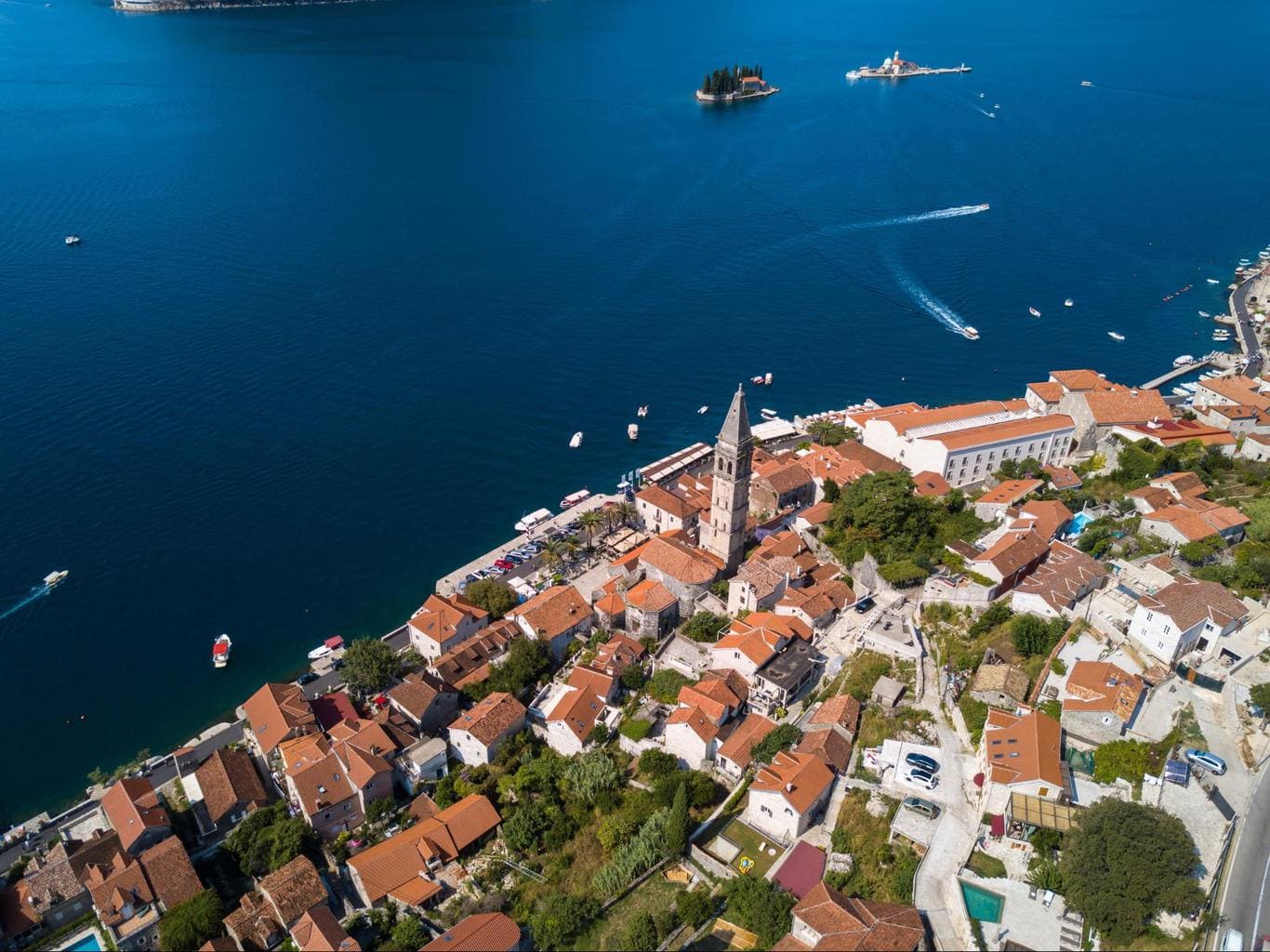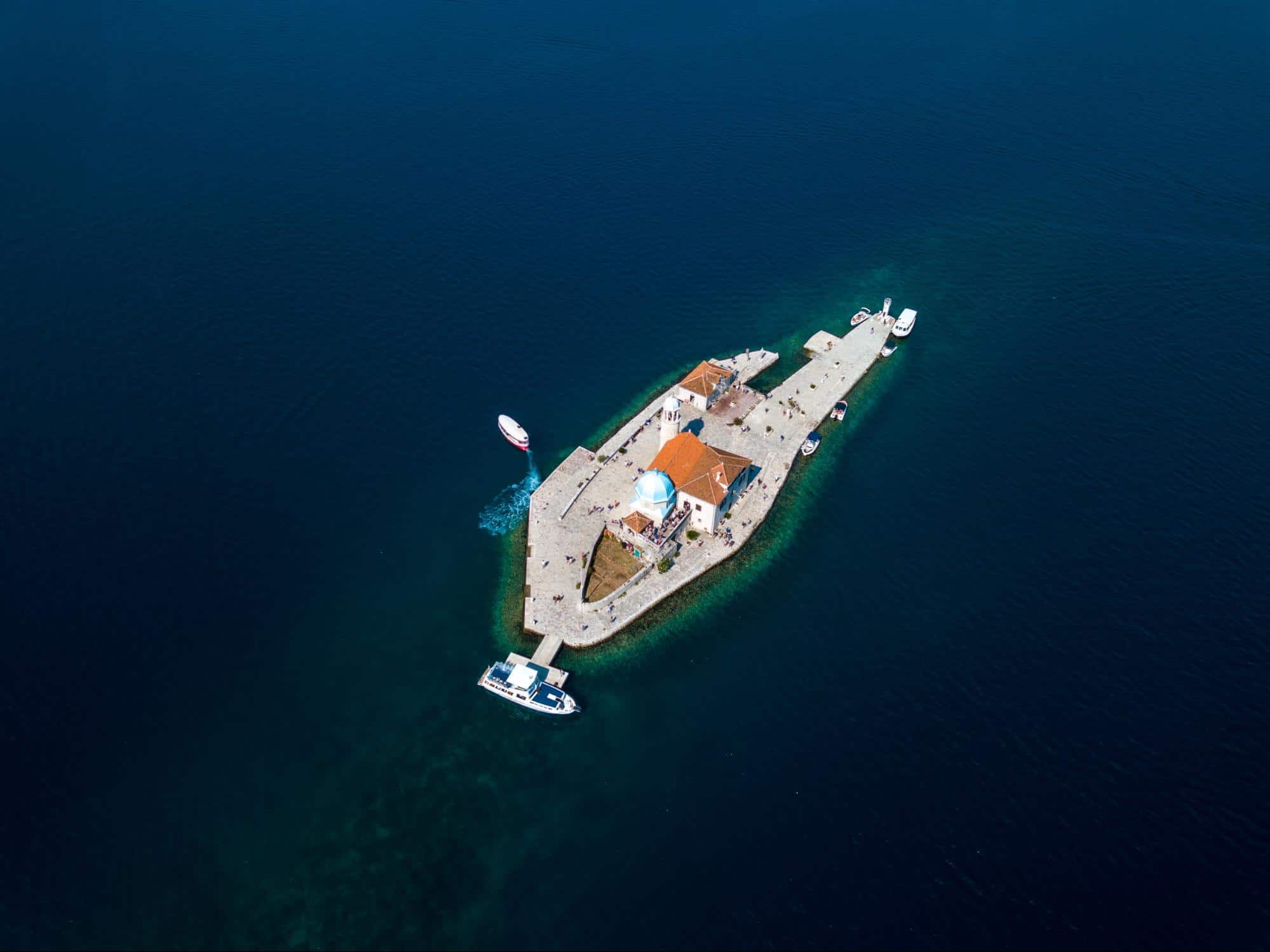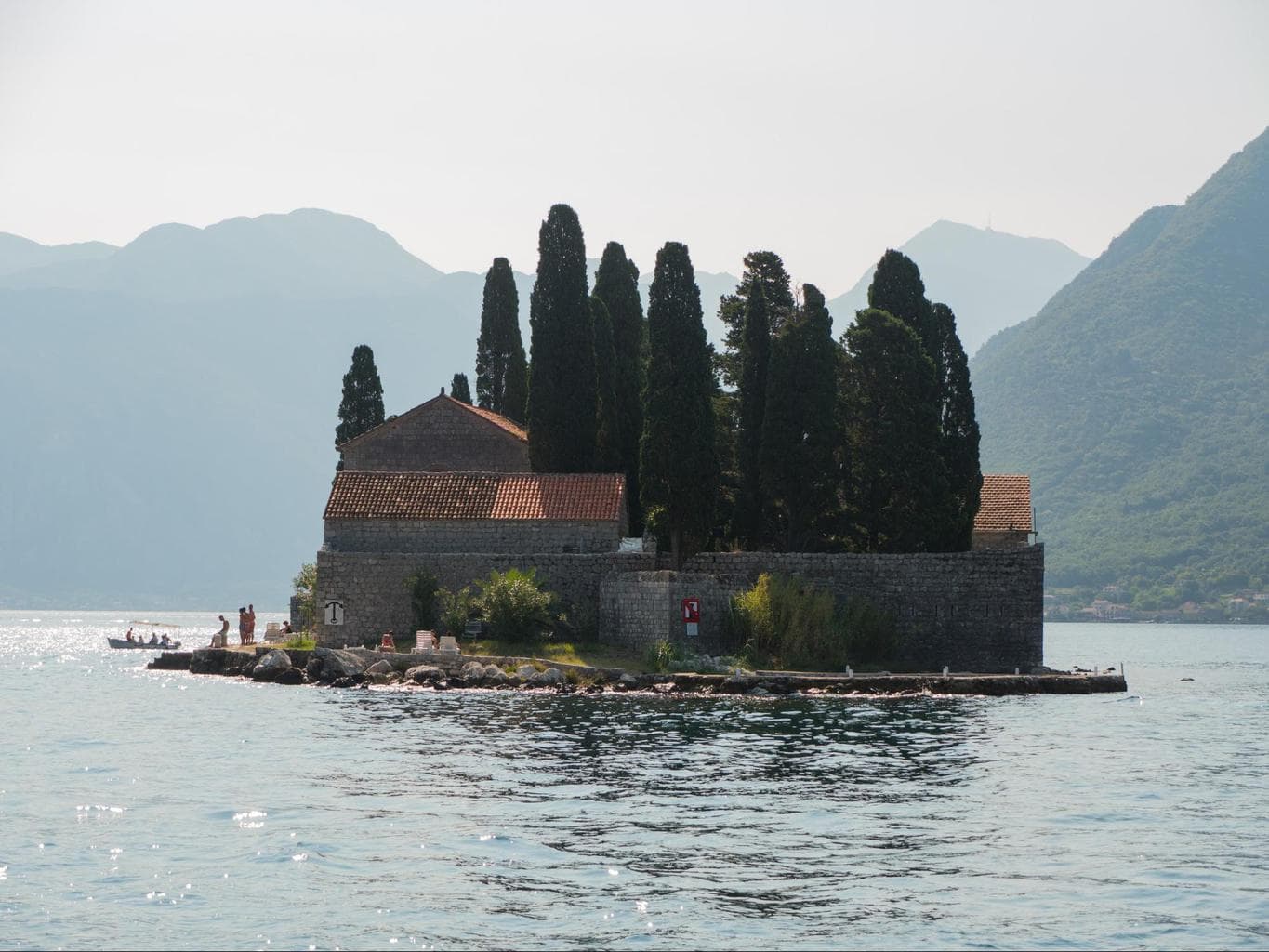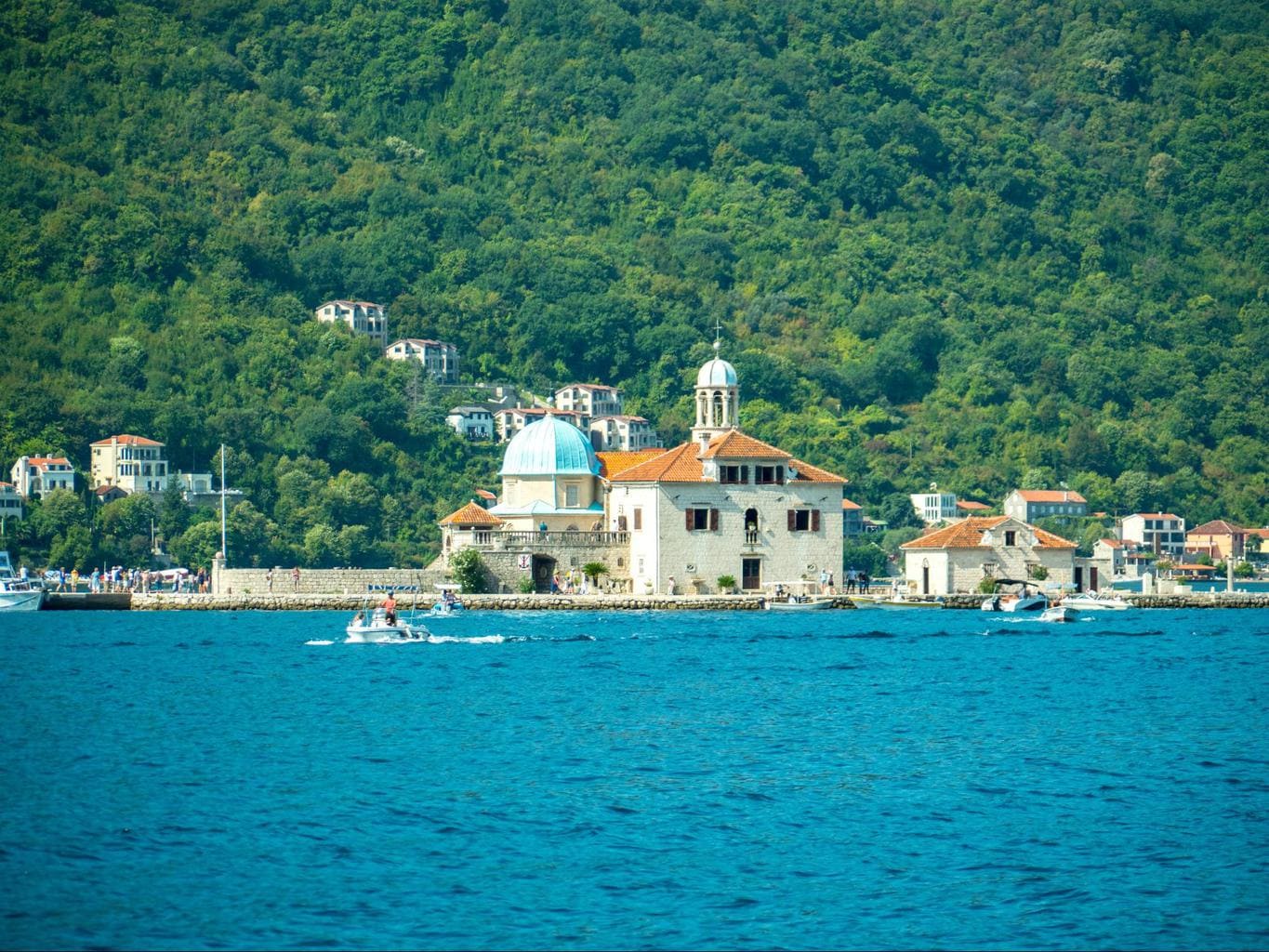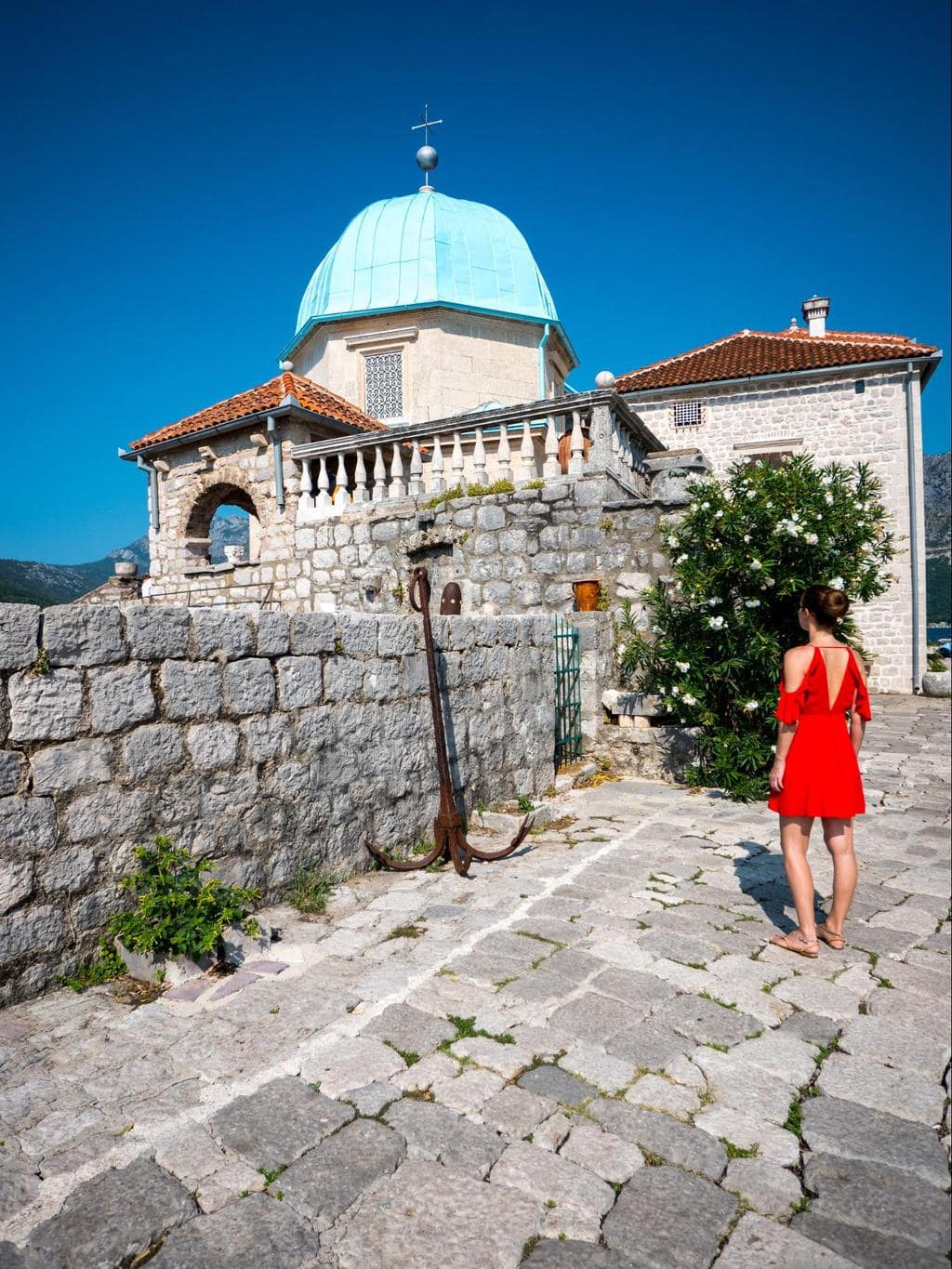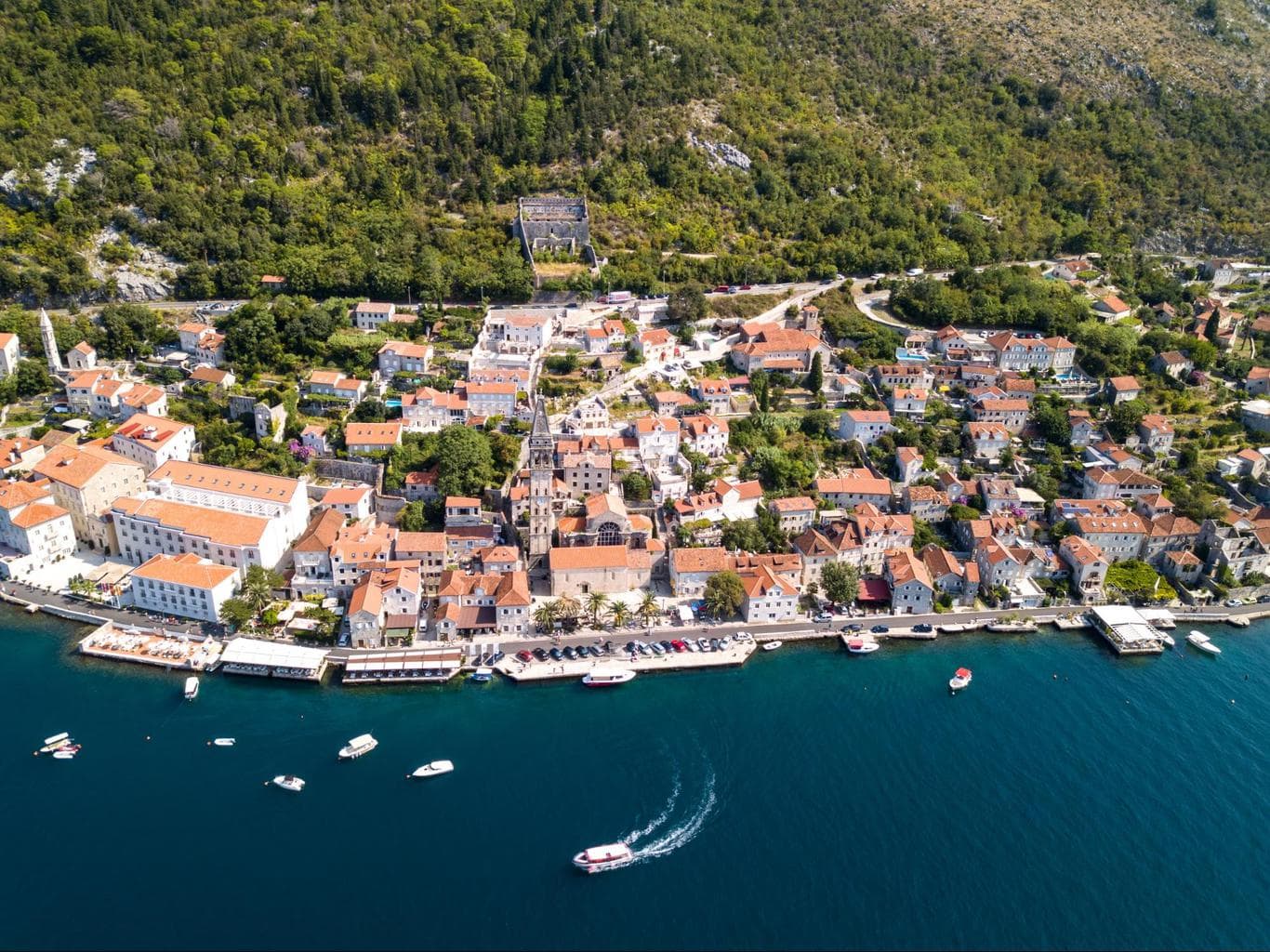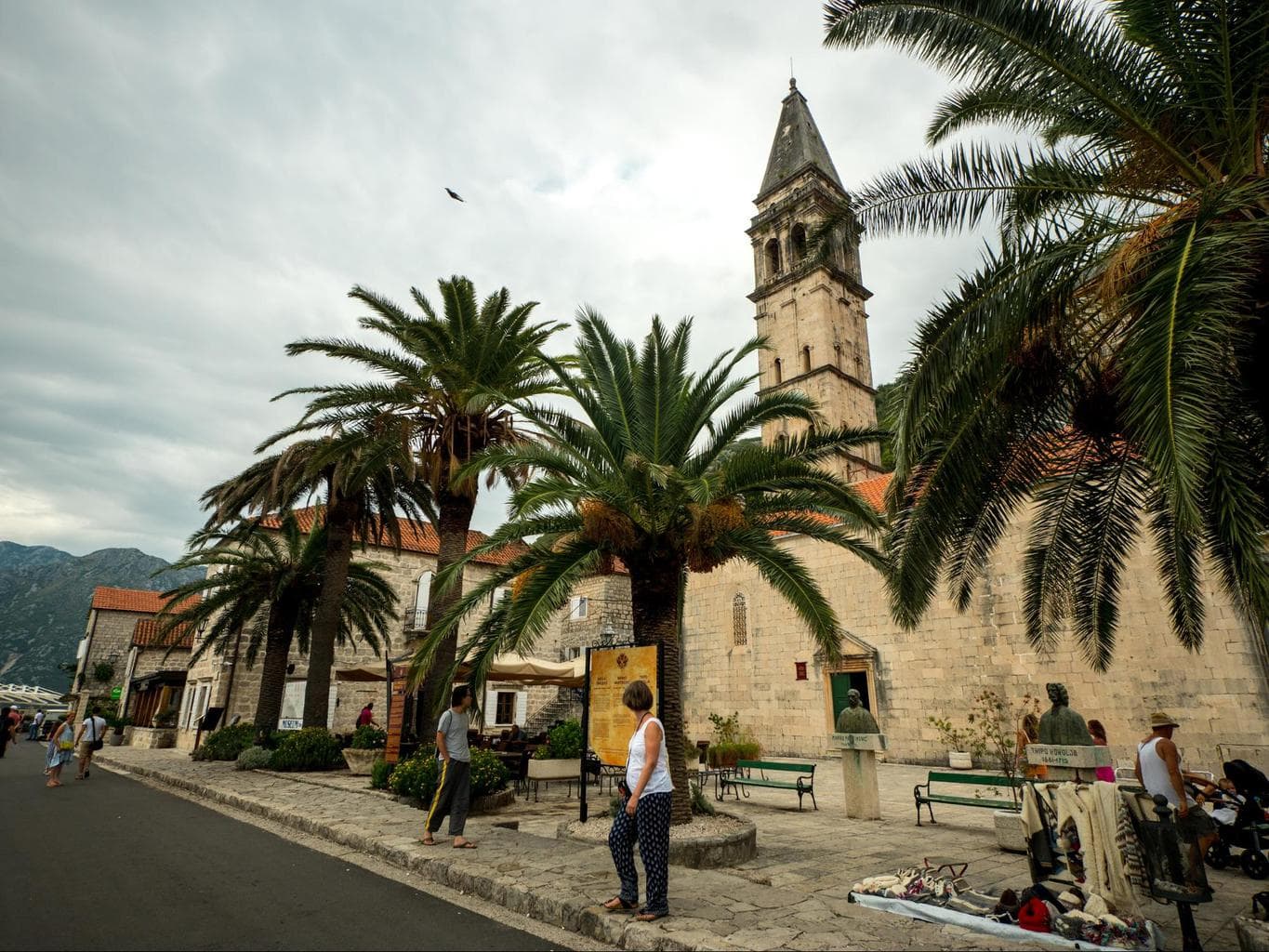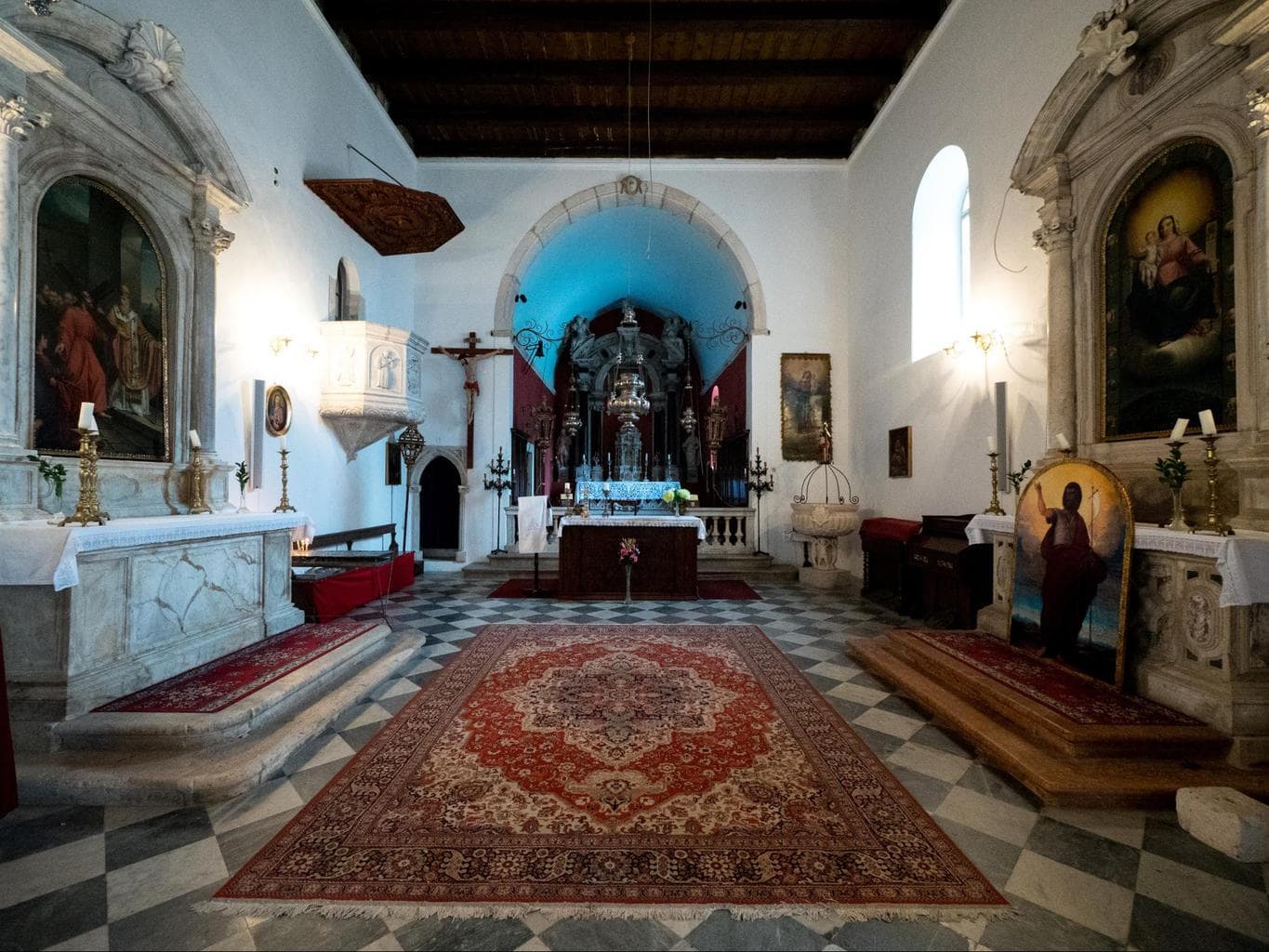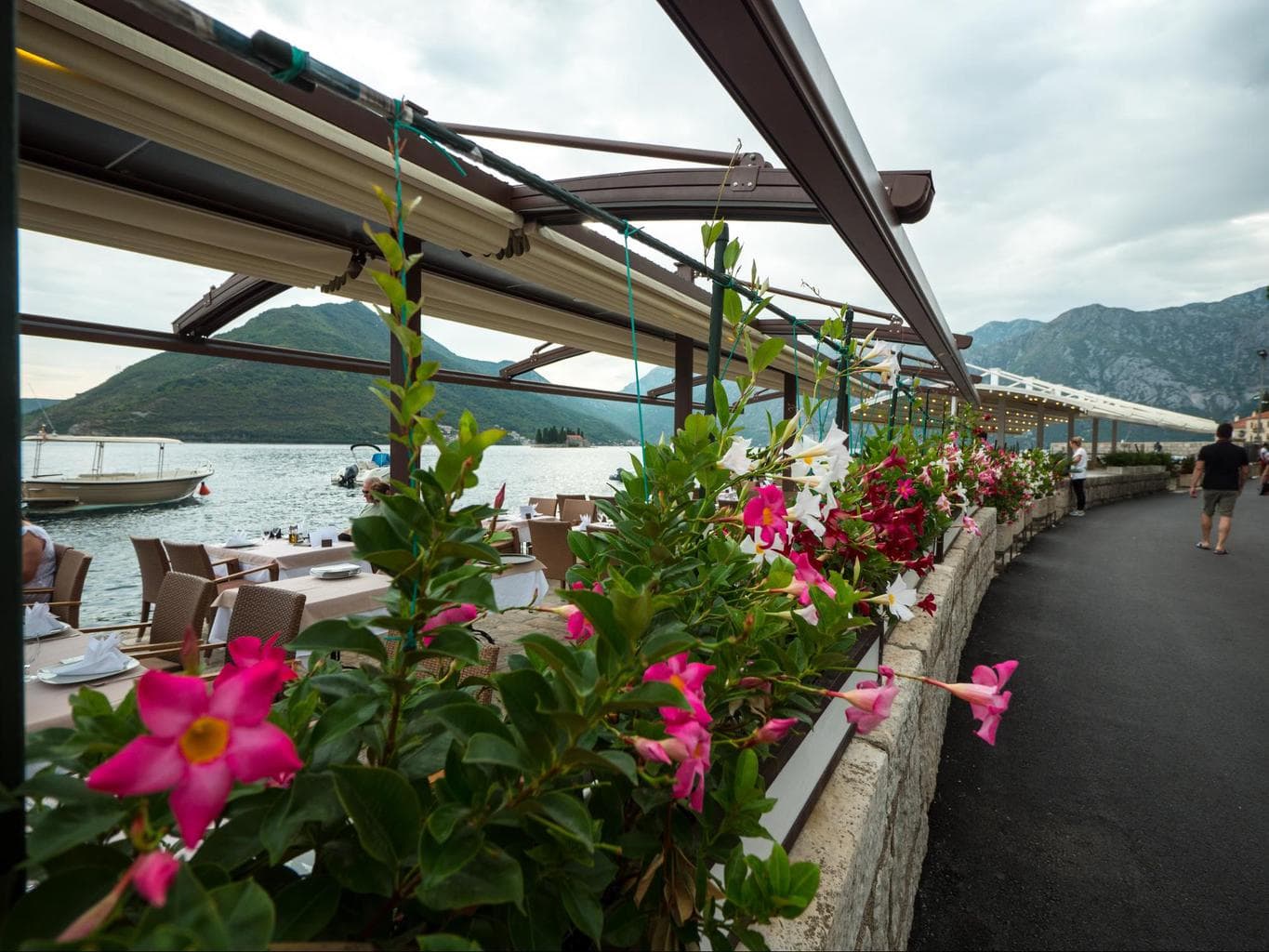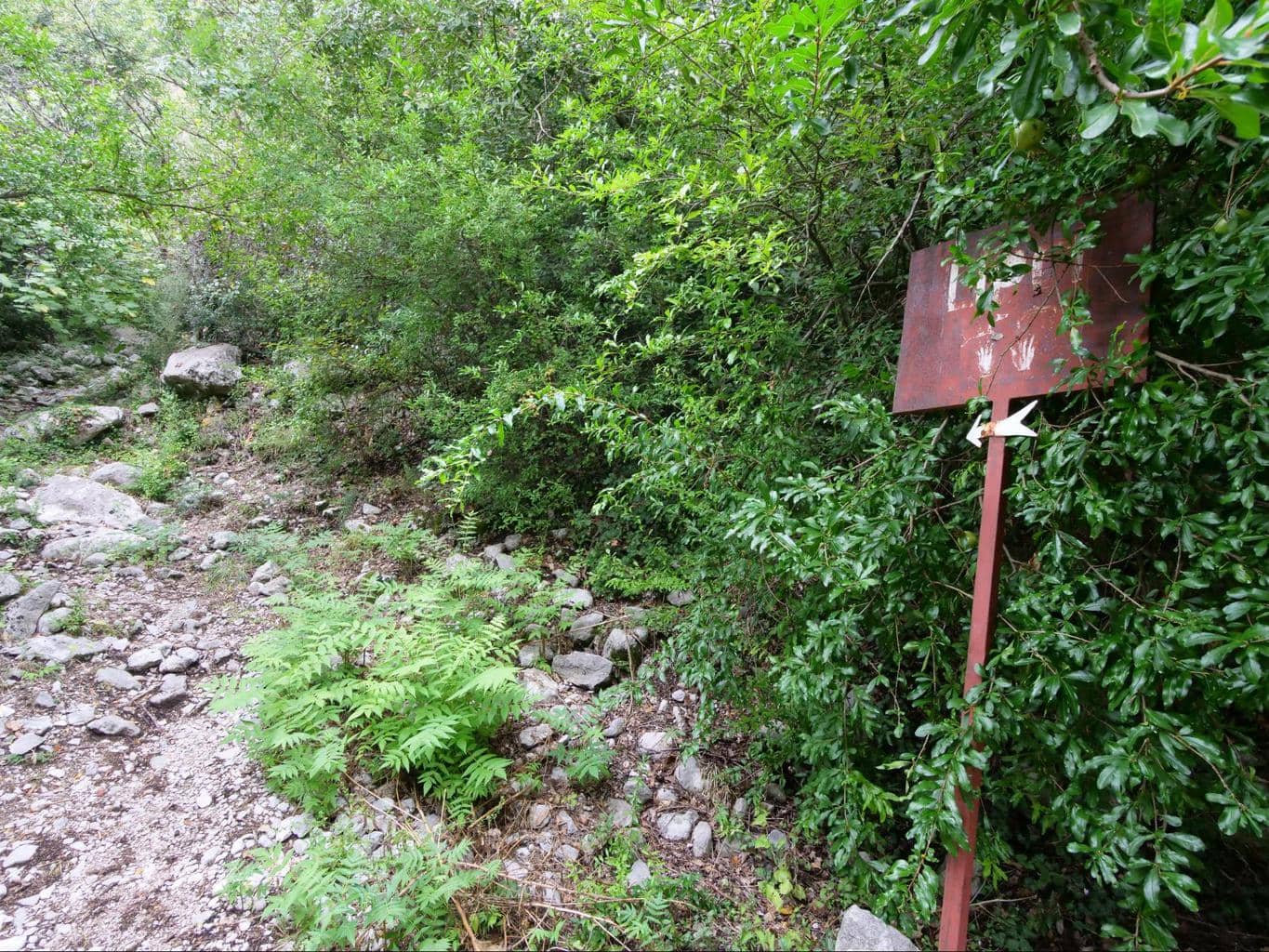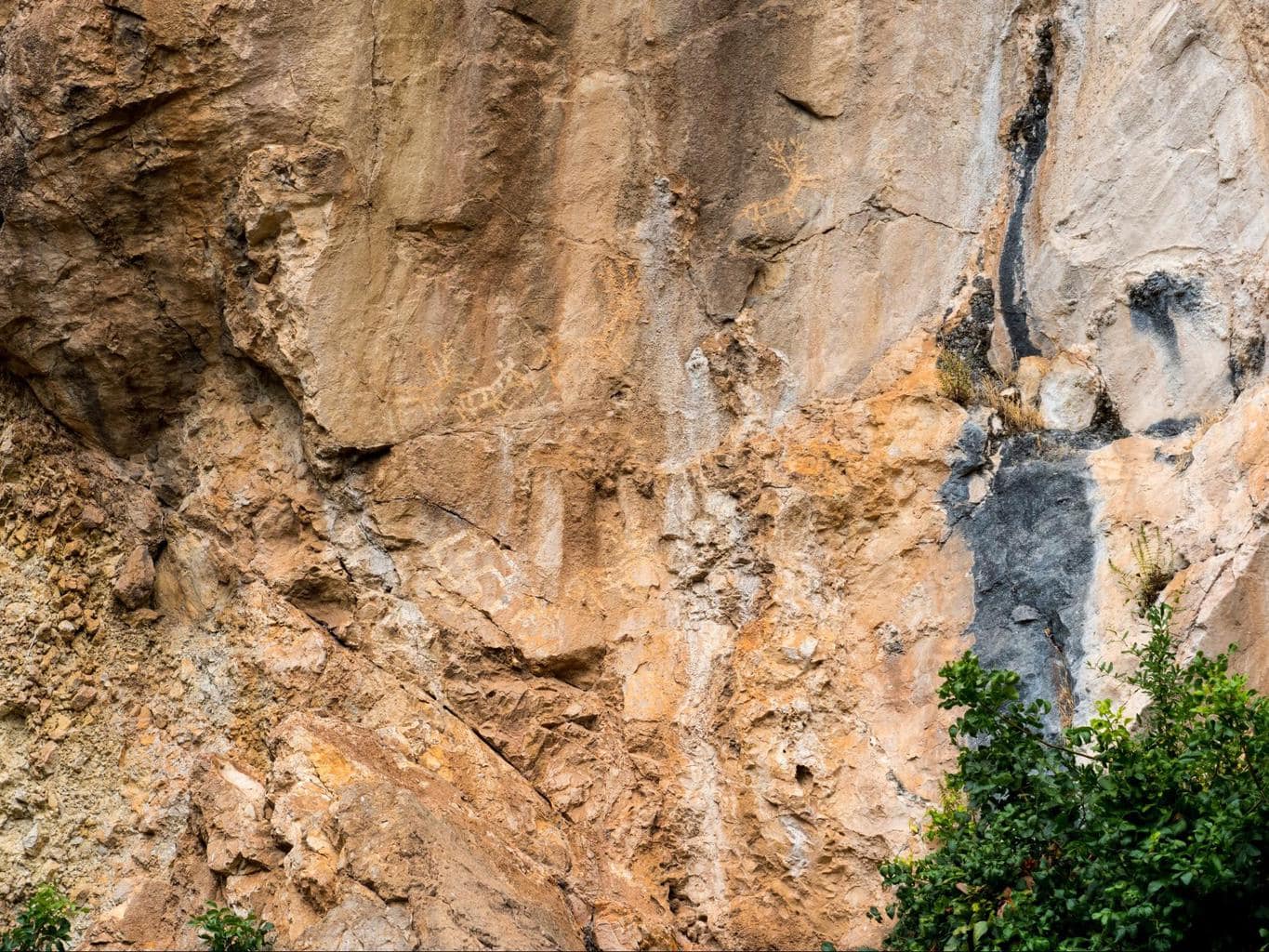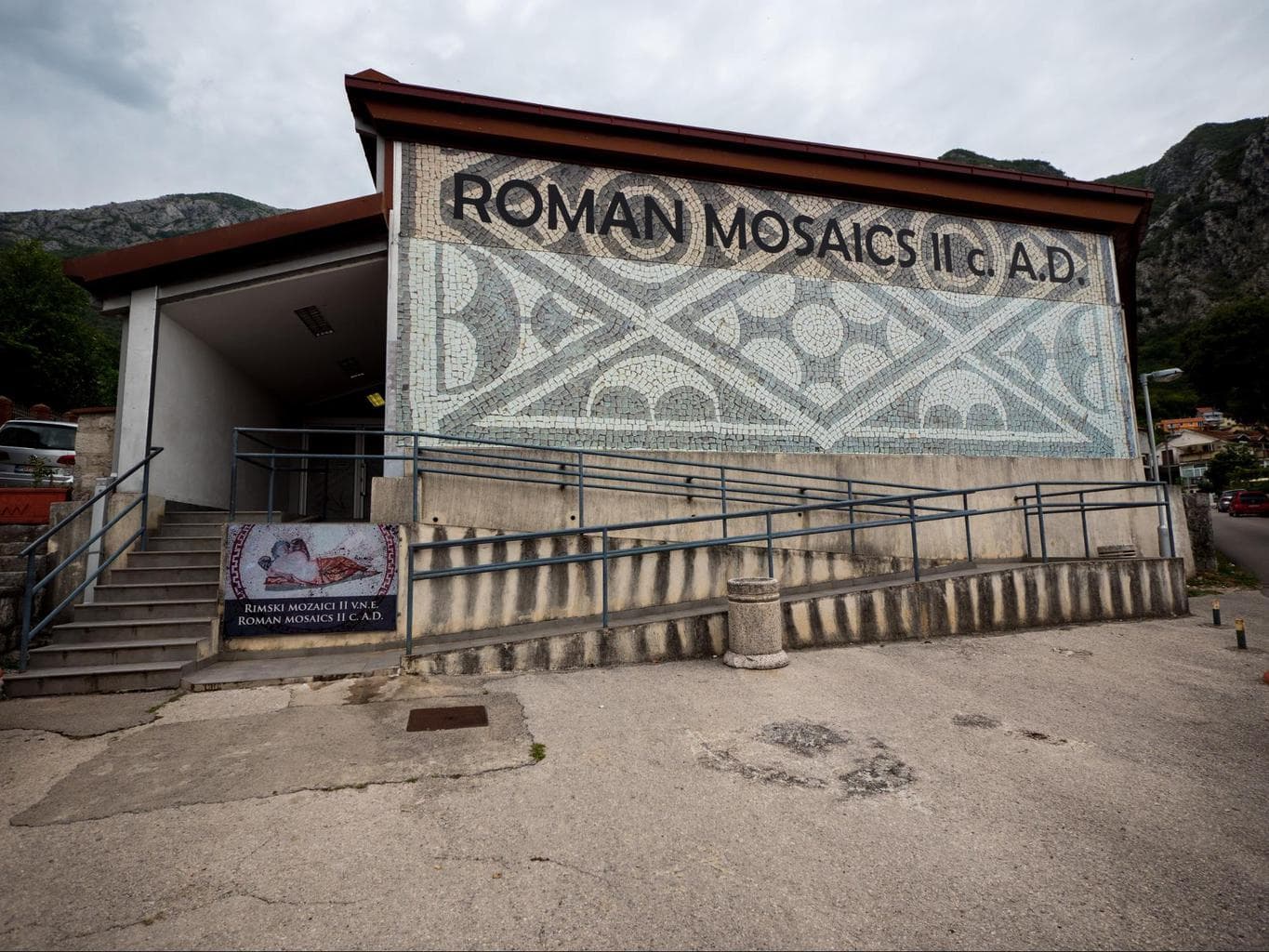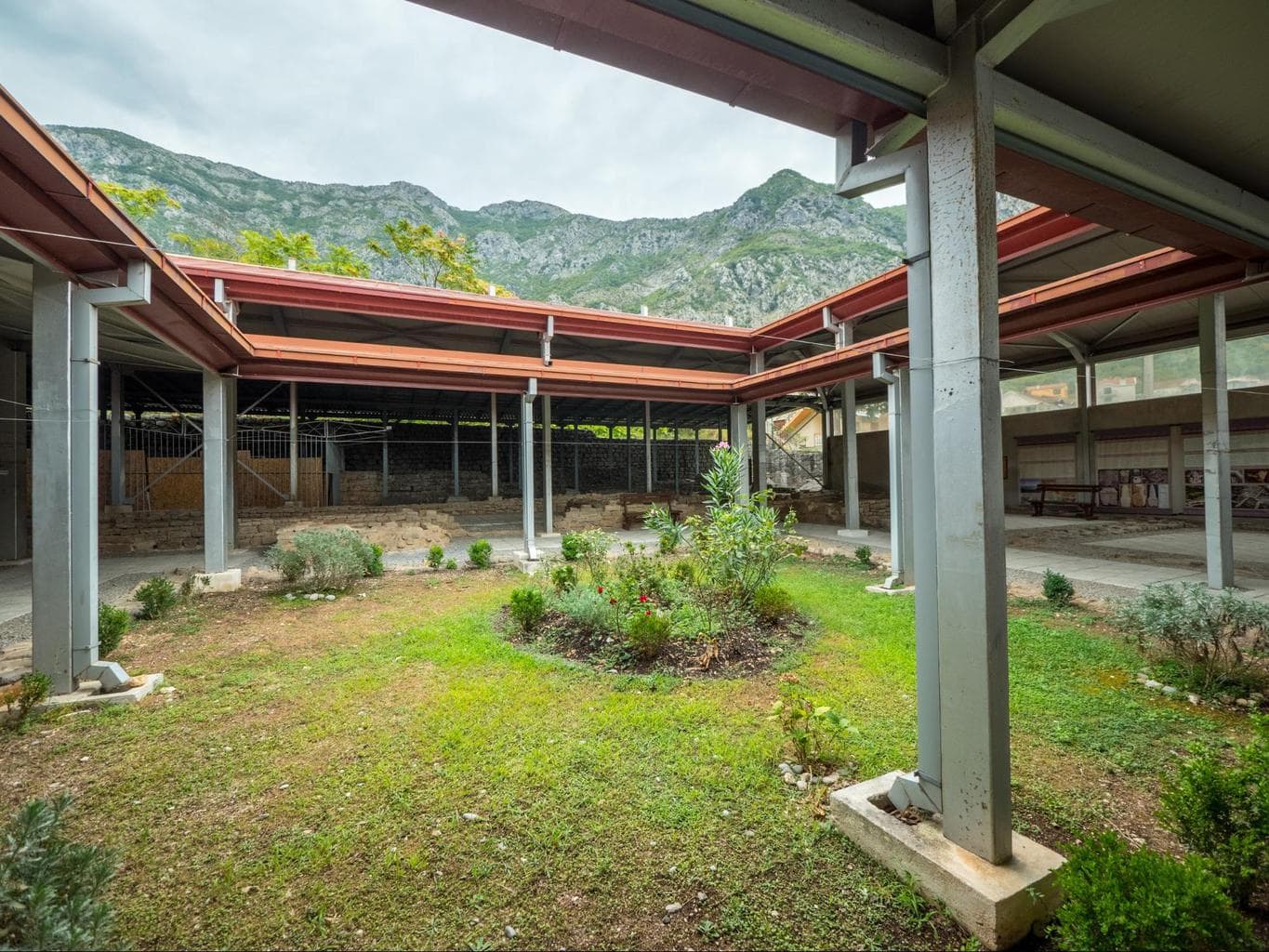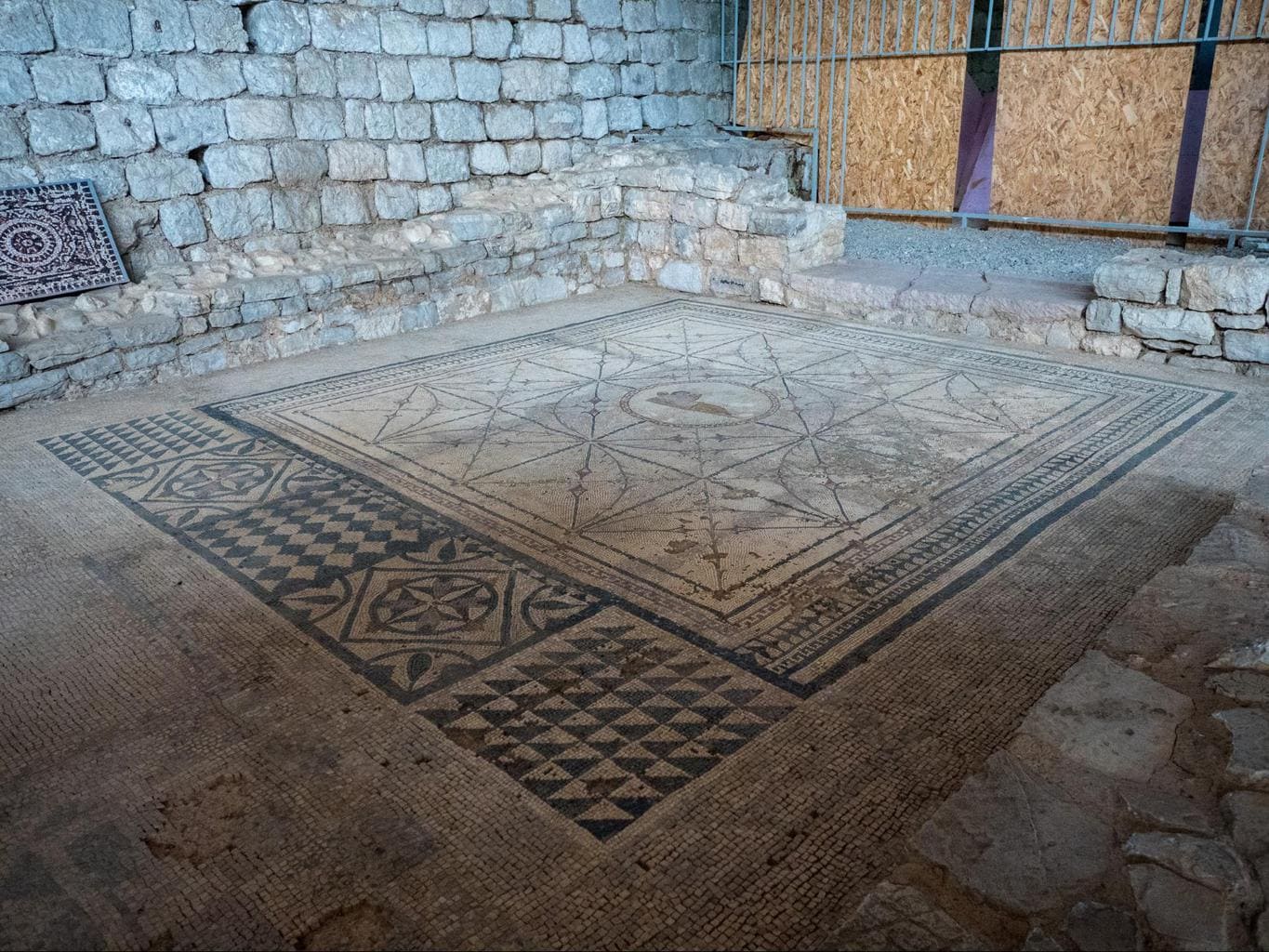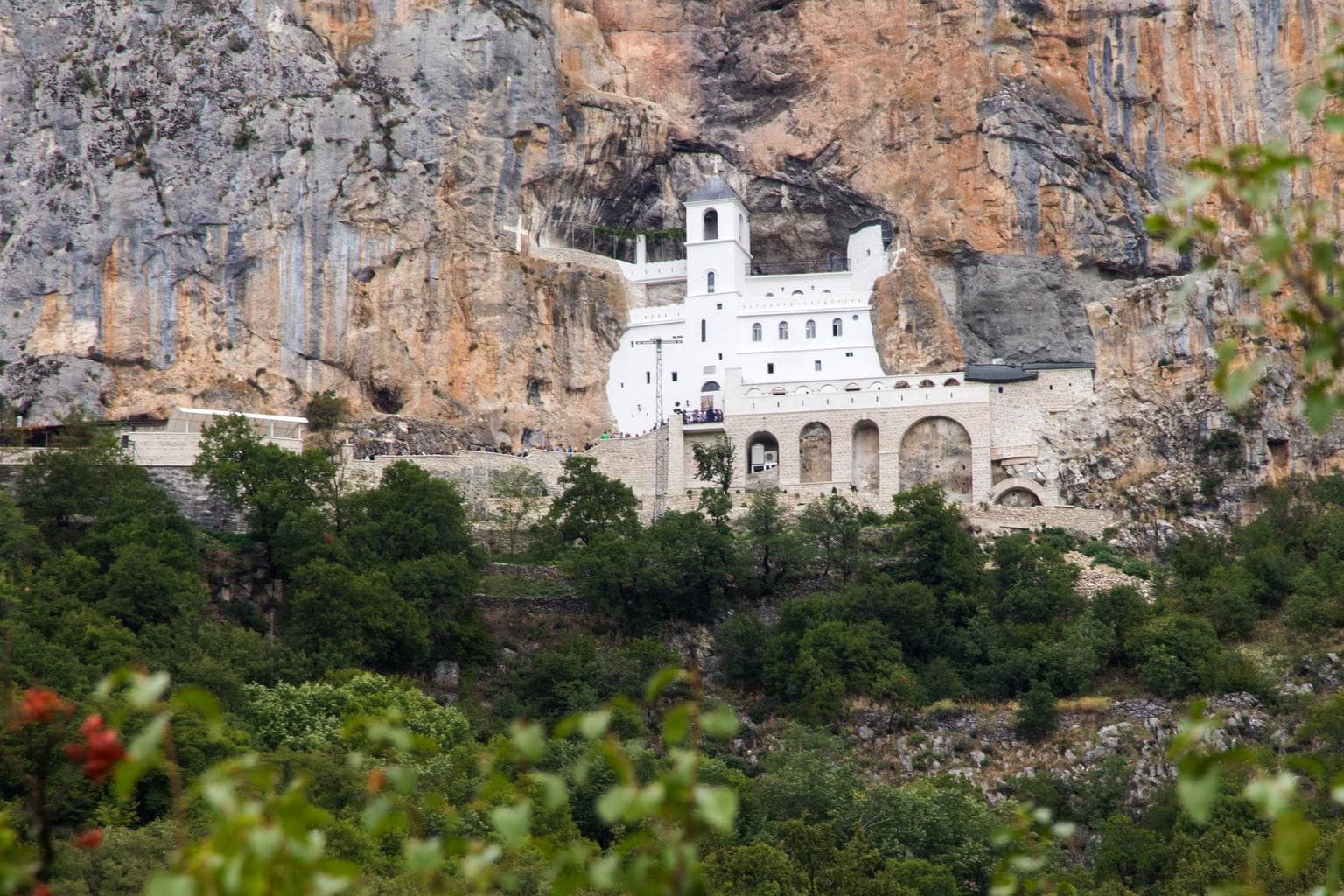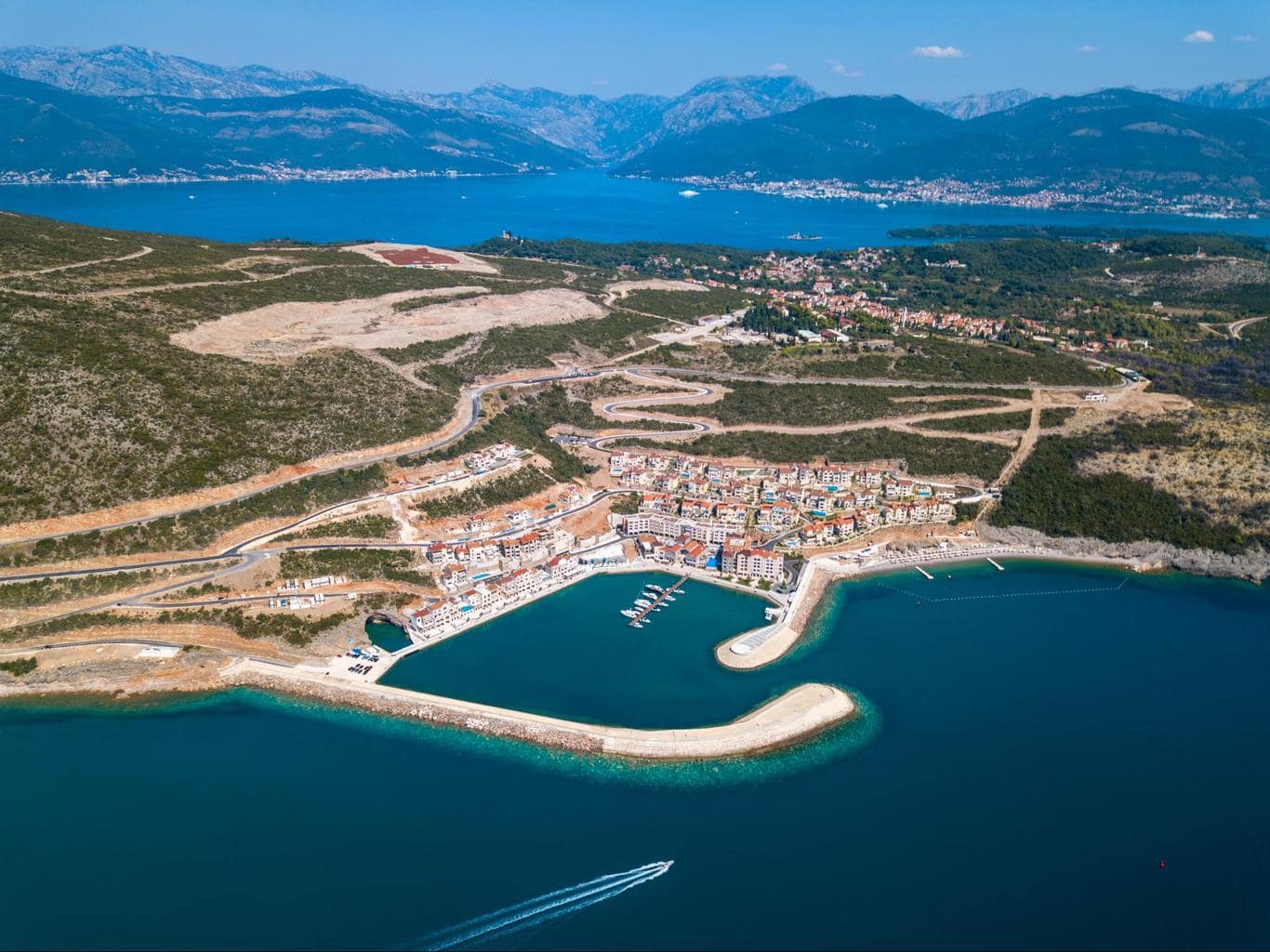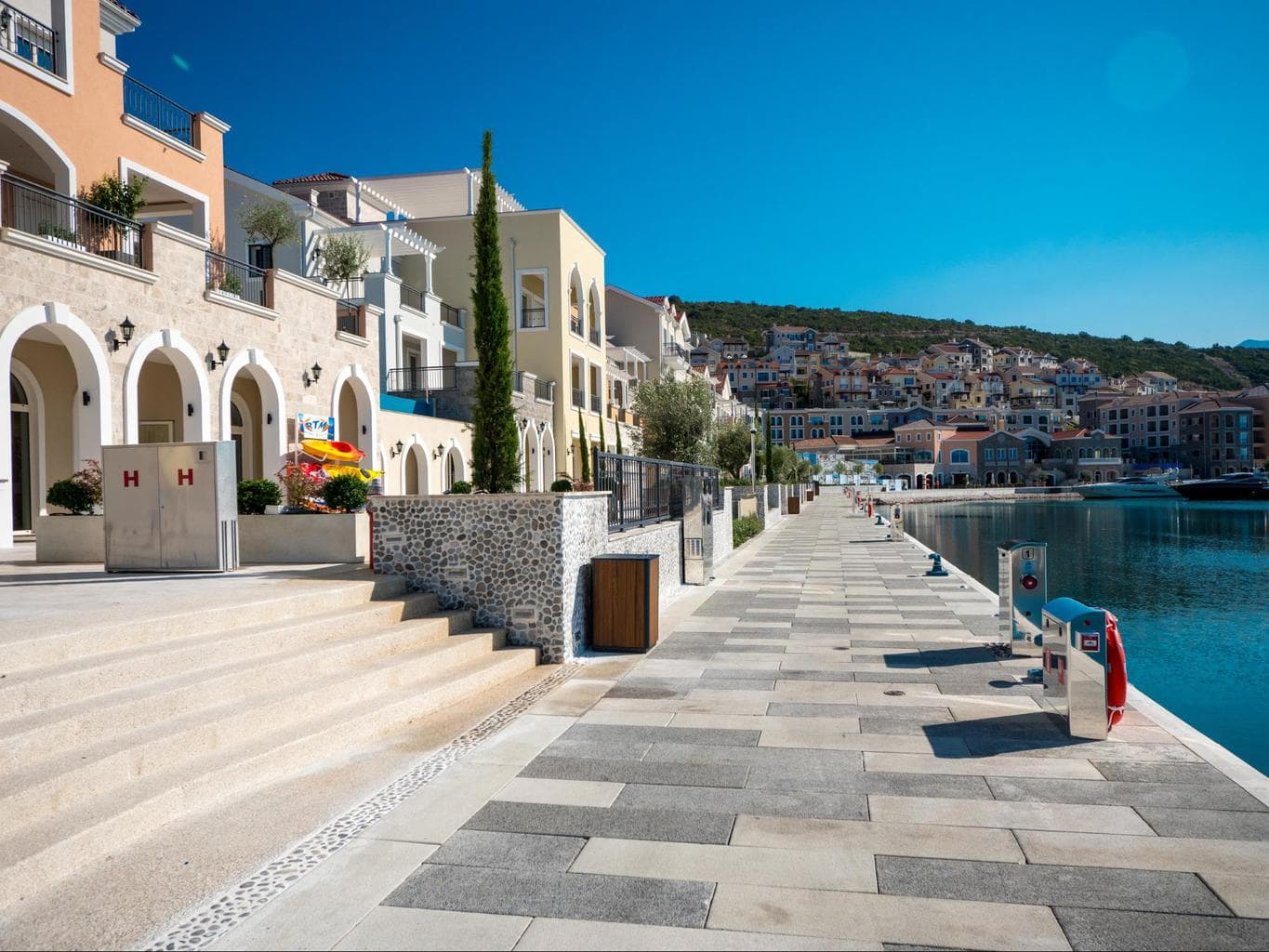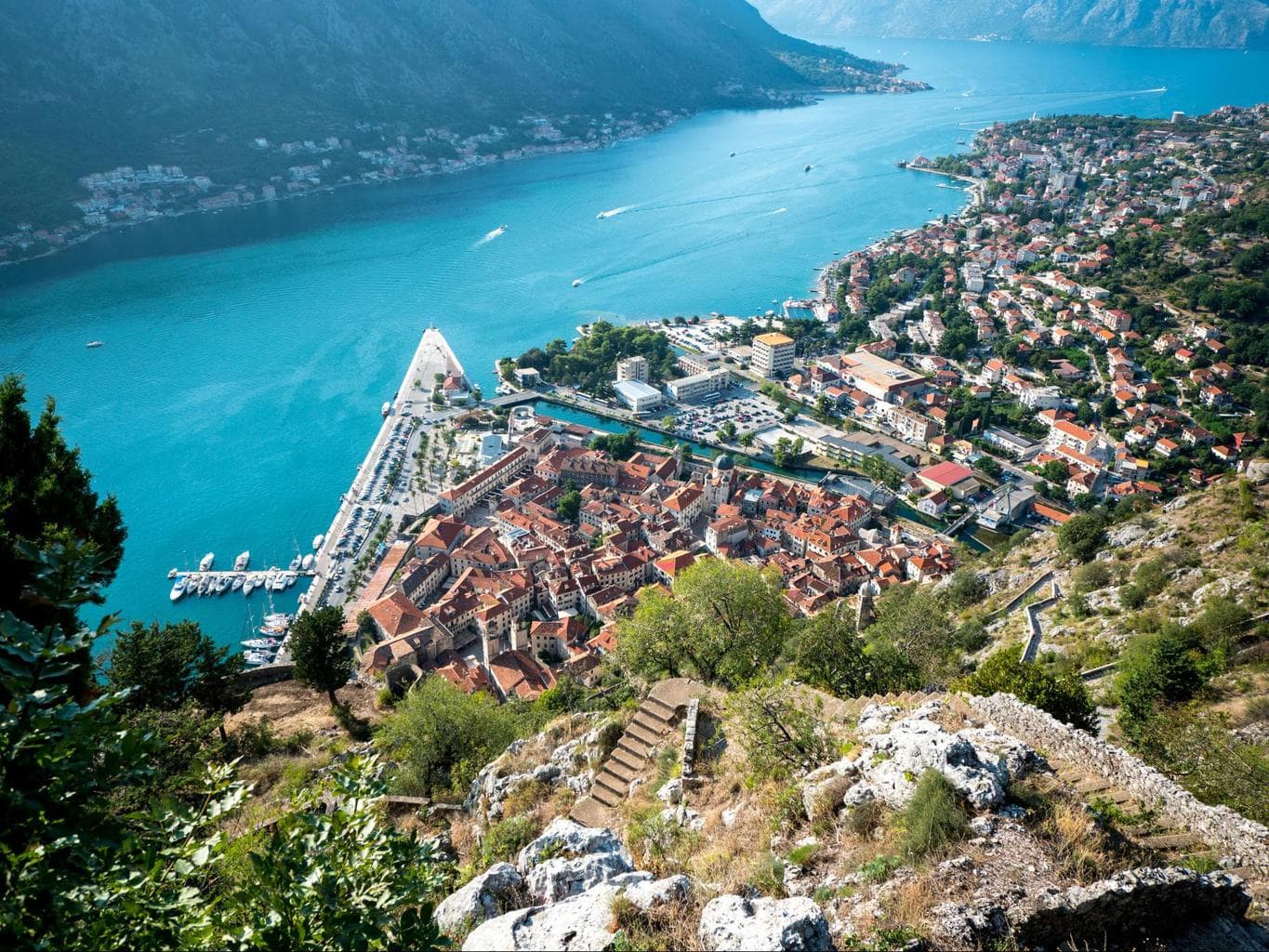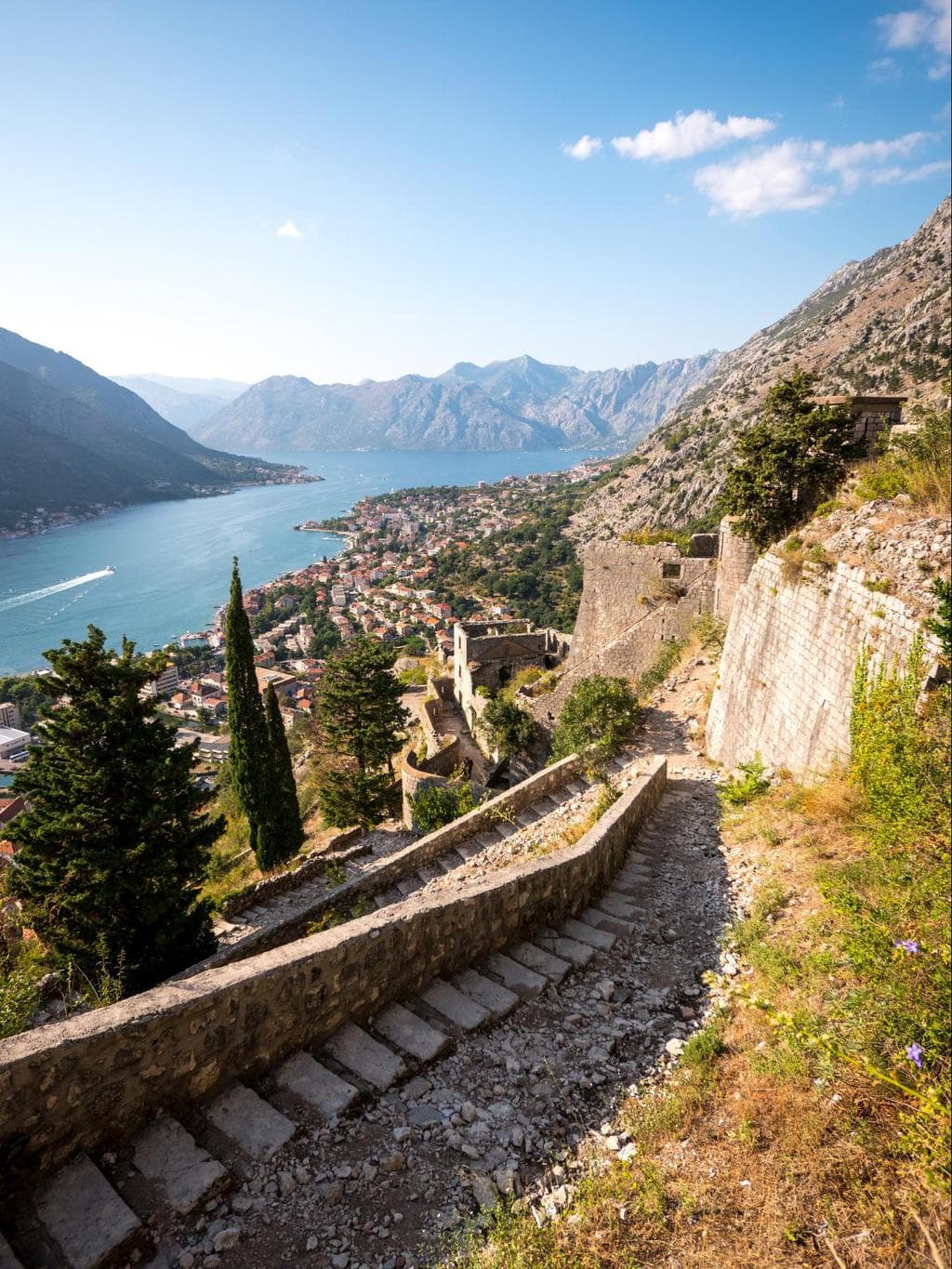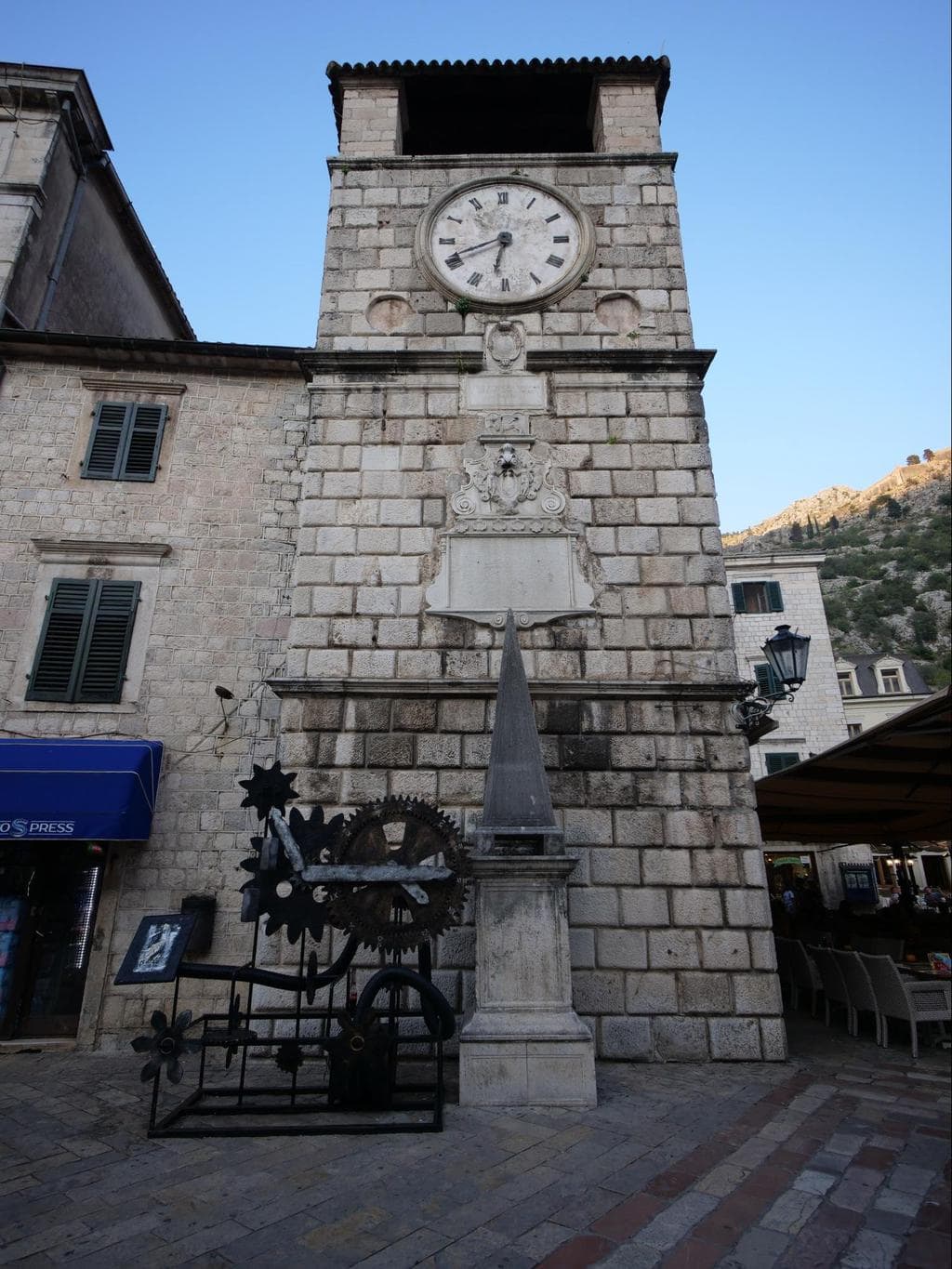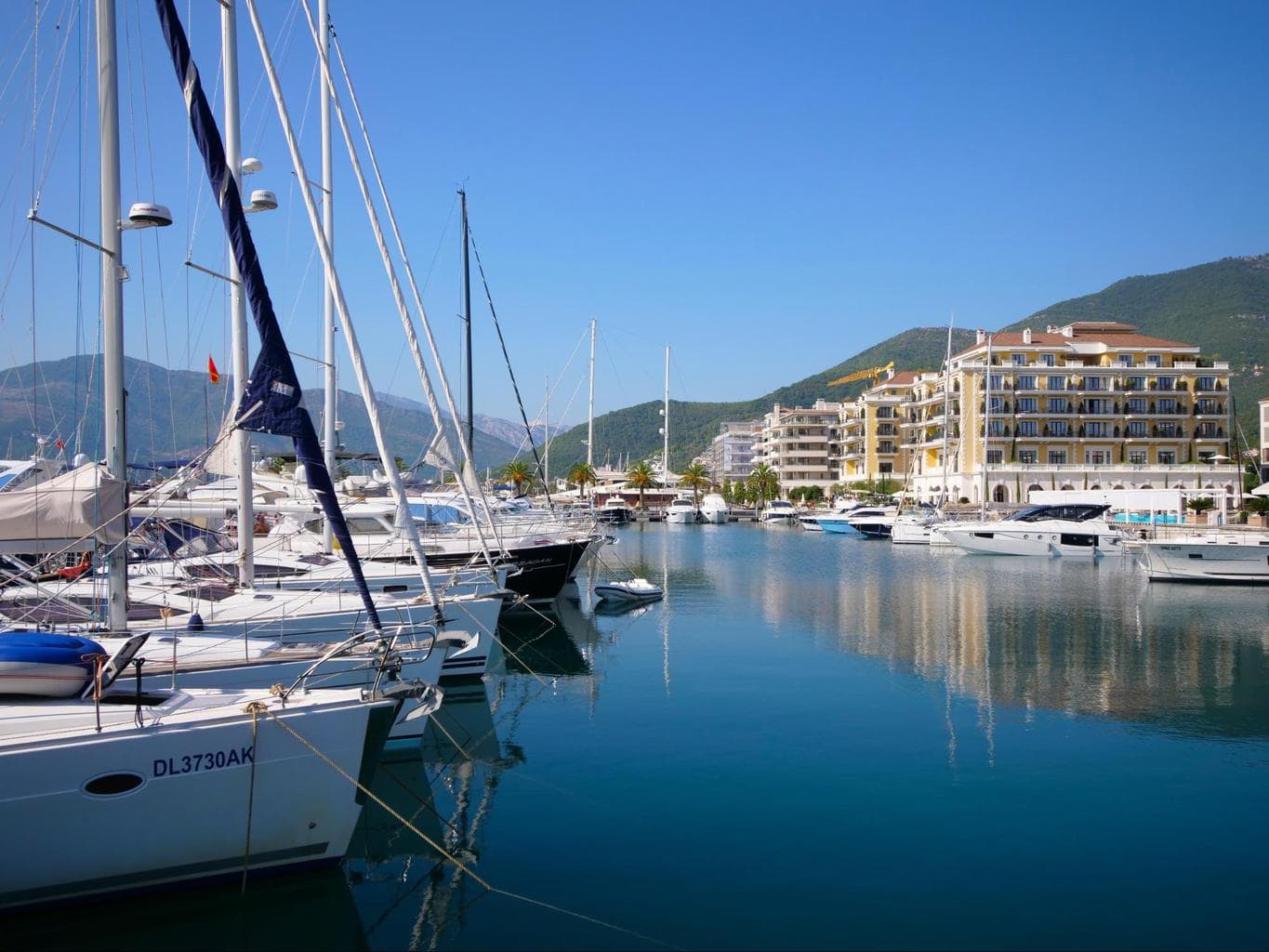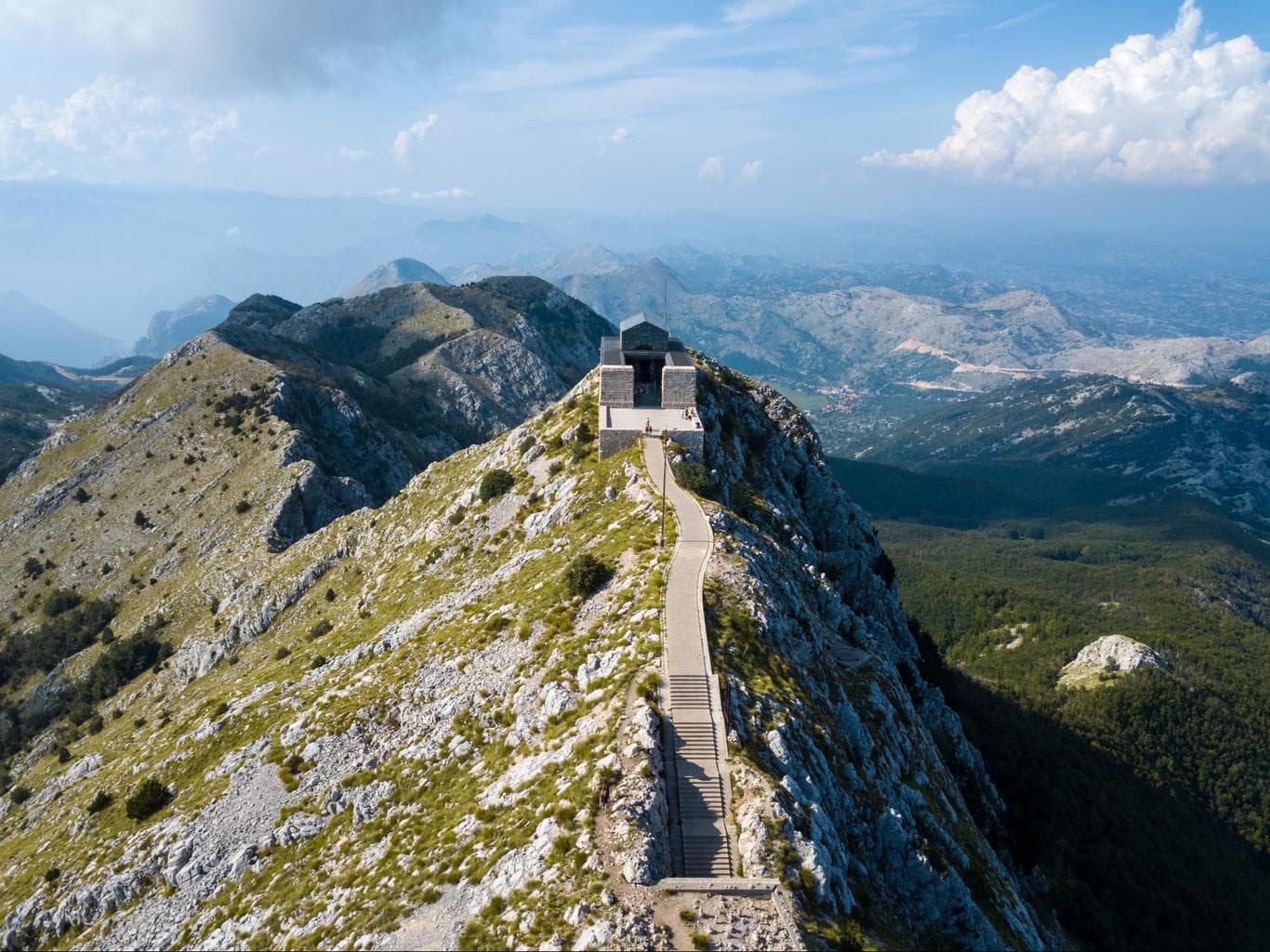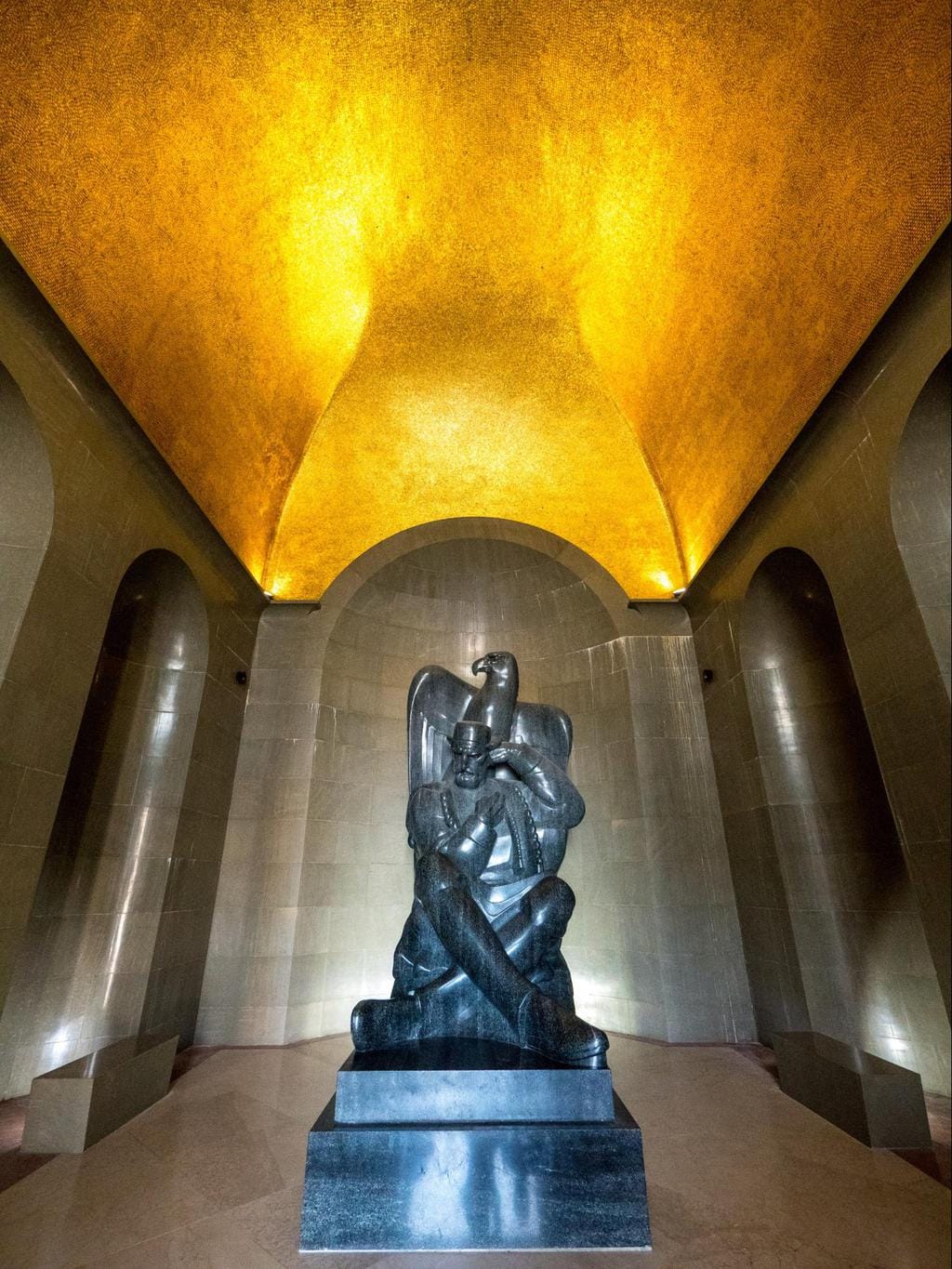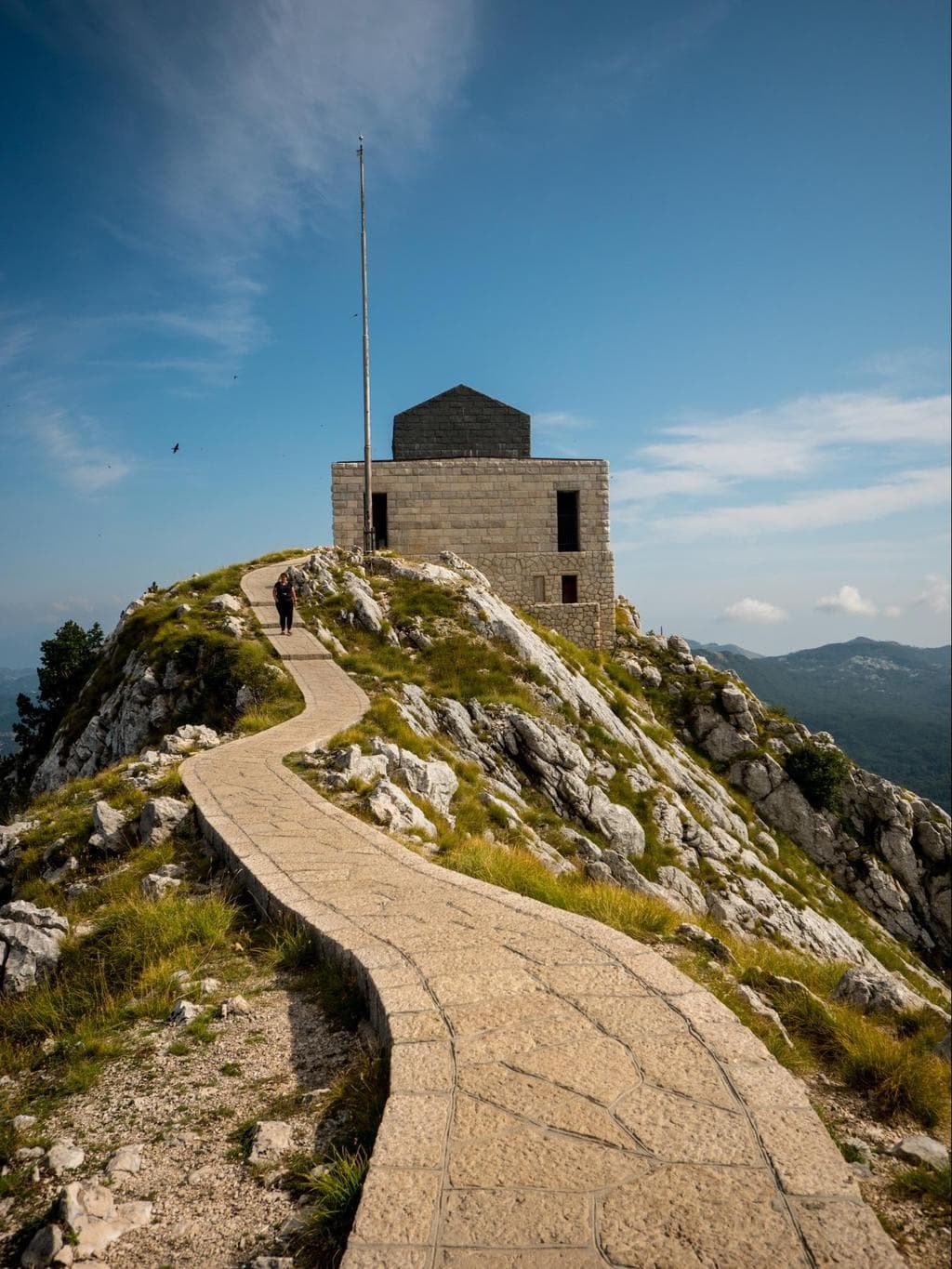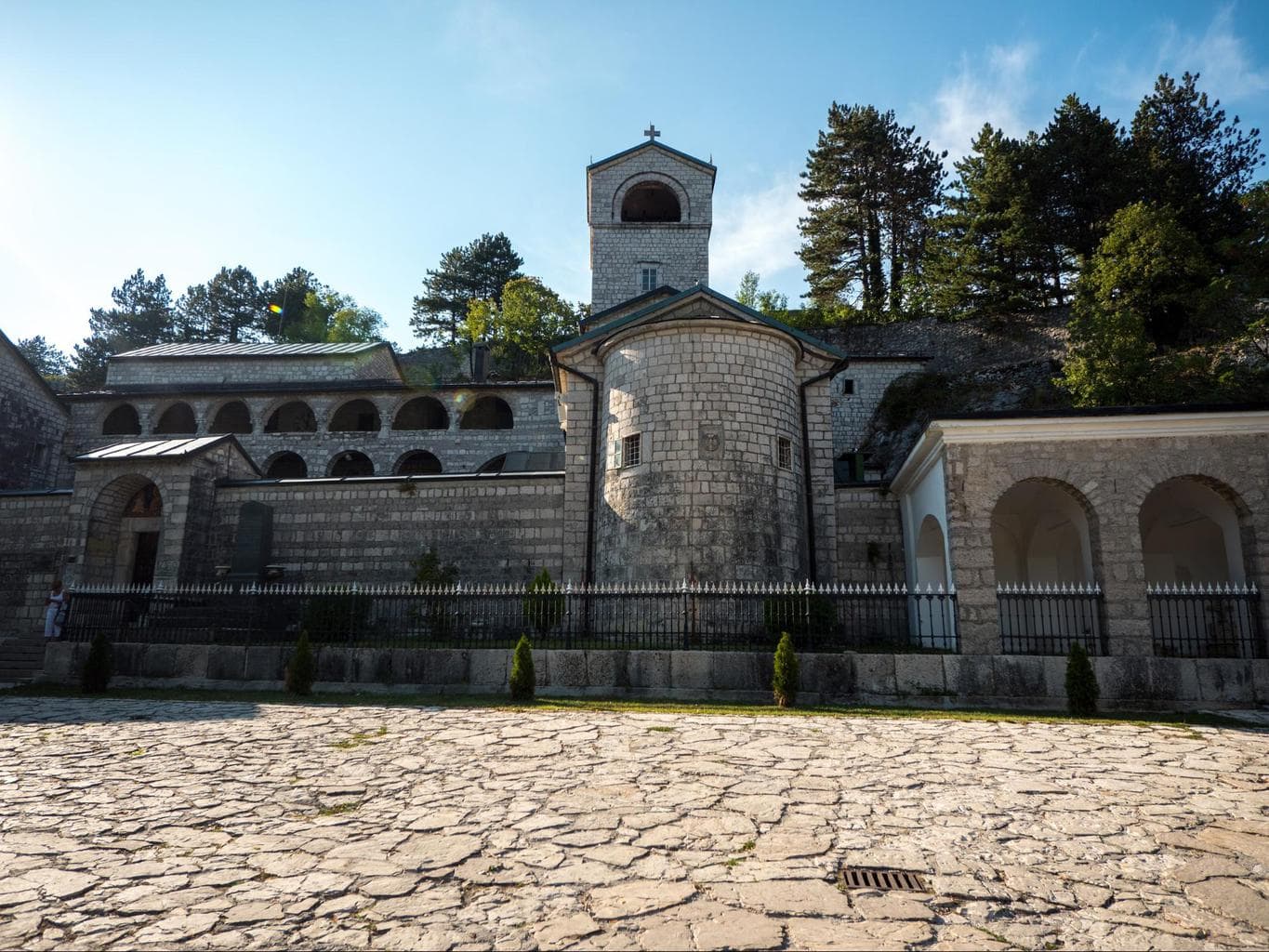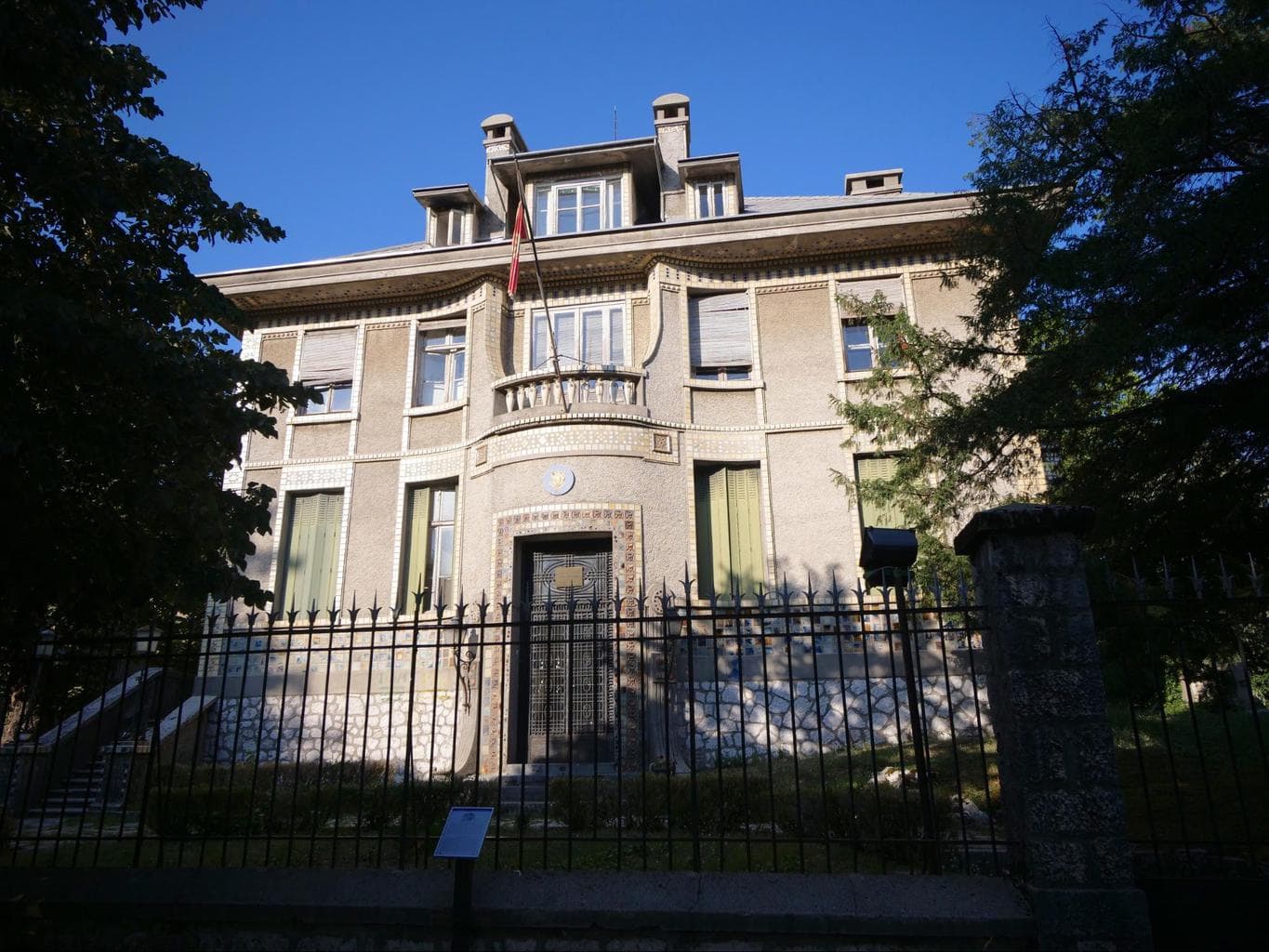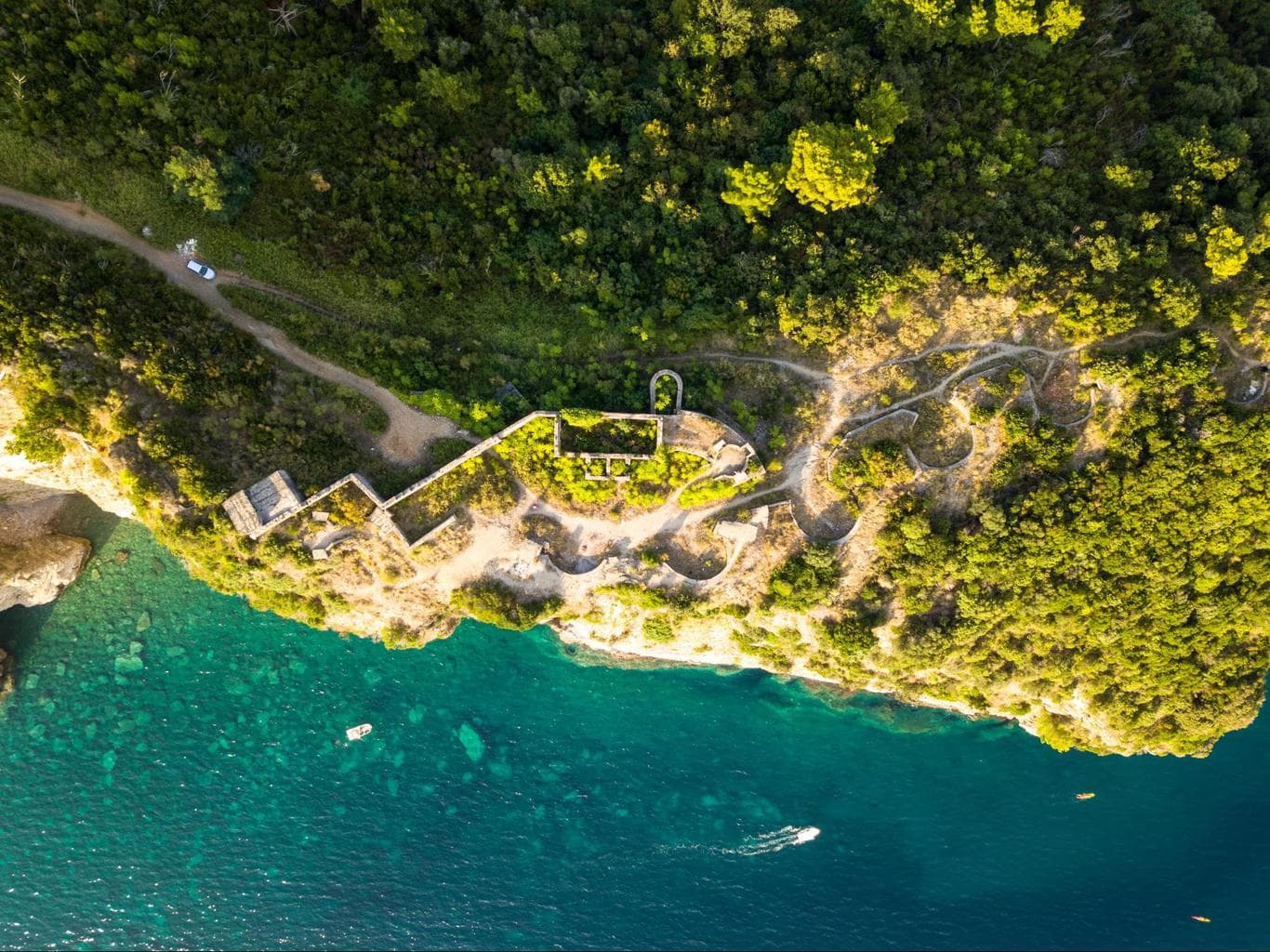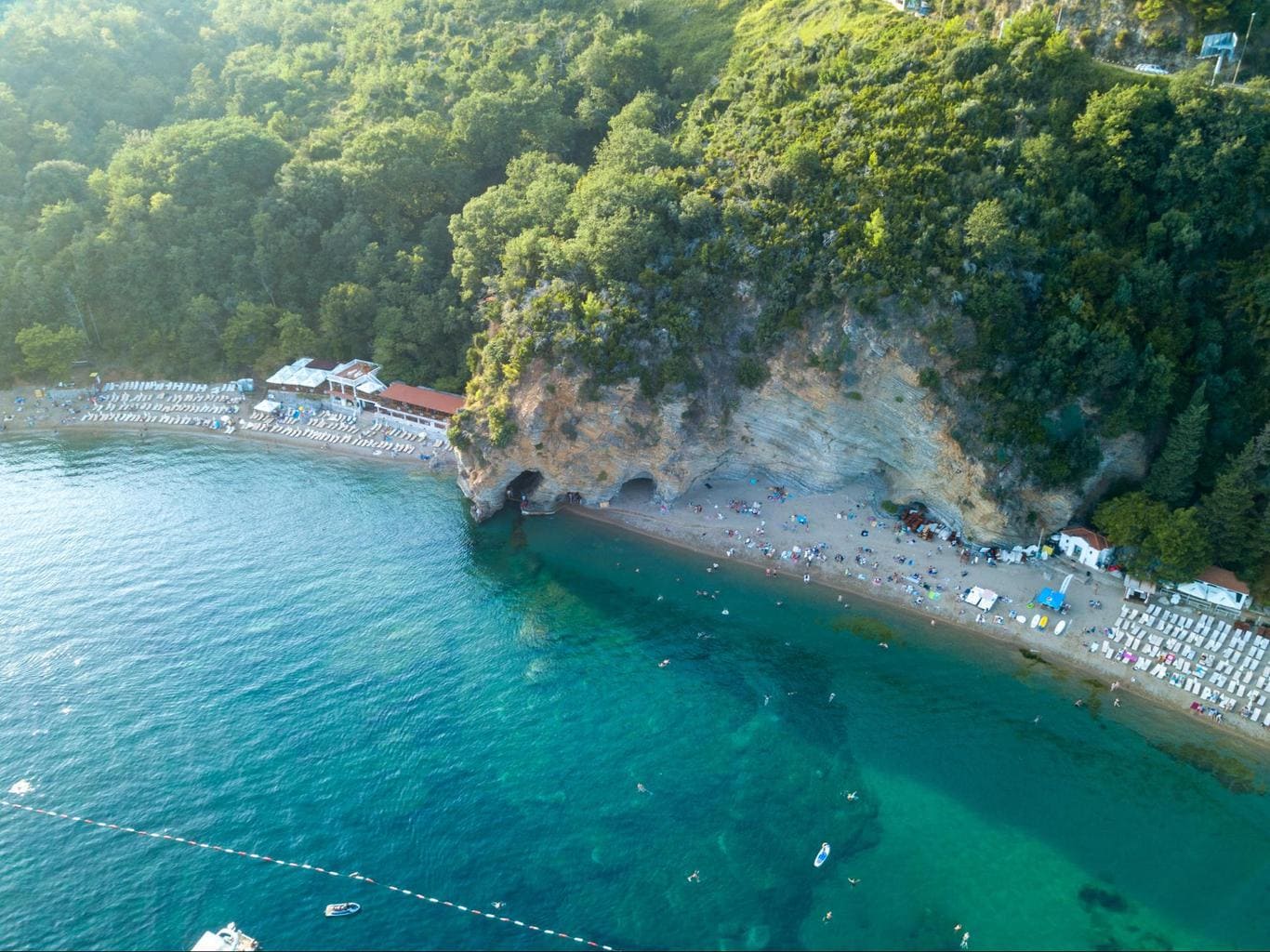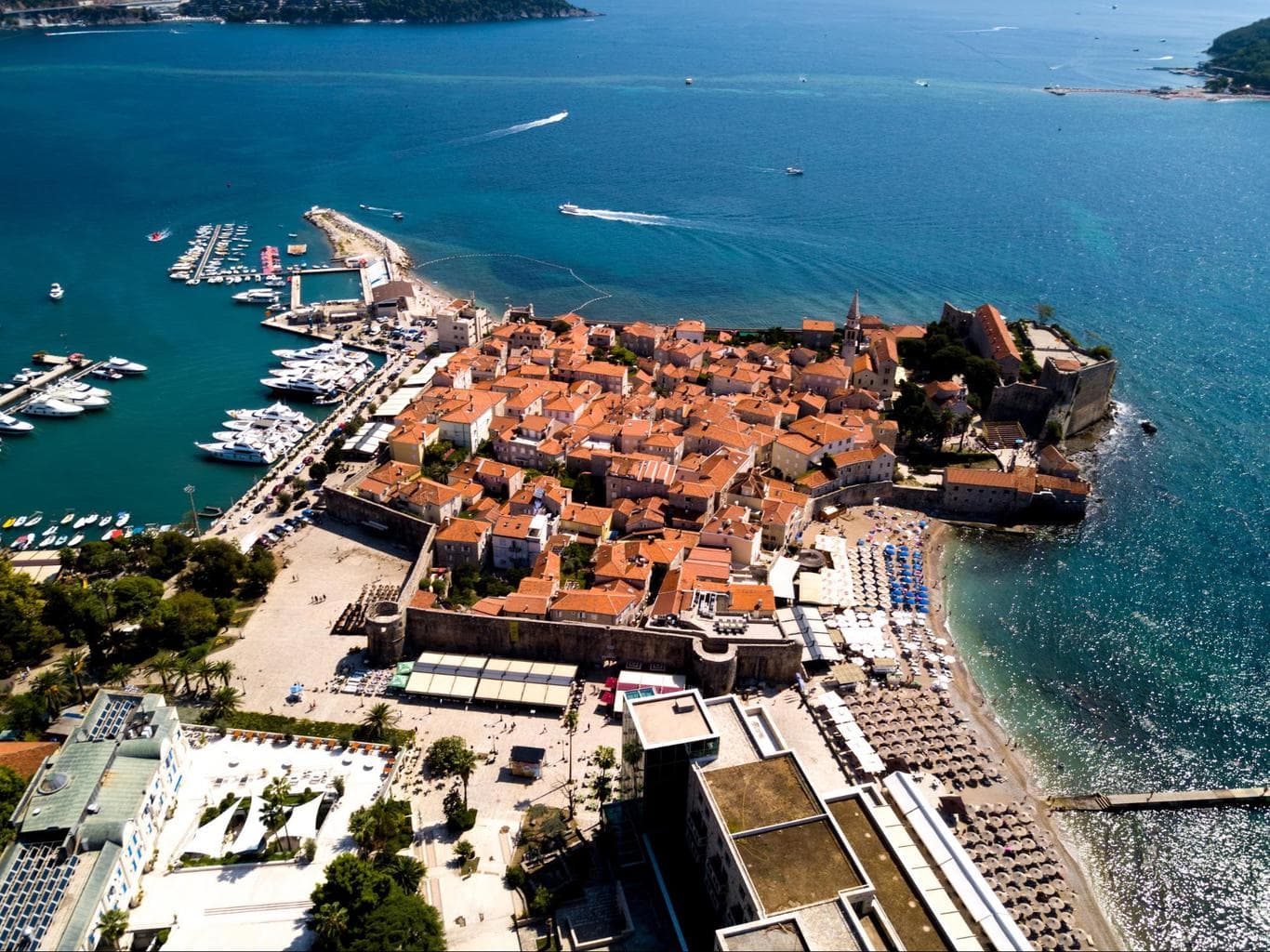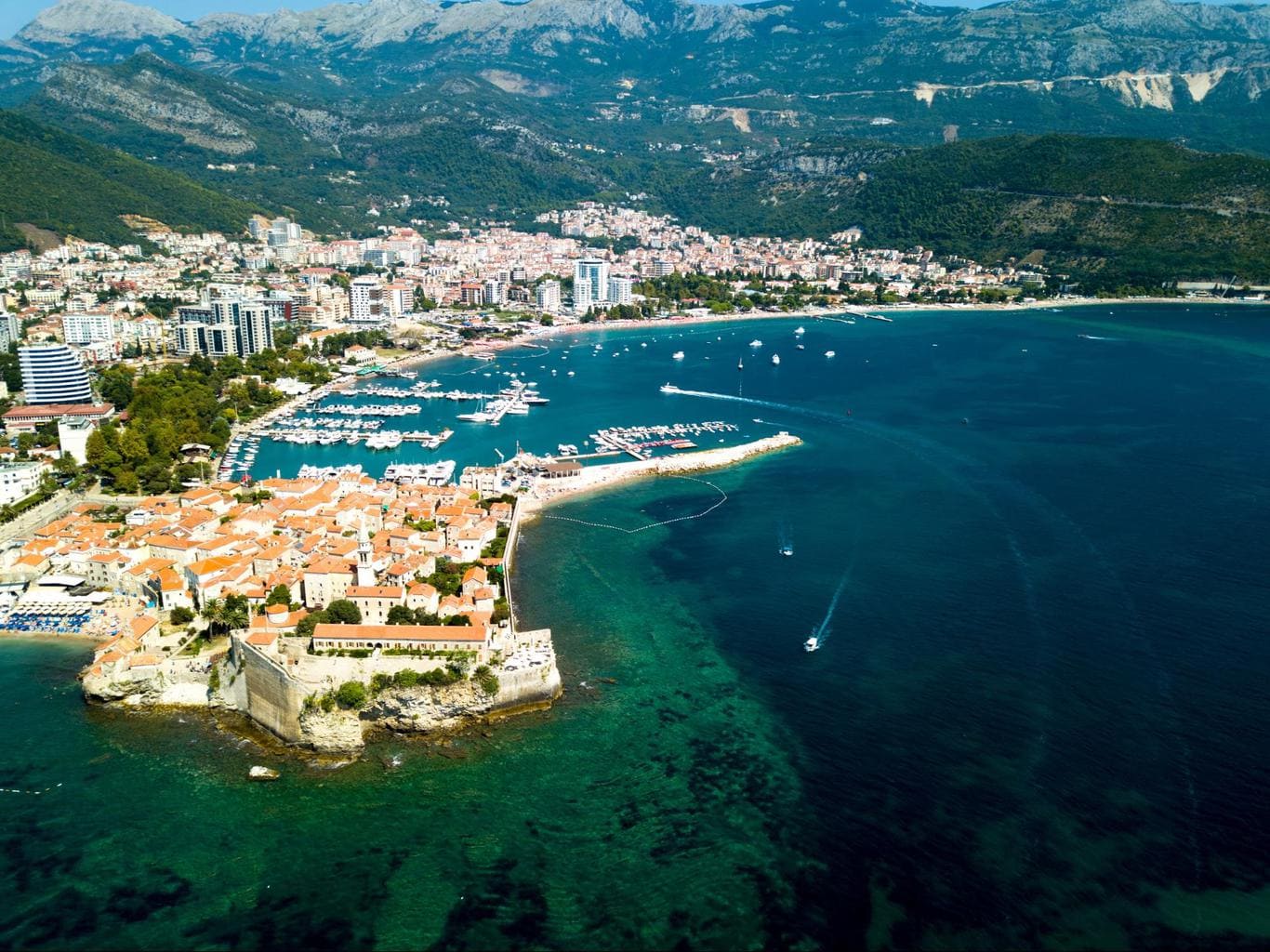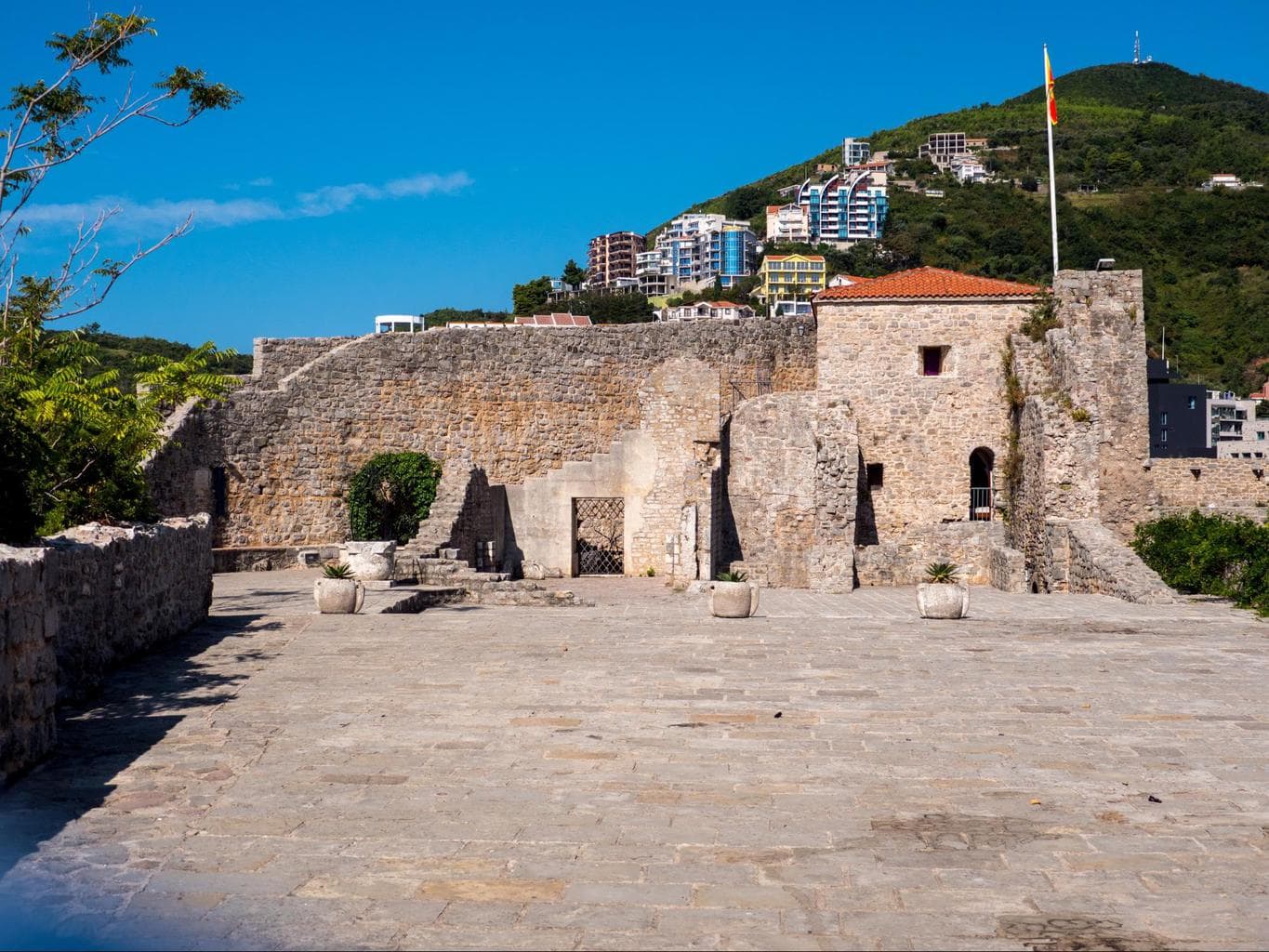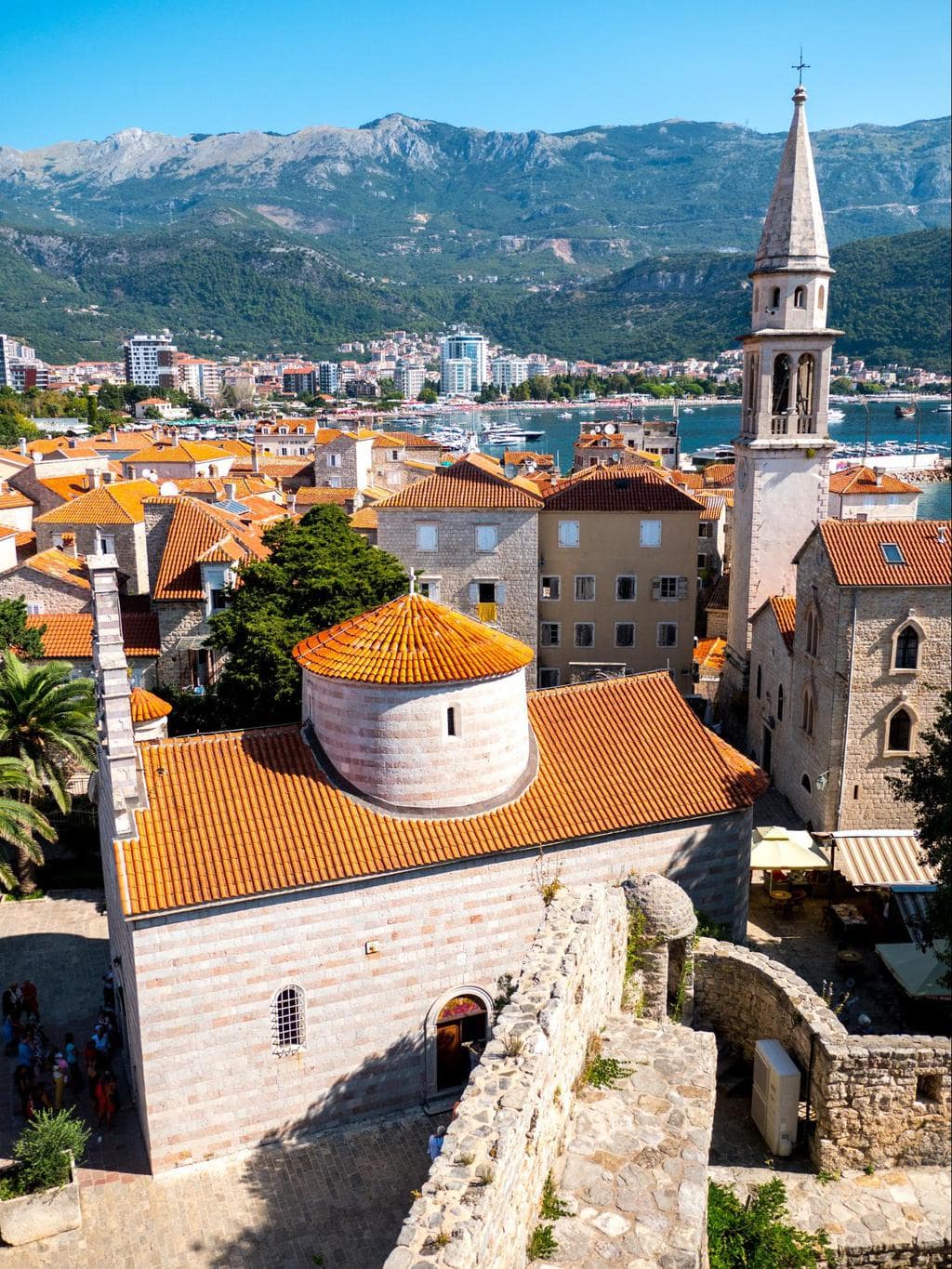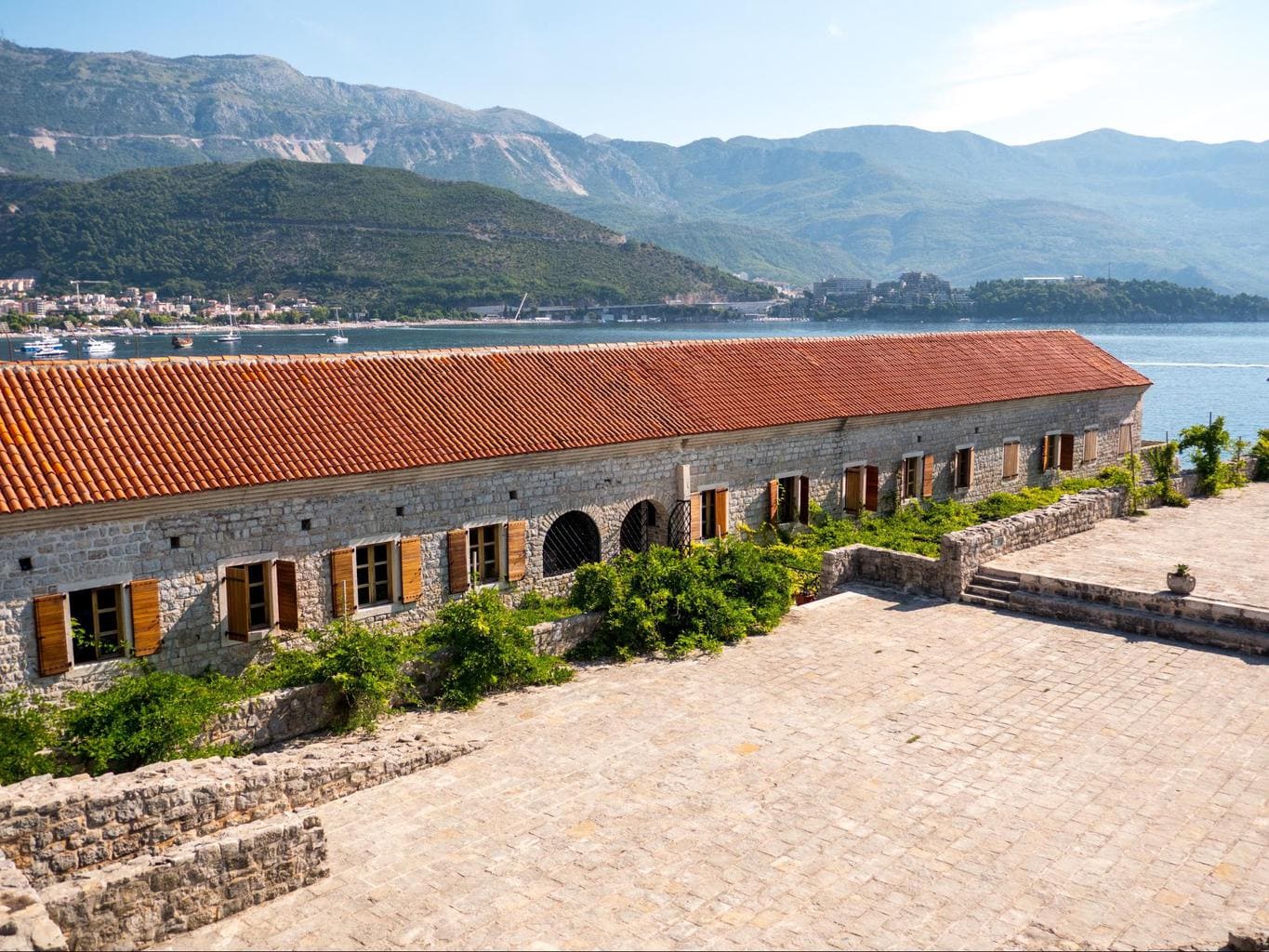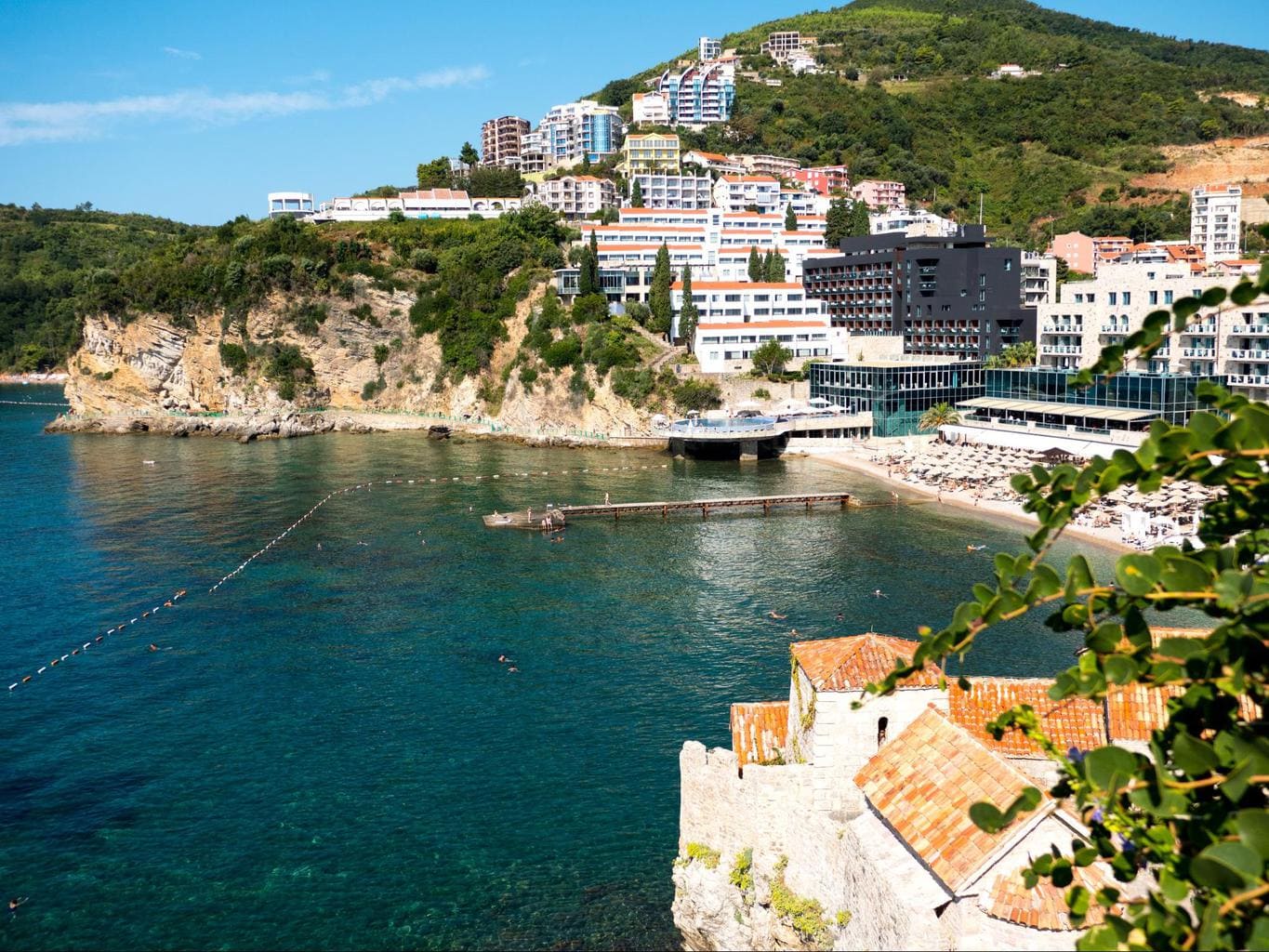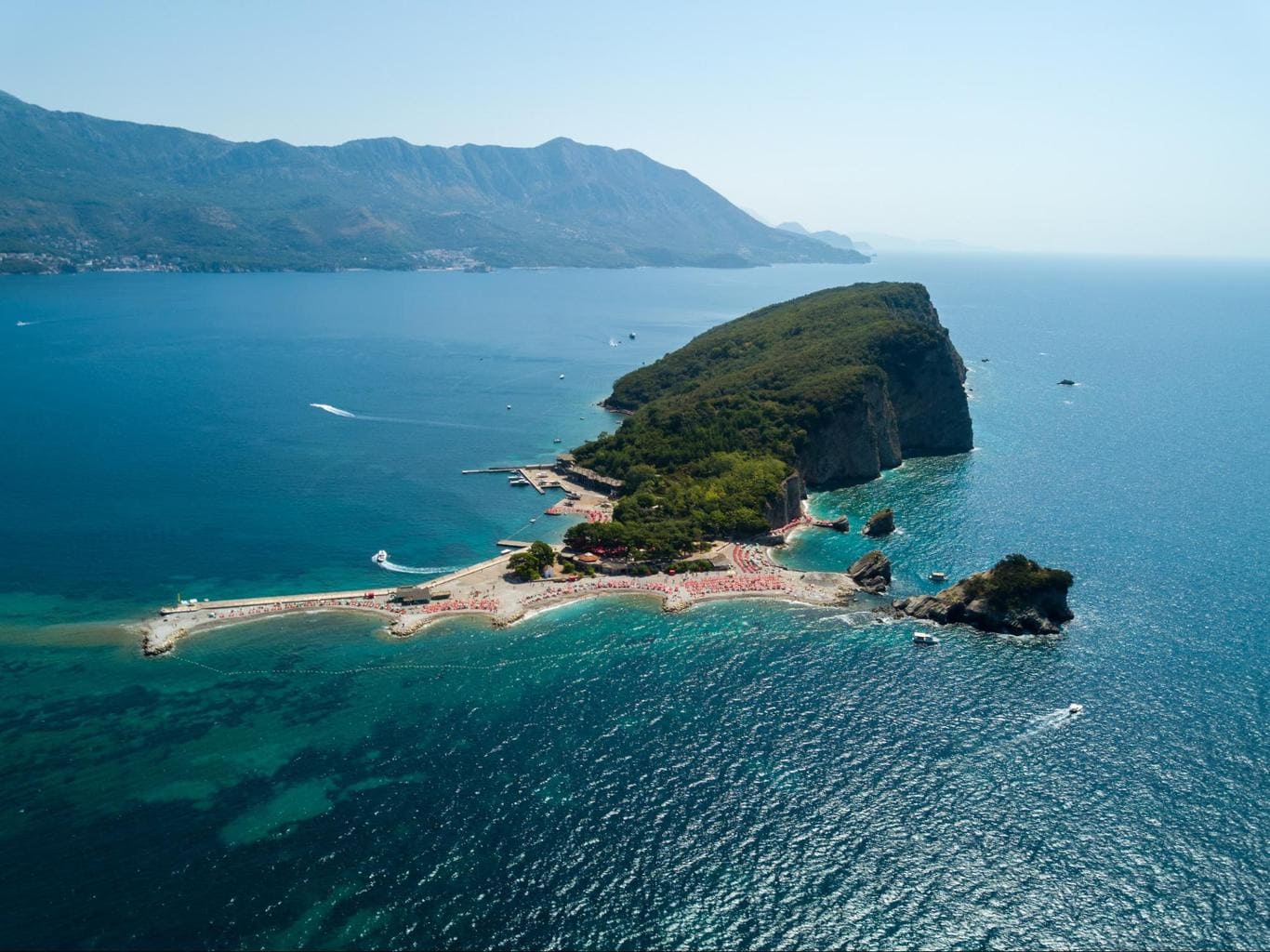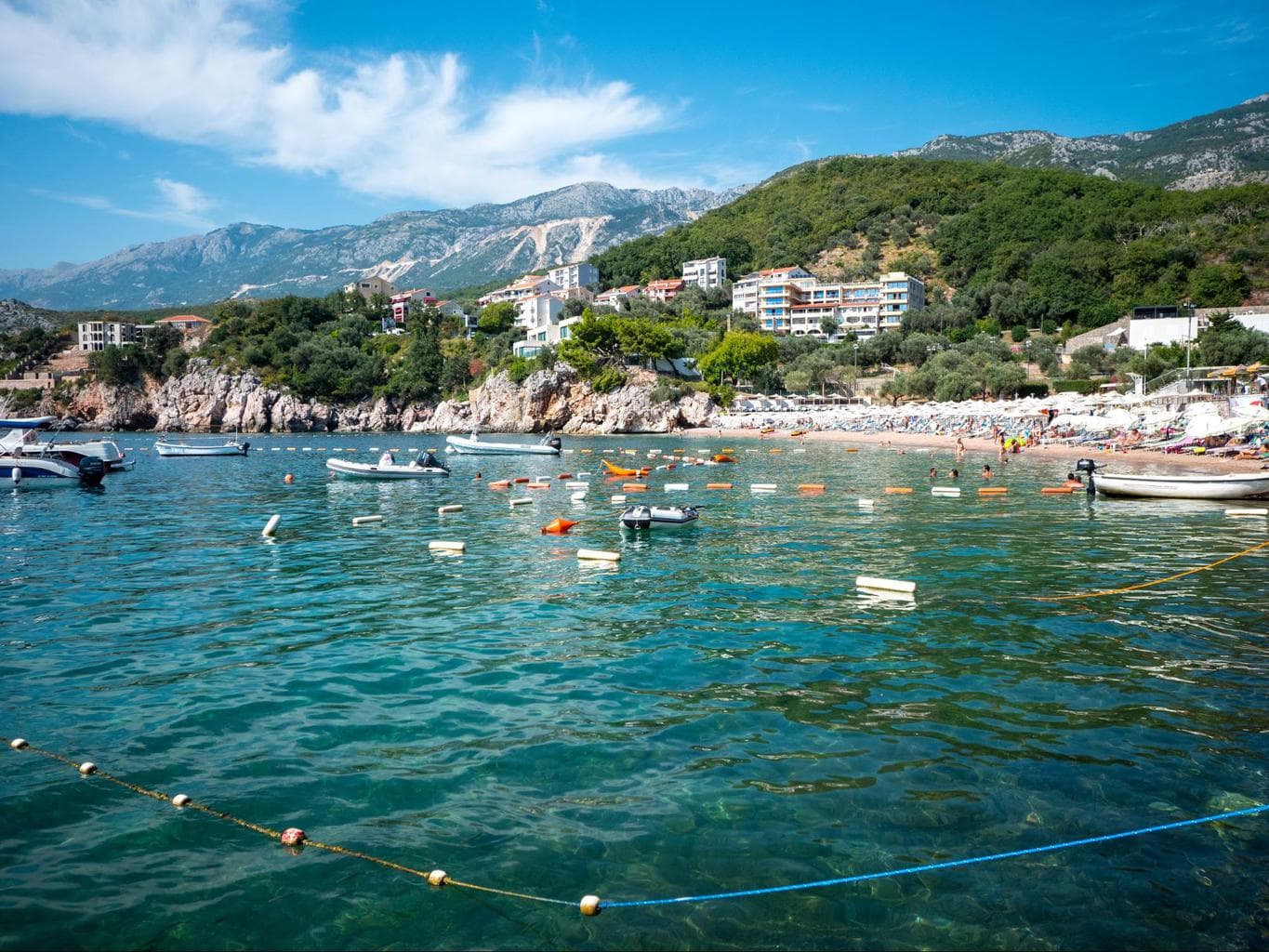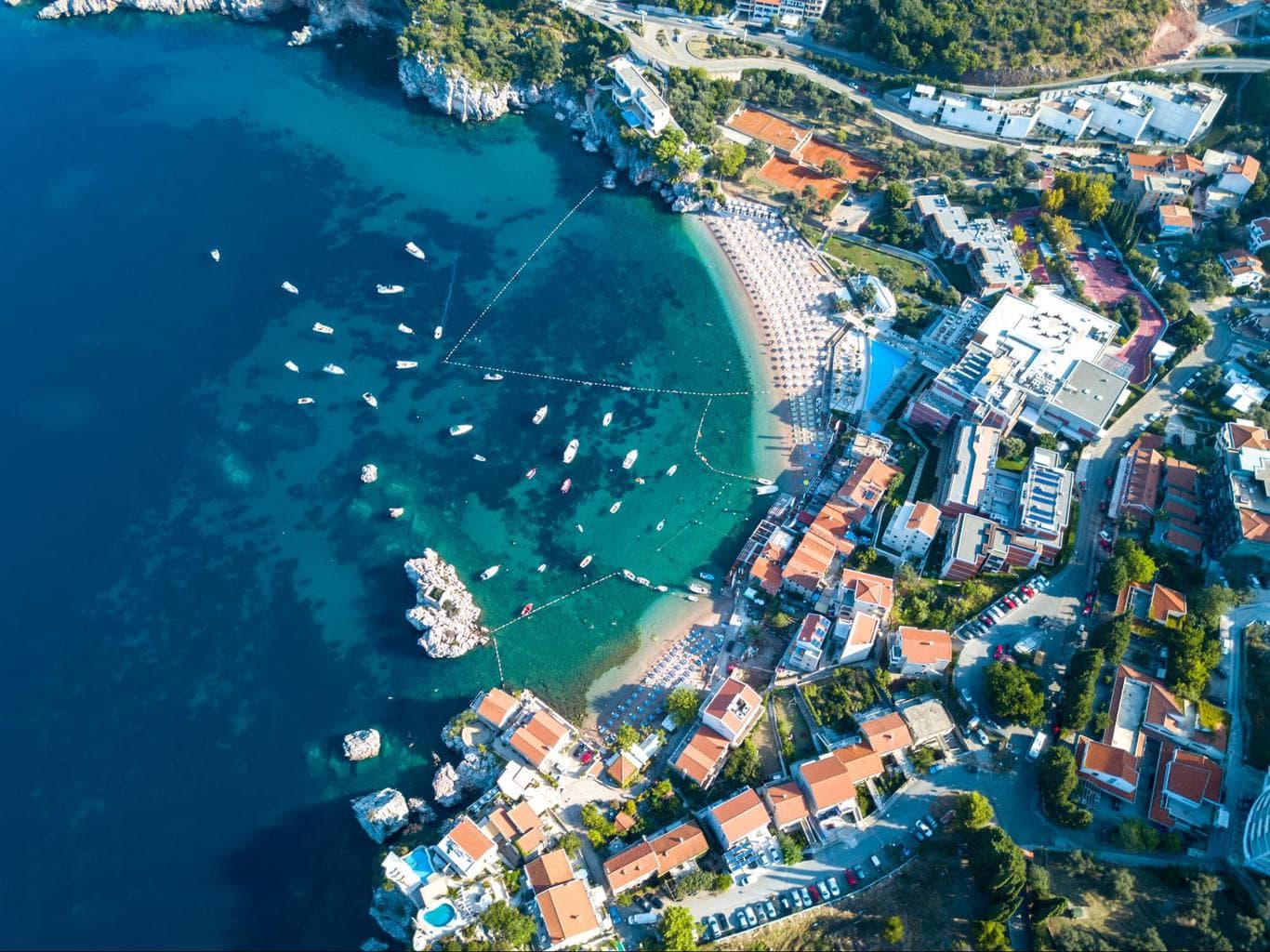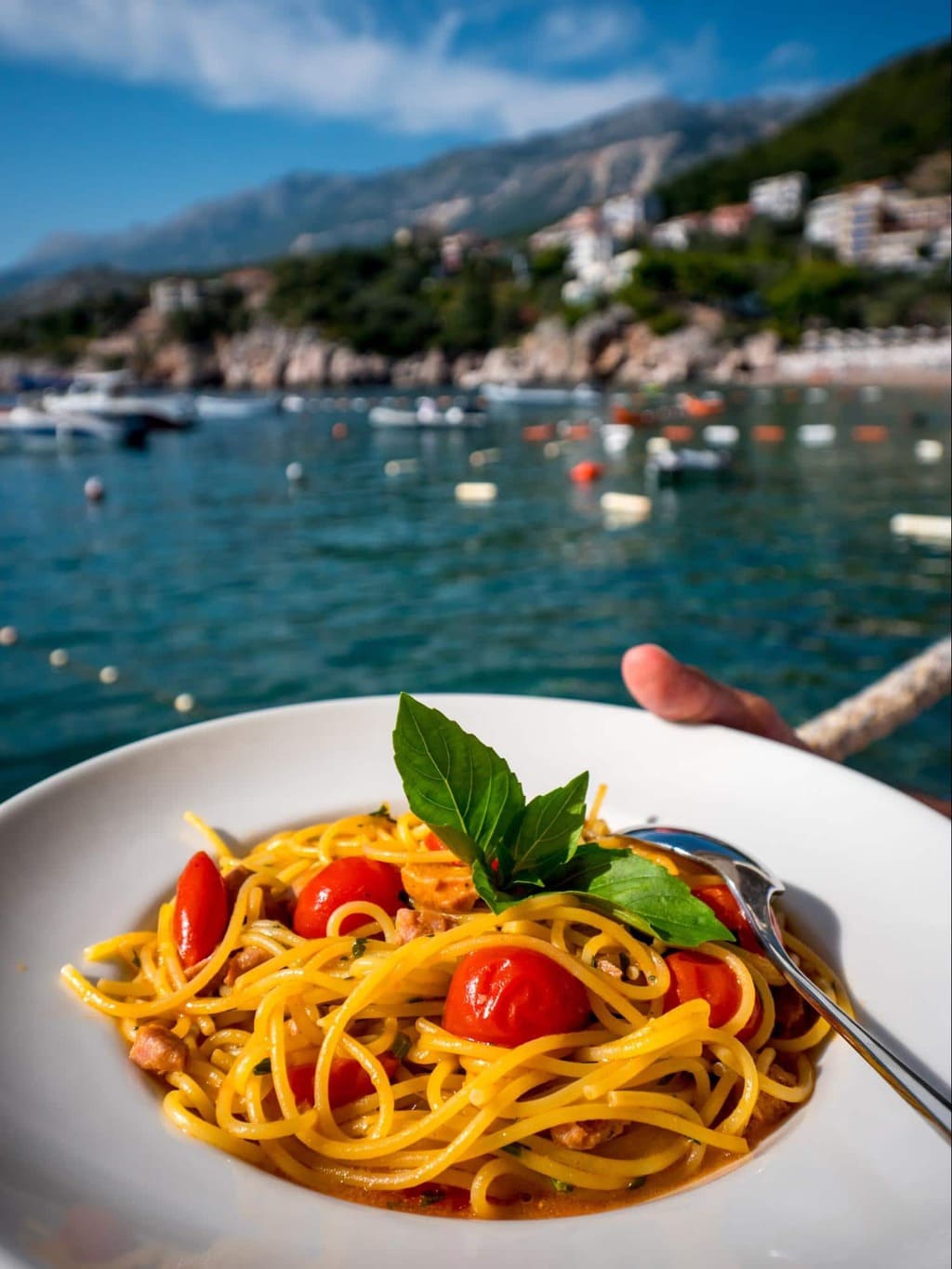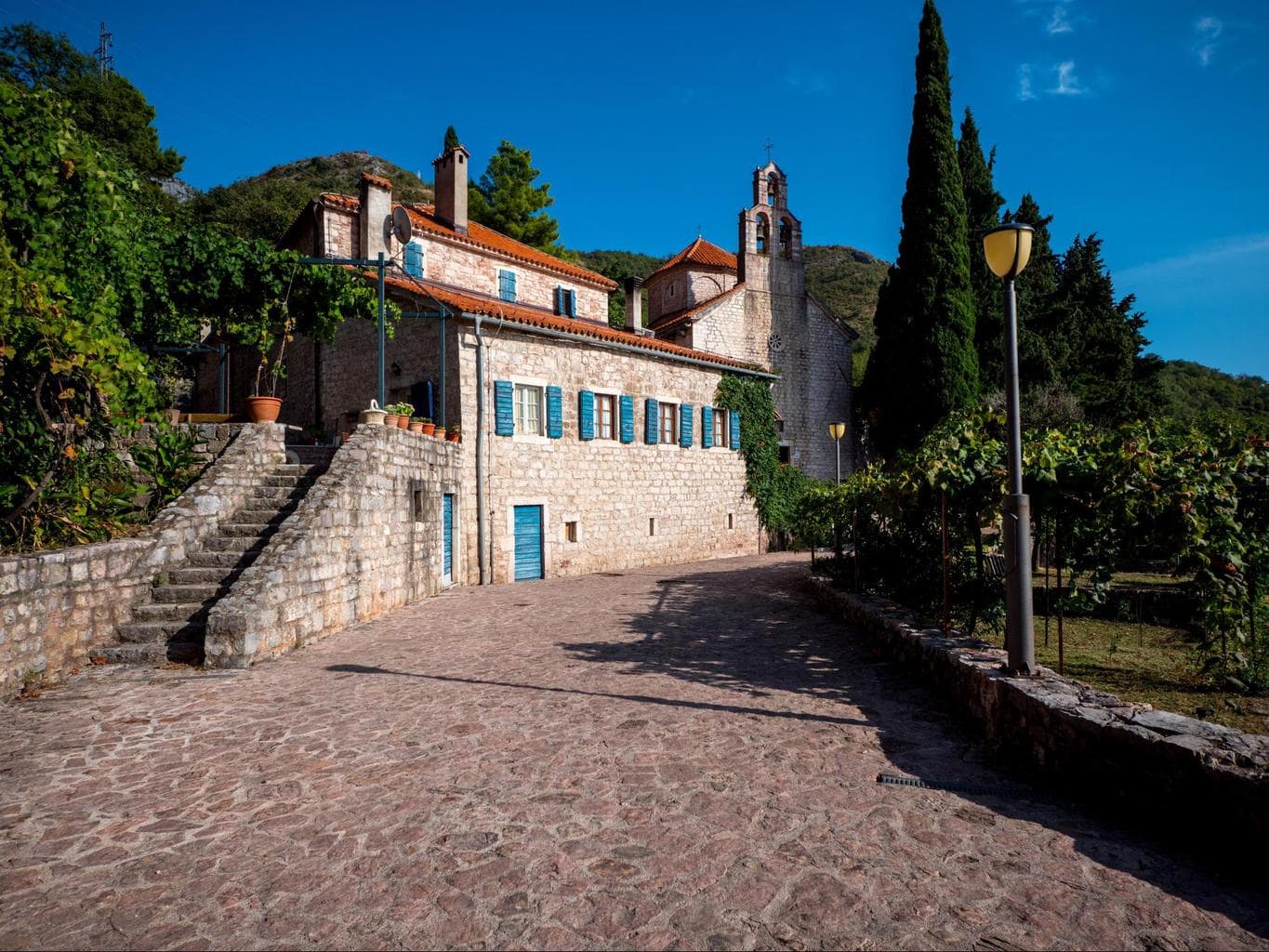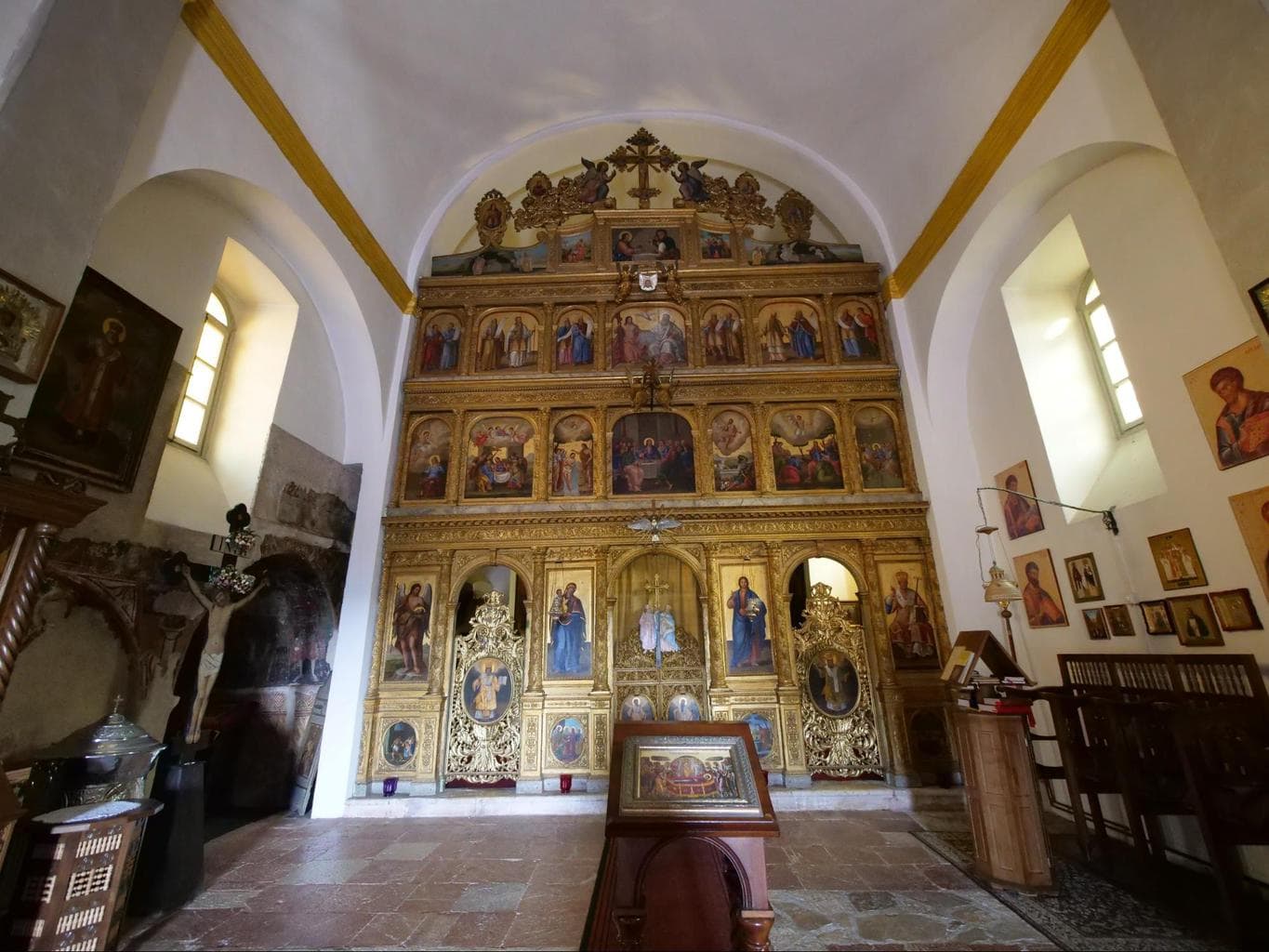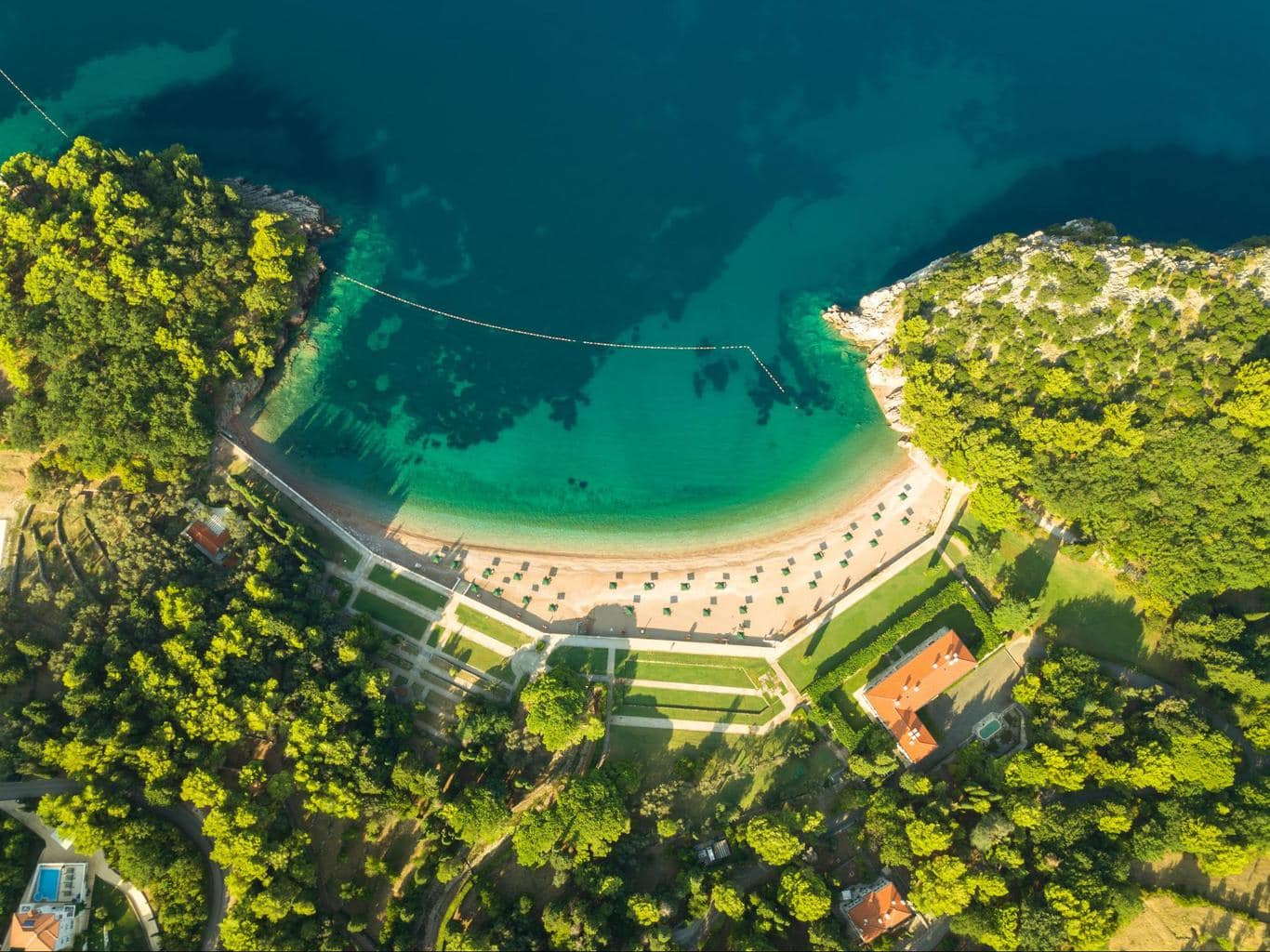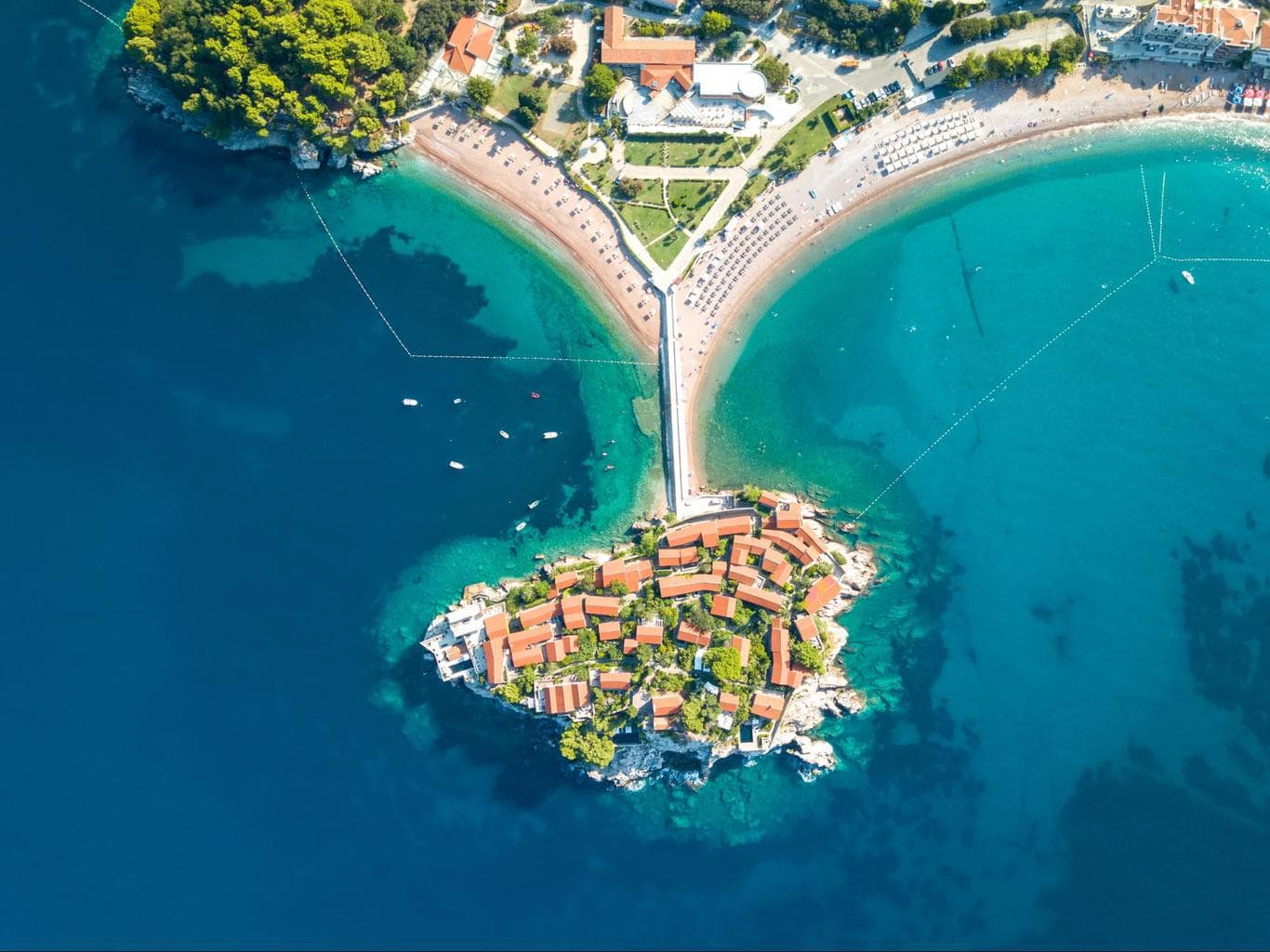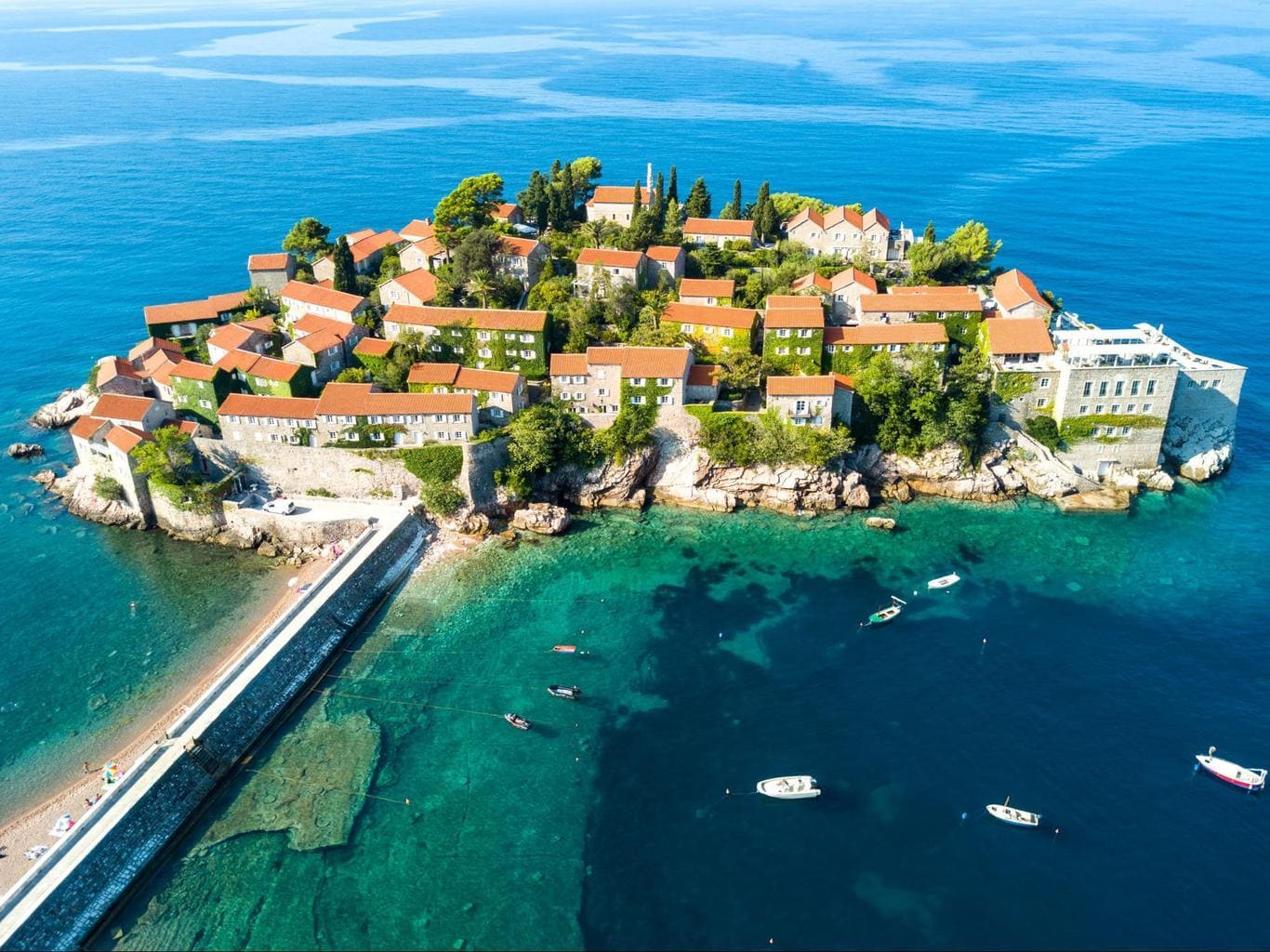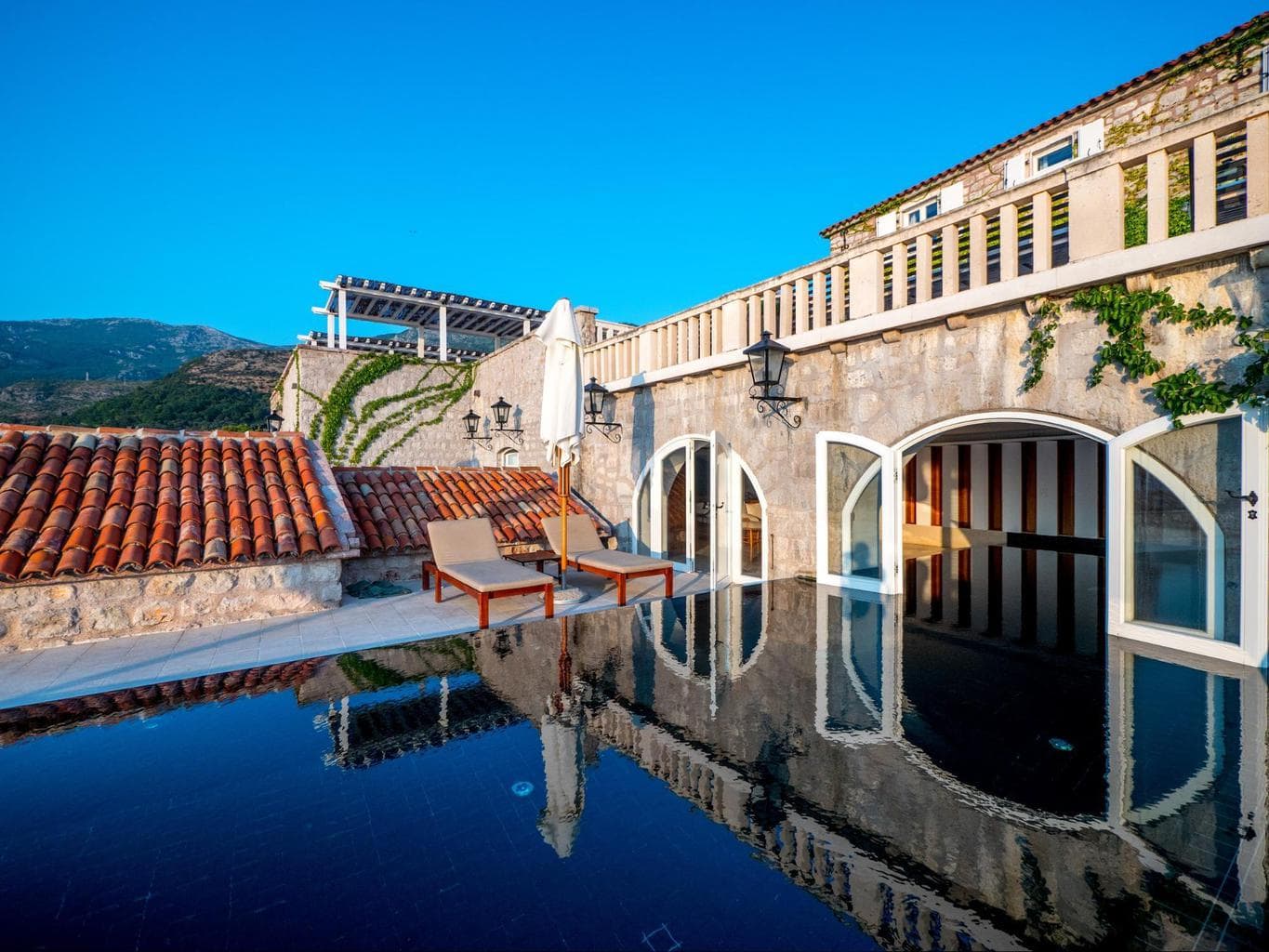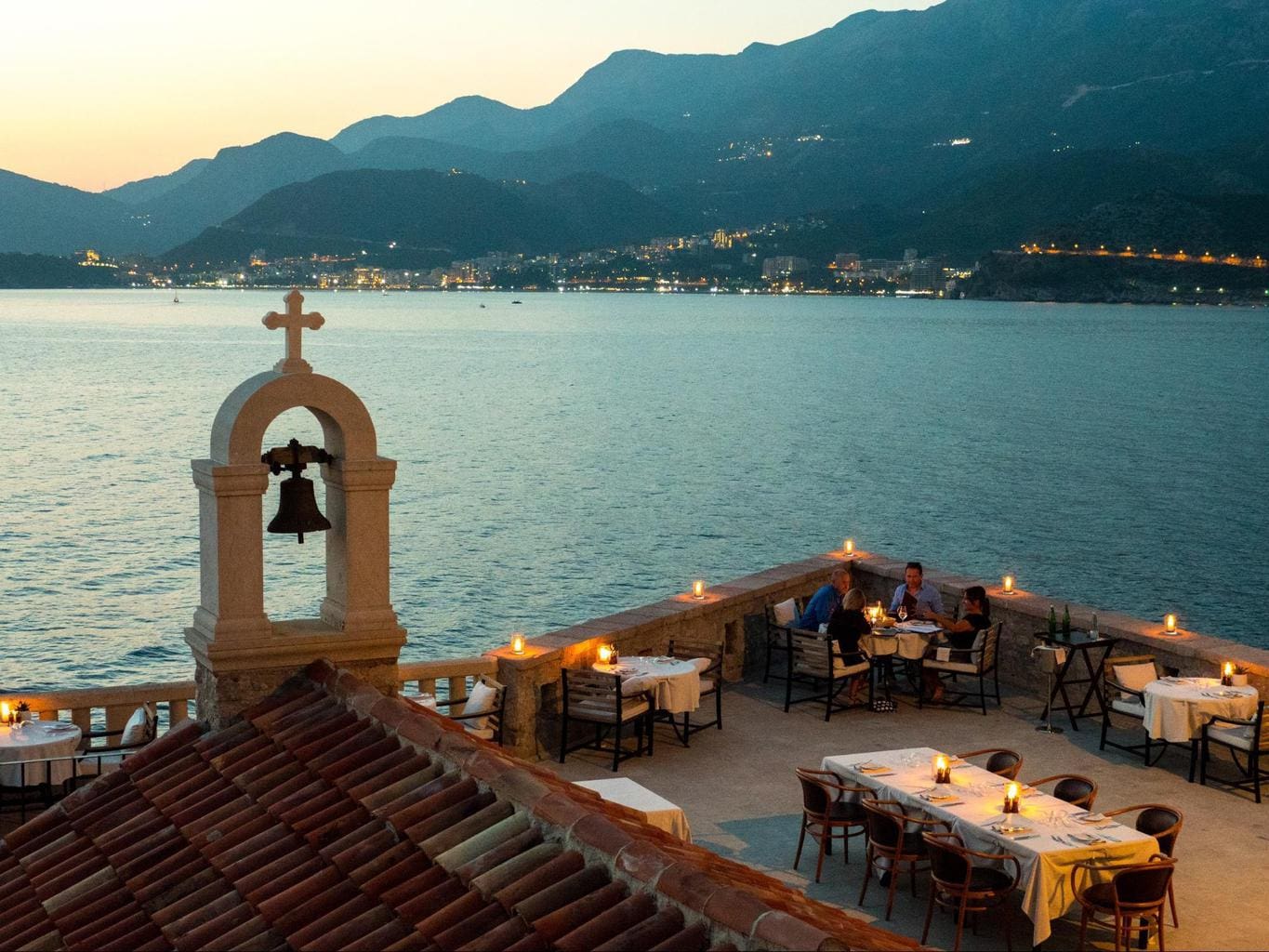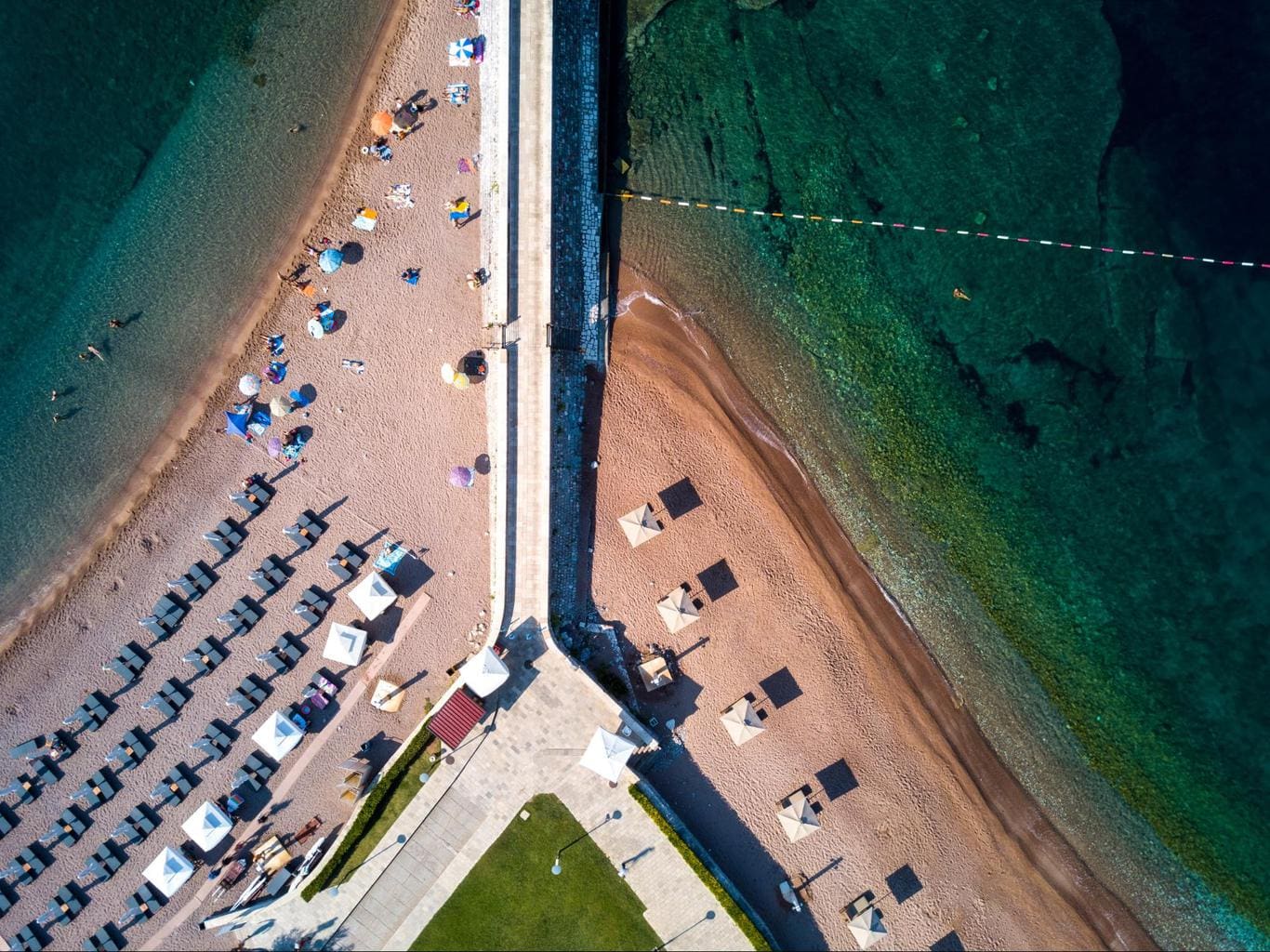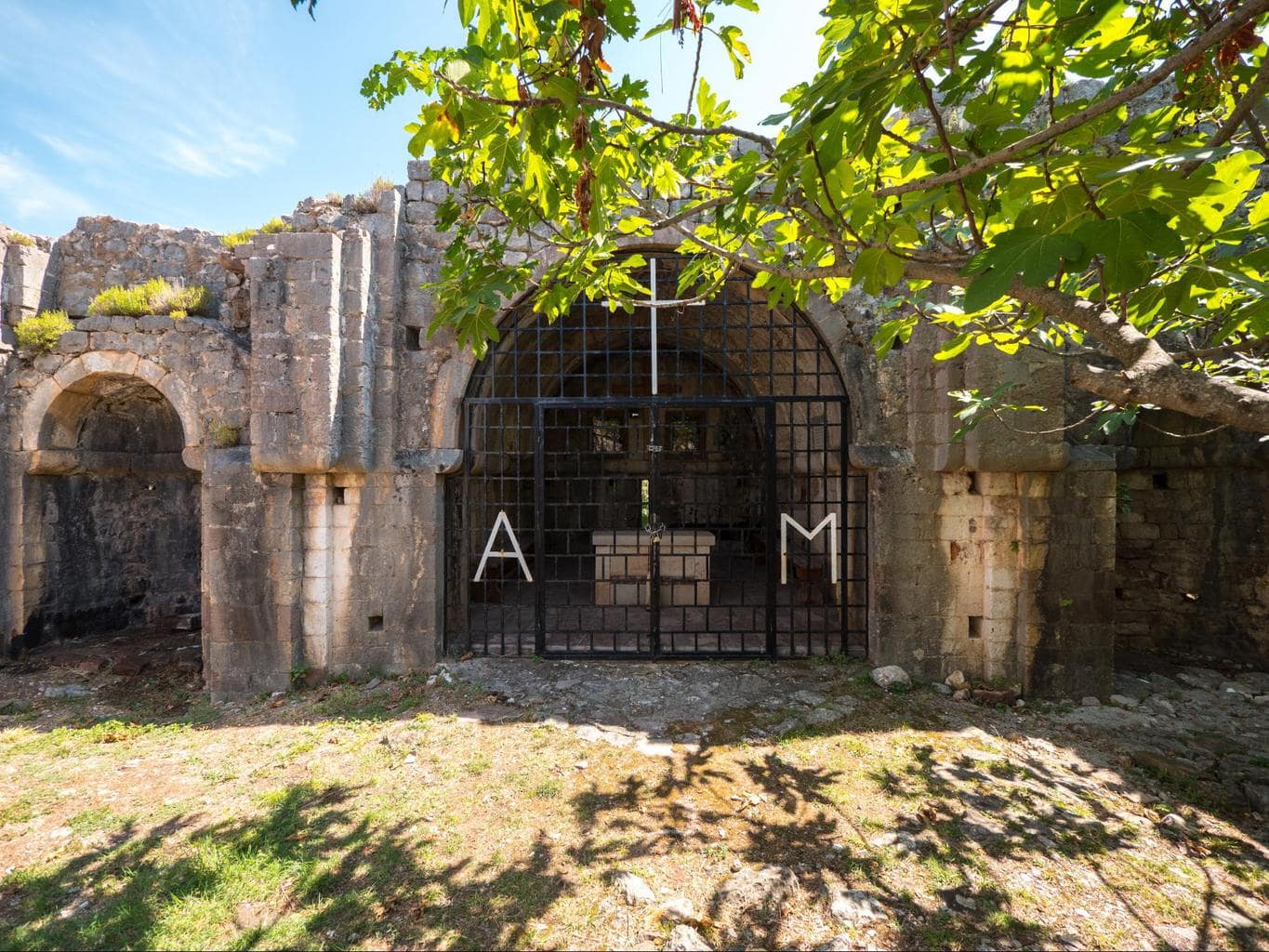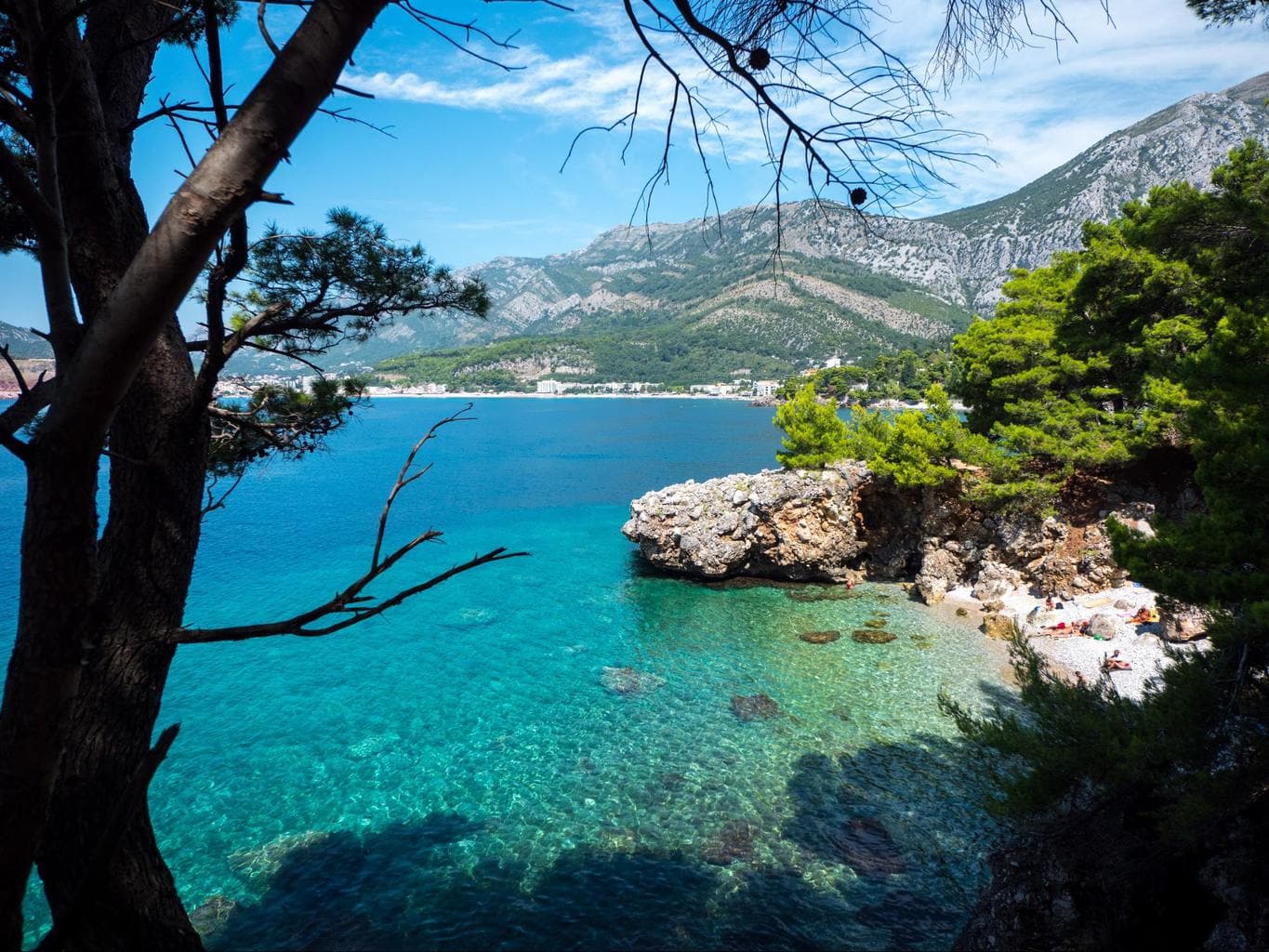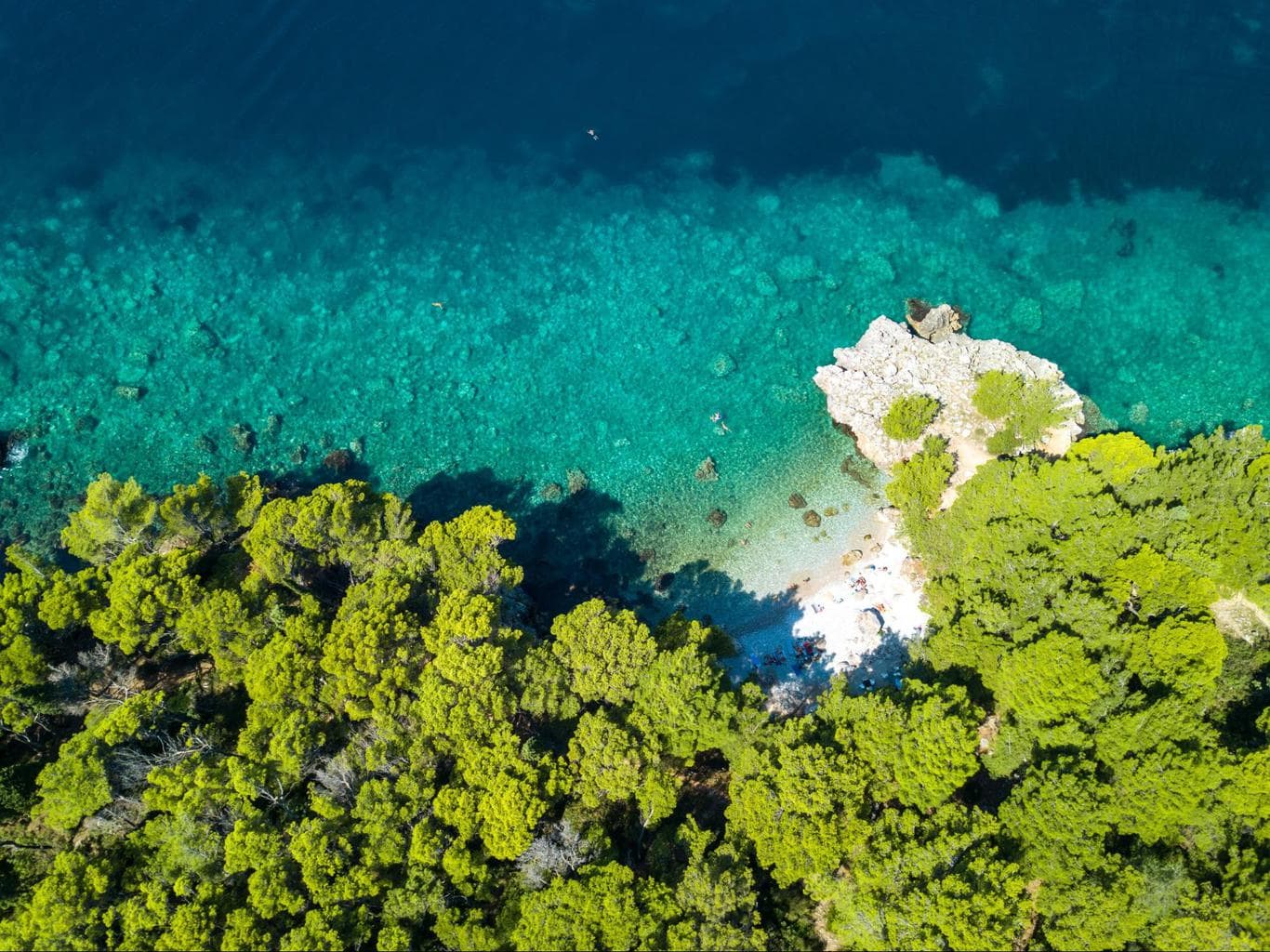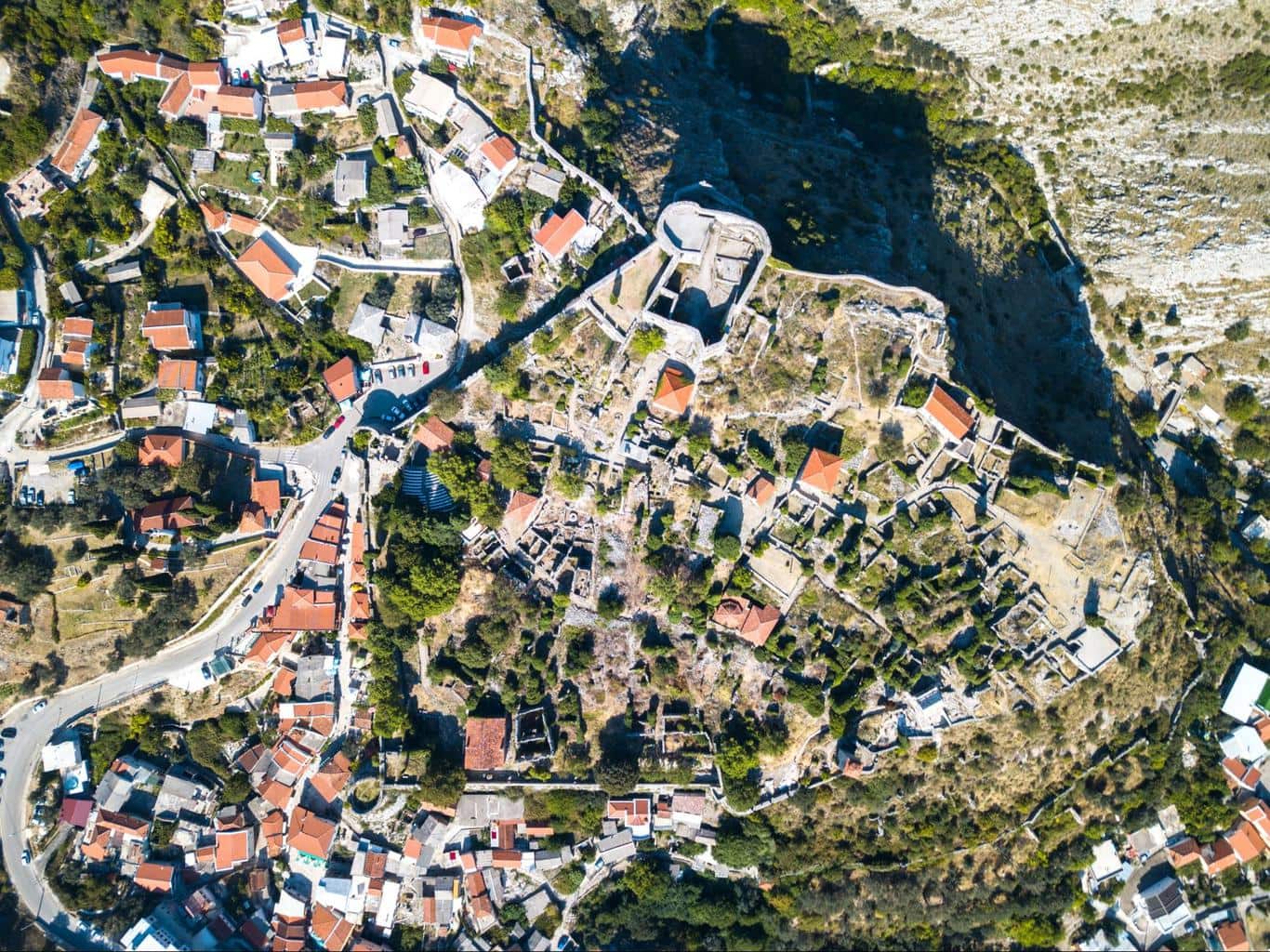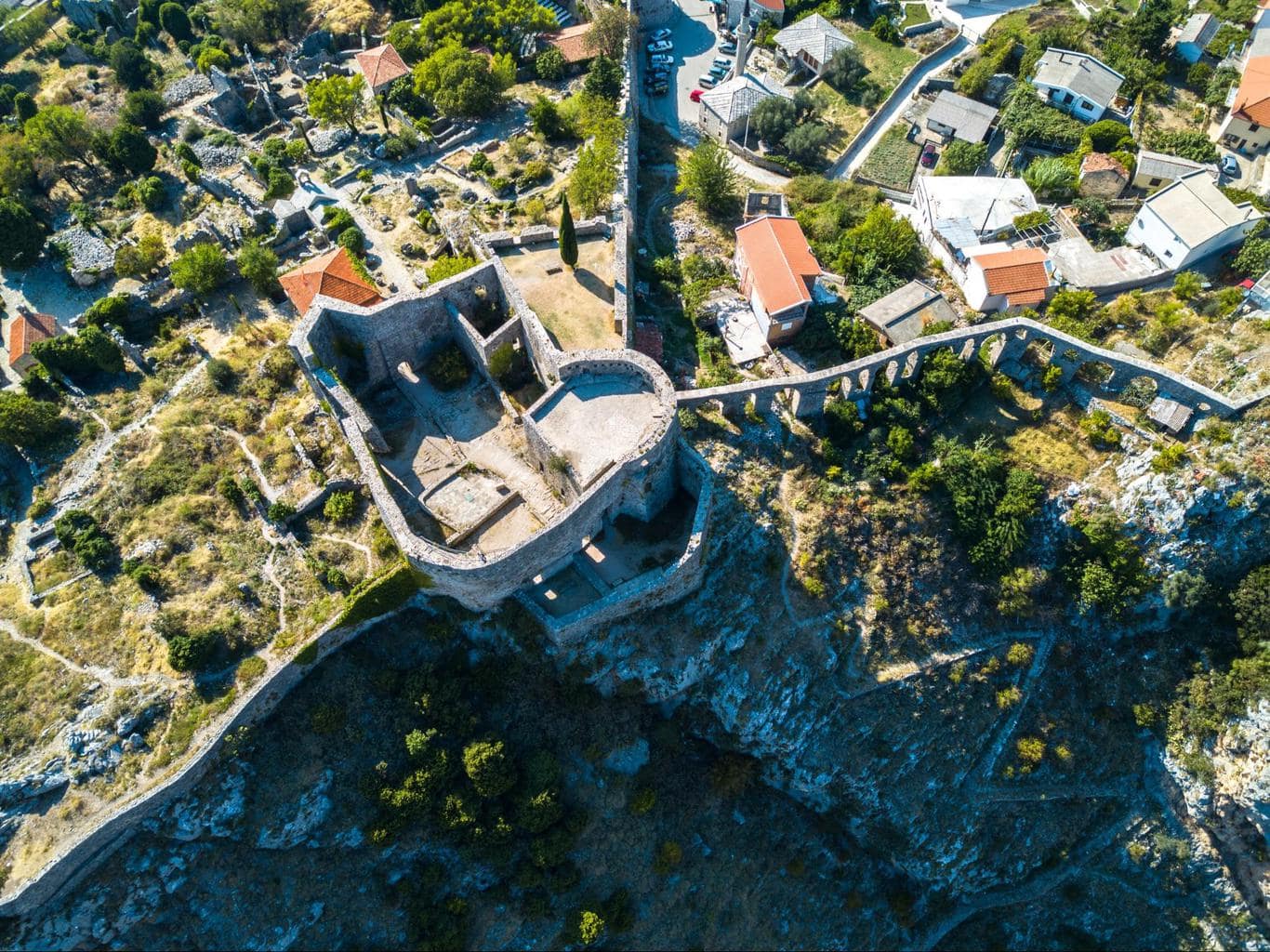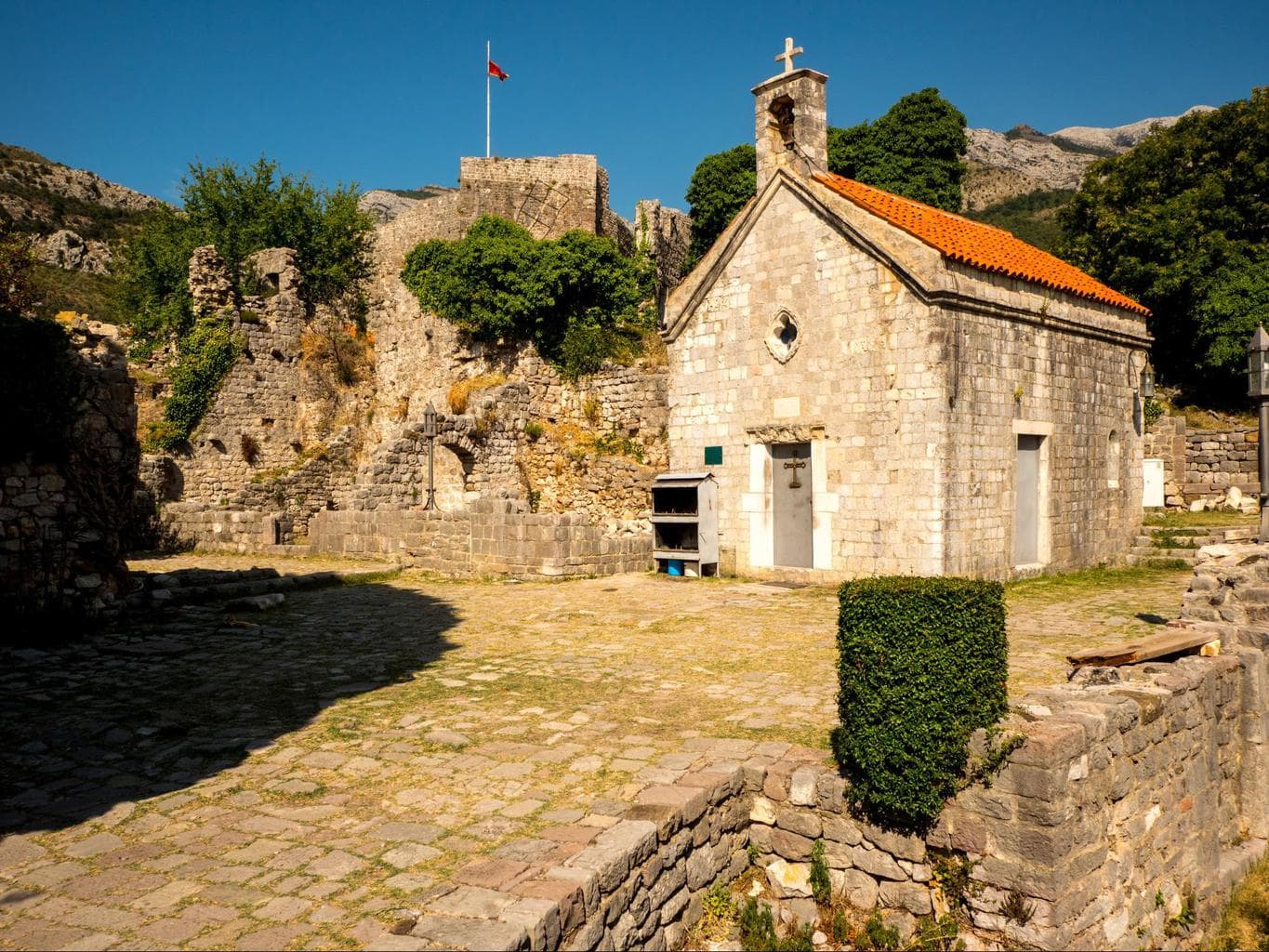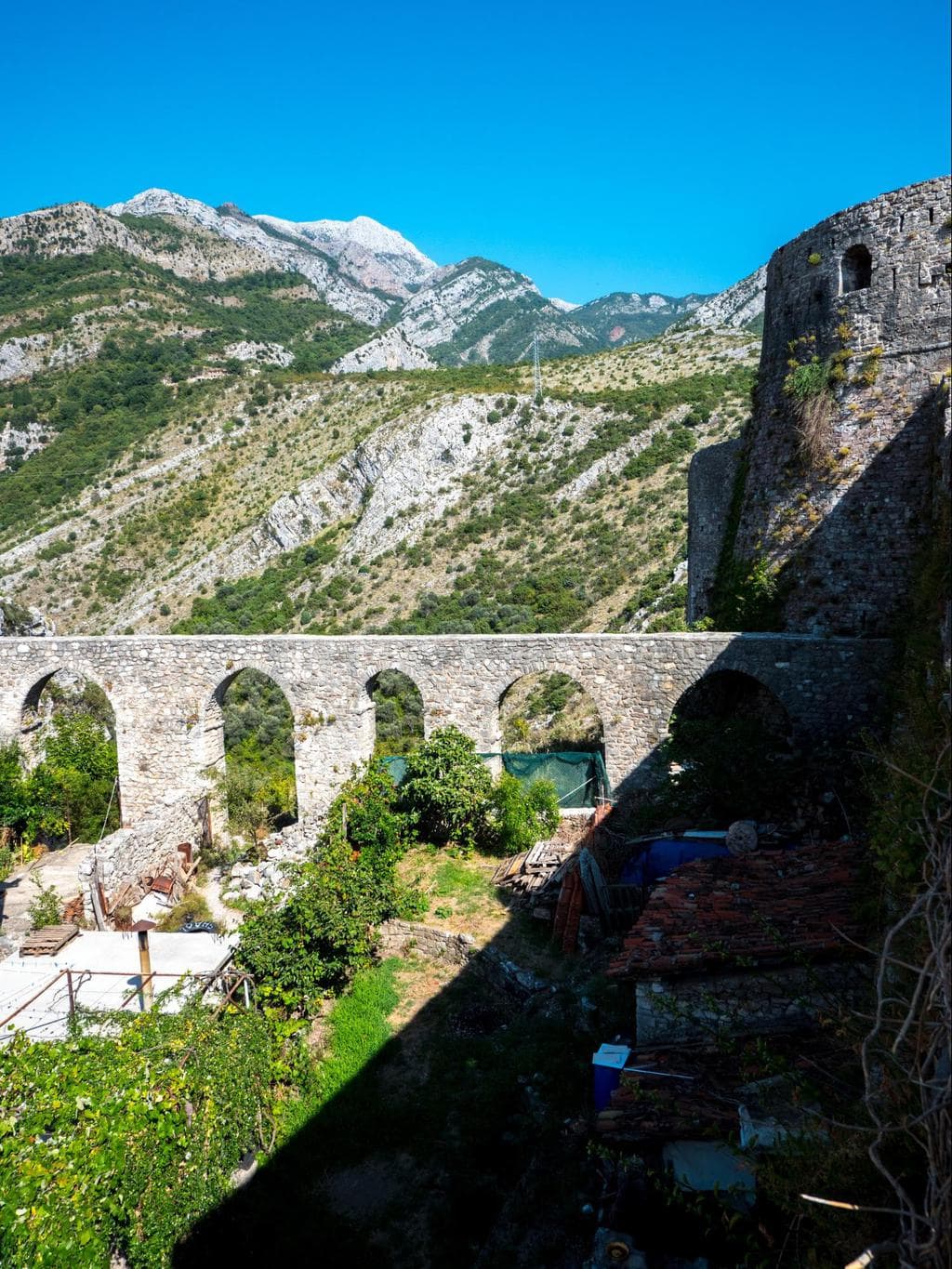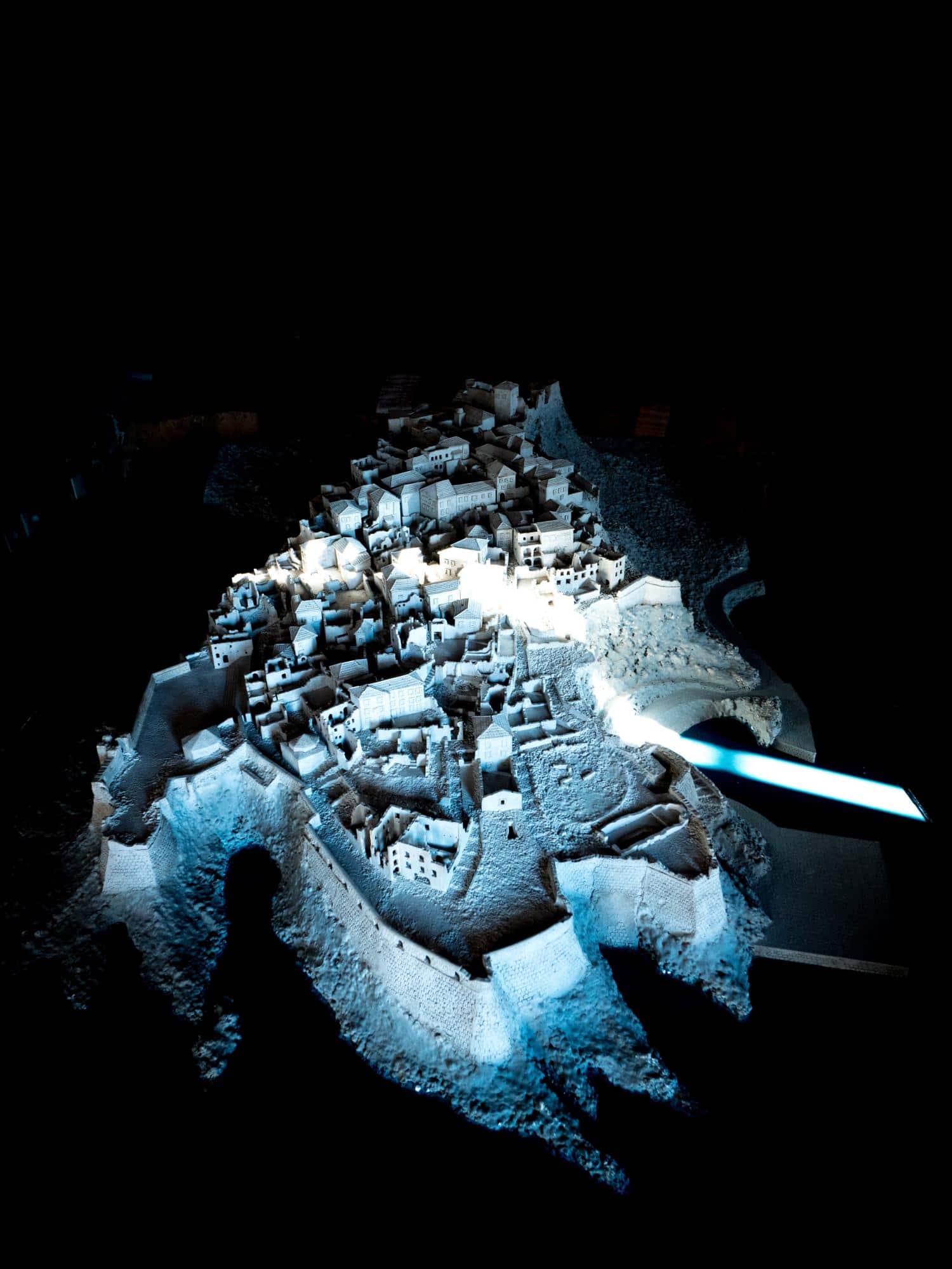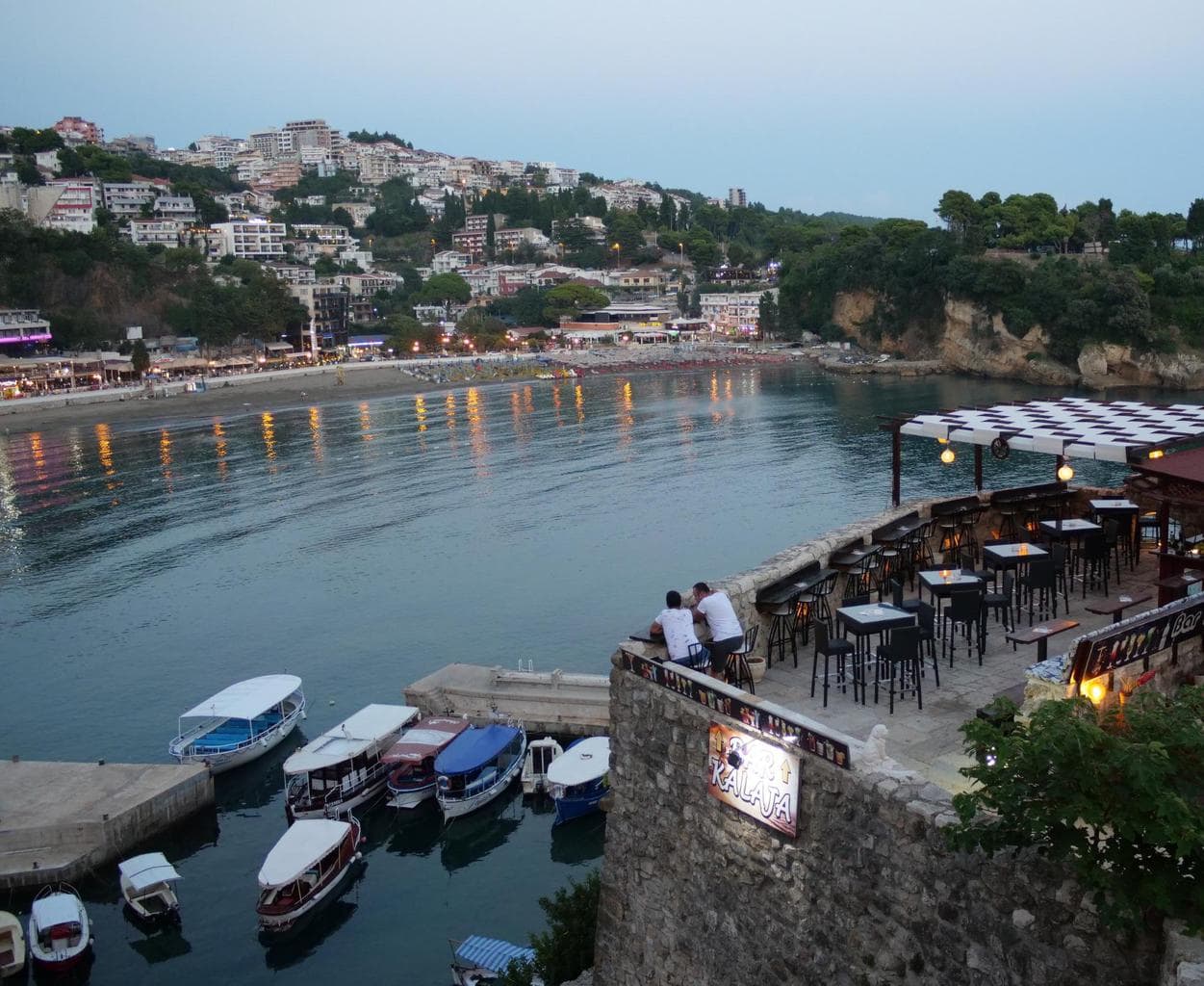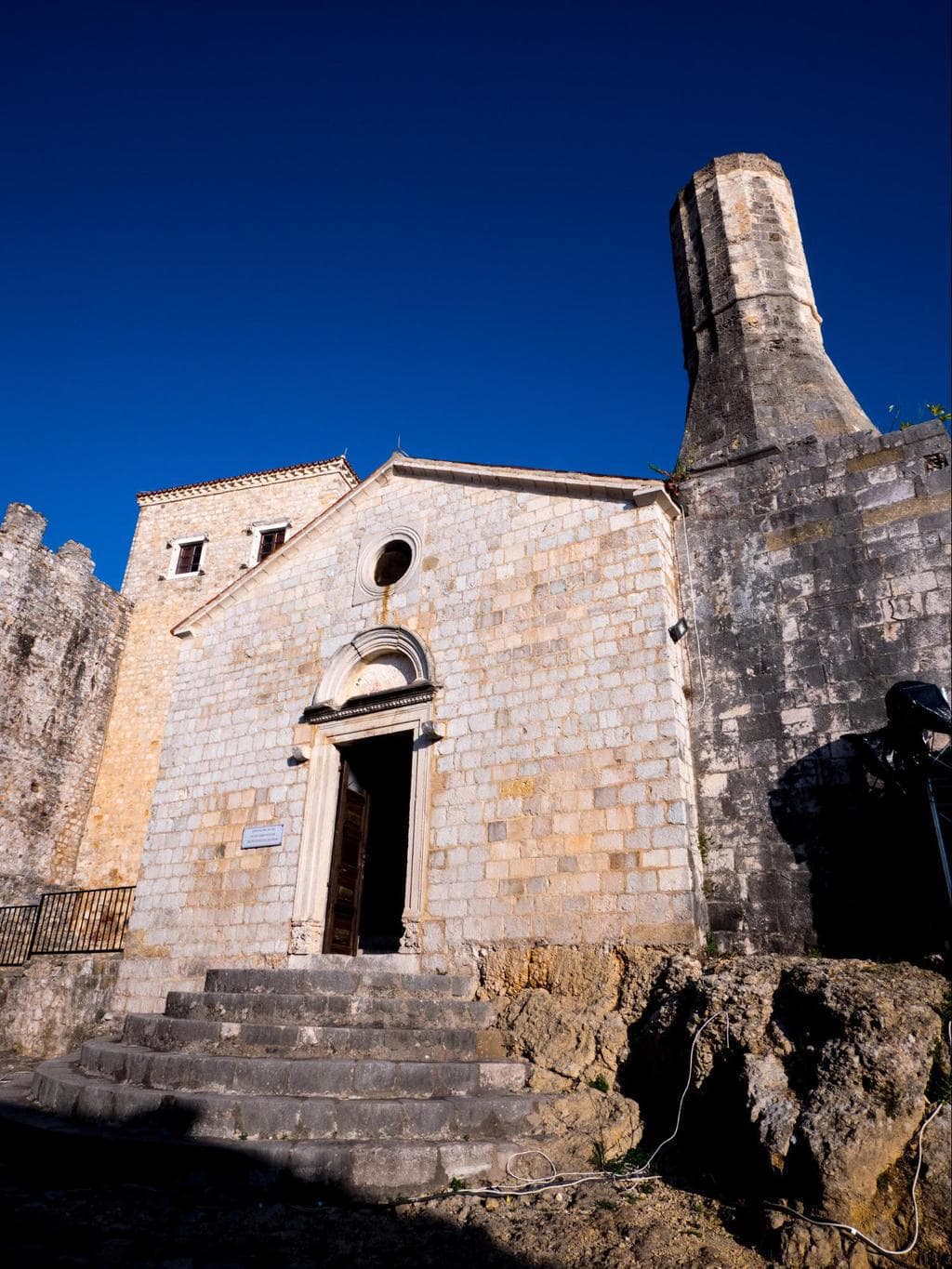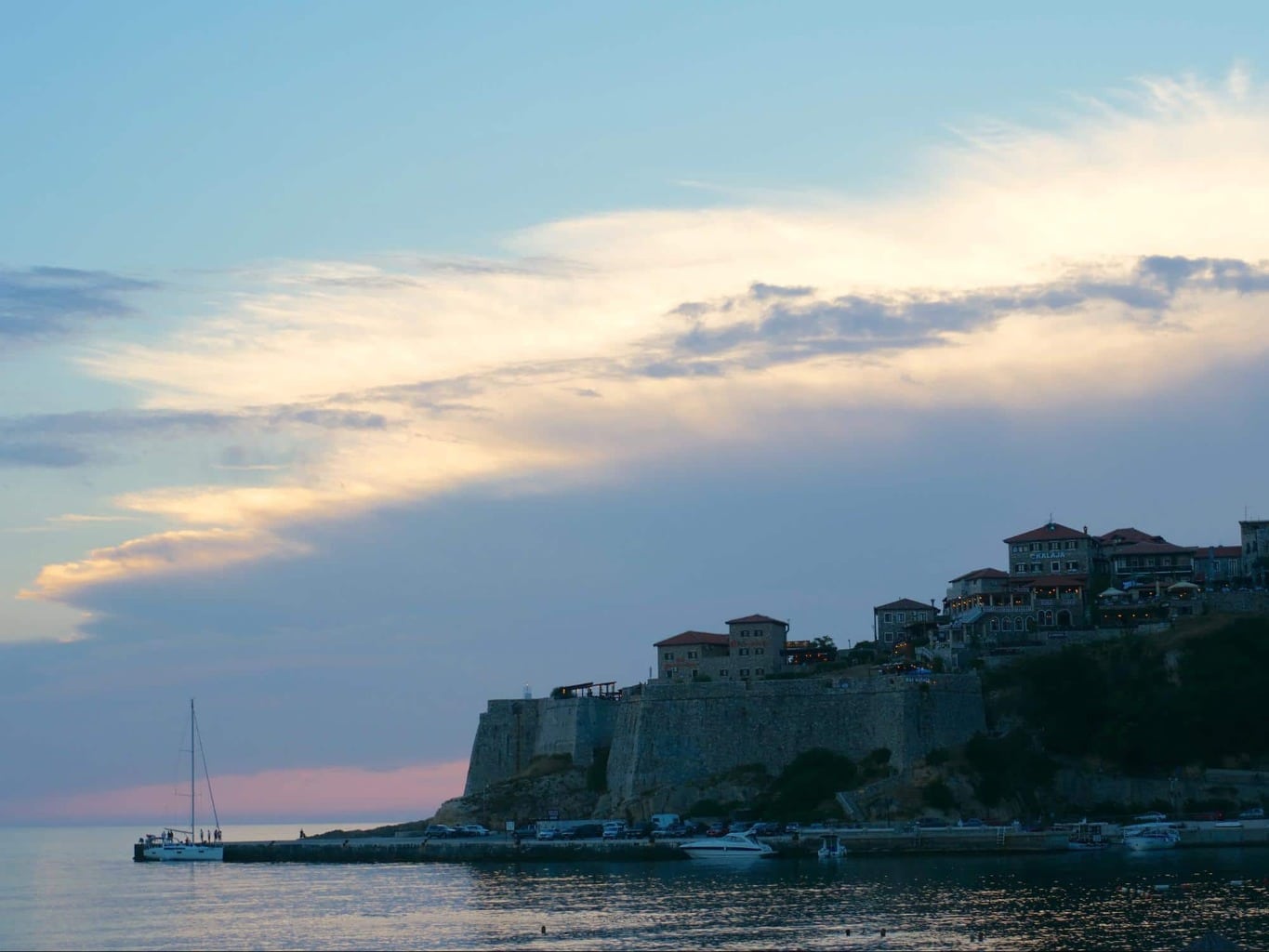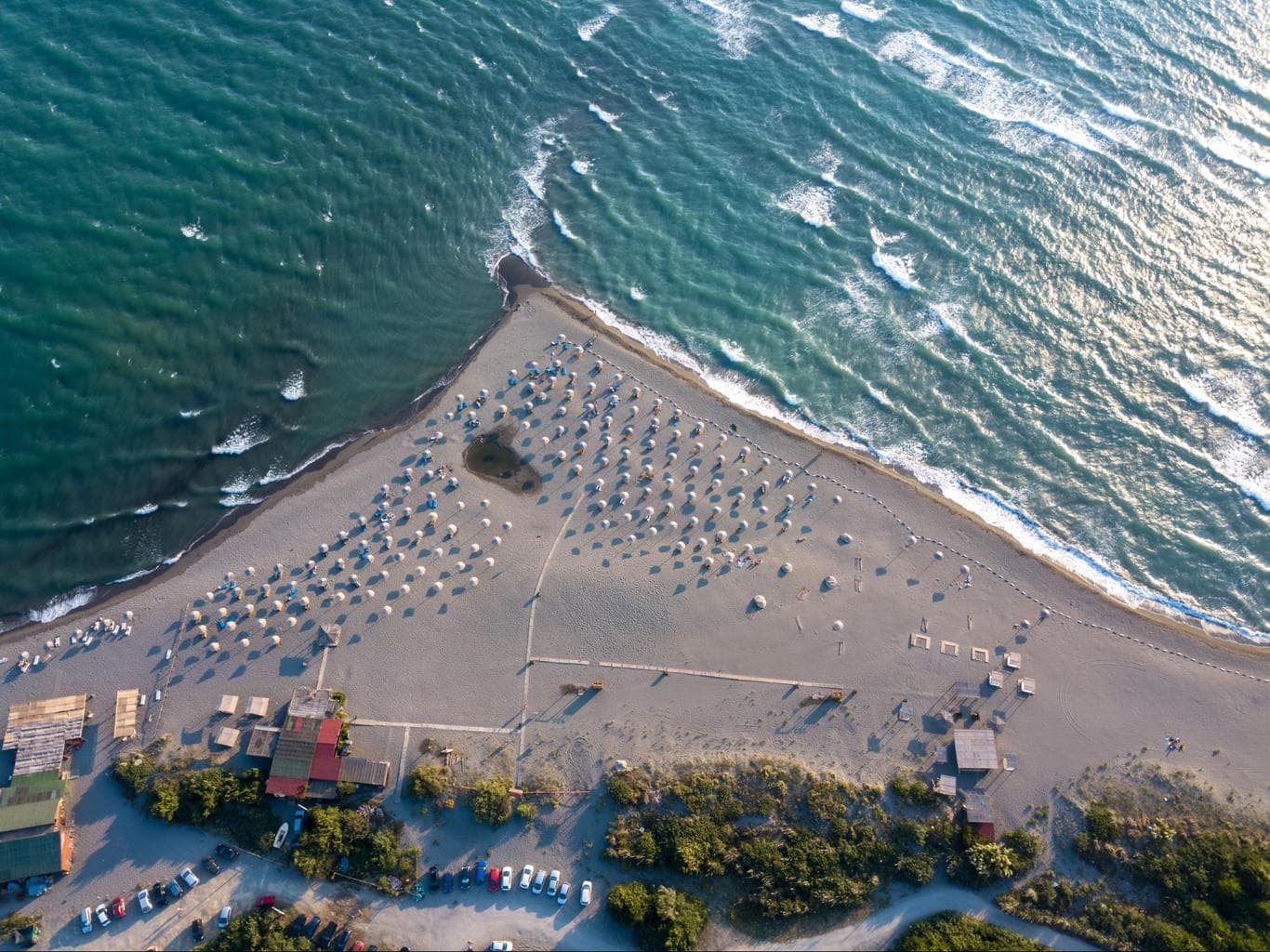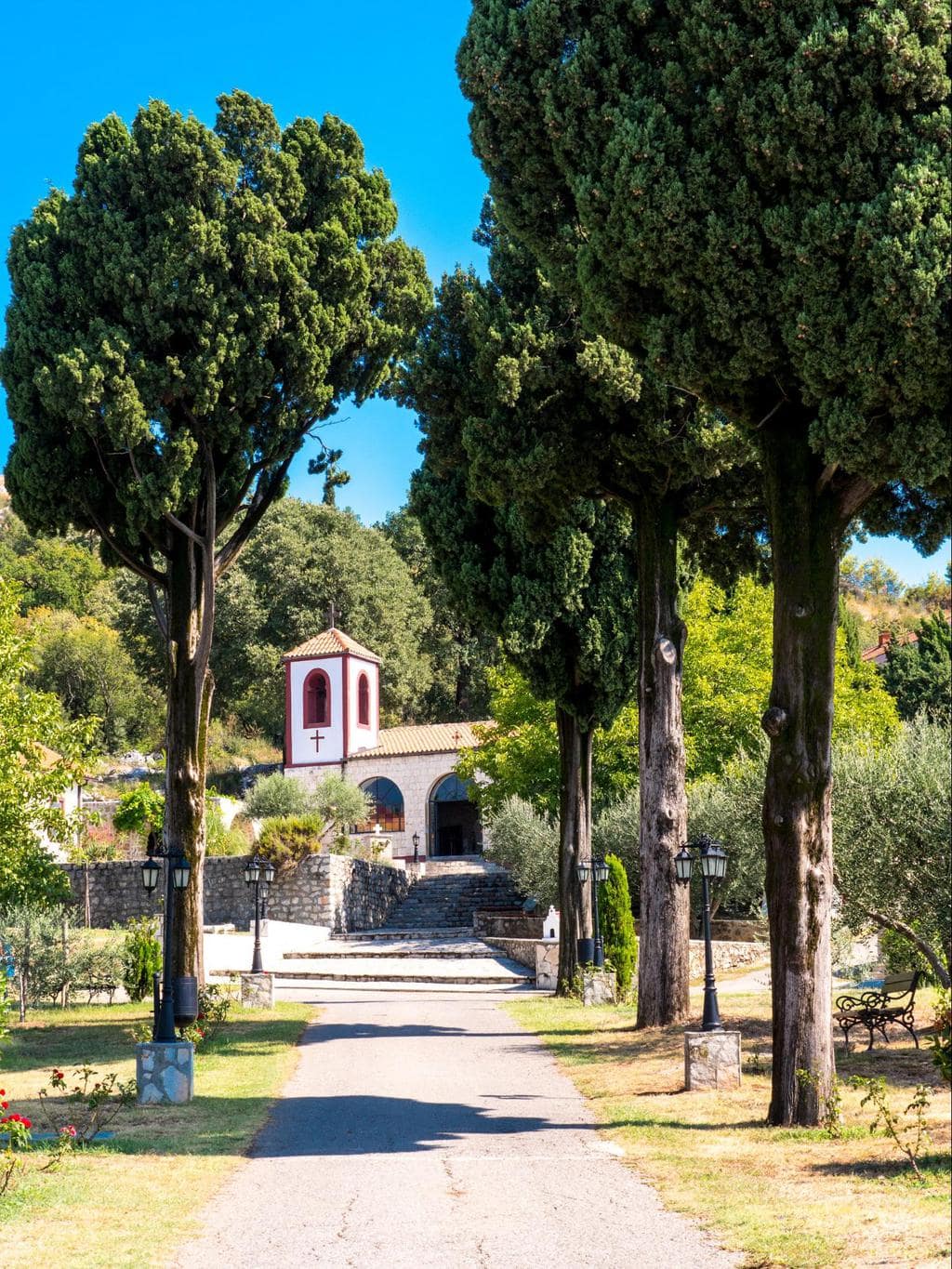Travel in Montenegro seems to be the latest hype in Europe. After the famed Dubrovnik revealed a newfound fascination for walled ancient cities on the Adriatic coast, the country has become the next big hit. It helps that there are similar things to do in Montenegro as there are in Croatia, minus perhaps the summer boat parties. But give it time and we will see them there too.
Montenegro is a relatively young country having achieved independence from Serbia only in 2006 and since then, tourism development has been attracting the higher end side of European holiday goers.
The country is already home to one of the most luxurious hotels in Europe, Aman Sveti Stefan, the red-roofed island that is also the most recognizable tourist attraction in Montenegro and also its most photographed I’m sure.
If you are wondering what to do in Montenegro while visiting on holiday, or even on a road trip across Europe, this is a great place to start.
I spent about 10 days driving up and down the country, discovering its nooks and crannies and every day stopping at many places, from the well known beach towns to the isolated monasteries without a soul in sight.
Montenegro seems to have it all. Its coast boasts beautiful beaches and clear waters. The few old towns date back to the Illyrians and up in the mountains, there are activities for the most active of travelers.
And the best part? Traveling in Montenegro is quite easy, with great infrastructure, reliable Google maps and scenic roads.
The map below has all of the best things to do in Montenegro, many of which you will not find anywhere else, listed in order of appearance as you drive in from Croatia and towards Albania (which is what I did).
Herceg Novi
Herceg Novi is the first city you will encounter if you are driving into Montenegro from Dubrovnik. It is a sea facing ancient city with a beautiful fortress right above the sea and a few restaurants.
Herceg Novi is not one of the most touristy places in Montenegro but it is quaint and worth a stop for two constructions, the Kanli Kula fortress (Bloody Tower) and the Forte Mare.
Forte Mare is a fortress construction by the sea which you can visit. Go up to the roof for nice views of the small beach below and the sea.
Visit a winery
Montenegro is not known for its wine but it does have a few wineries and you know I love visiting wineries (and drinking wine!). In fact, Montenegro has the largest vineyard in Europe and the two main local wine grapes grown are almost exclusively grown in Montenegro and nowhere else. A winery tour is therefore something you should definitely add to your list of things to do in Montenegro.
One of the first ones you will encounter is Savina Winery, located near the border with Croatia high up in the hills above the beautiful Savina Monastery and with stunning views of the sea. Savina Winery offers tours with optional lunch which you can book online.
The next one is Plantaze Winery, owed by the Government and the most important winery in the country selling about 15 million bottles of wine a year. This is the winery with the largest single continuous vineyard in Europe located right by the cellar which offers tours. It is truly impressive to see how large it is.
For someone like me, who grew up in a winery and spent too many summers working there, it was unthinkable to imagine a vineyard spanning 2,300 hectares. Totally mind-blowing.
The vineyard is obviously split into sections each growing a different type of grape variety although the two main local Montenegrin grapes, red Vranac and white Krstac, dominate. I wish I had had the time to fly the drone and see it for myself but the photos are enough to be impressed.
Sipcanik is one of Plantaze’s three cellars and is interestingly housed inside what used to be a military aircraft hangar cum bunker before it was destroyed in a fire with all the planes burnt down. The cellar is 300m long and spirals inside the mountain with barrels and bottles in cellars at either side.
You can book tours ahead of time or just show up and wait for availability. At the end of the short visit you can sample the wines with the staff, a very insightful way to learn more. Some of the wines you try are available for purchase onsite (and rare to find elsewhere).
Rose
Rose is a very quaint little village at the bottom of a road that goes into several hairpin turns and seems to never end. At the bottom of it, when you are starting to fear there will be nothing, you find one of the best kept secrets of travel in Montenegro.
Rose is primarily a fishing village with a couple of hotels and restaurants, the homes of wealthy Montenegrins, and no cars. The streets are too narrow for anything other than pedestrian traffic so you will have to find a way to park the car by the side of the small road that leads into town.
When you get there you will soon realise there is not much to do here but to simply enjoy a real quiet holiday. There is a pretty Austro-Hungarian fortress, Forte Rose, the picturesque Church of the Holy Trinity and shipwrecks deep in the water which can only be seen on a diving trip.
Because of its location at the tip of the peninsula, Rose has very nice views over the other side of the Bay of Kotor.
Sveti Dorde Island and Our Lady of the Rocks
These two islets in front of Perast make for some of the most picturesque pictures in the Bay of Kotor and visiting them is one of the most popular things to do in Montenegro.
Despite being next to each other, they are both very different. While Sveti Dorde is a natural island, Our Lady of the Rock was created artificially, over decades, by fishermen throwing rocks into the water. The event continues every year on 22nd of July when all the local fishermen proceed to drop rocks on the island again.
Sveti Dorde is not open to the public only with St. George Monastery, and a few cypress trees that tell of a local love story. A French soldier stationed on the island, was in love with a local girl from Perast and one day, upon been given the instruction to shoot a cannon, he accidentally killed his lover. He stayed on the island to light a candle over her grave every night and eventually died there and is buried next to her.
Our Lady of the Rocks is a flat island with a church and museum built between the 16th and the 17th century after two fishermen found a picture of the Madonna at sea and decided to build a church in its honor. You can see the picture inside the church behind the altar.
The museum has all sorts of artefacts and can be visited for a small fee. One of the most notable items is a tapestry woven by a local woman from Perast called Jacinta Kunic-Mijovic with the Madonna and baby Jesus. If you come close to it you can see that to make it she used silver and gold threads as well as her own hair for the angel’s.
The island and church can be easily visited by simply asking one of the boatsman that are at the entrance to Perast to take you there on a 5min ride. They will then come to get you in exactly half an hour as this is how long tourists are allowed on site.
In order to be able to get into the church make sure to wear clothes that cover your shoulders and knees.
Perast
Perast was my favorite place to visit in Montenegro. This picture perfect village by the sea in the Bay of Kotor is a romantic spot to stroll during the day and at night or even to spend a few days in. If you travel to Montenegro, Perast will definitely be on your list of places to see.
Perast has been under the control of several empires through the centuries for its strategic position in the mouth of the Bay. It was part of the Byzantine Empire, the Venetian Republic, the Austro-Hungarian Empire and finally part of Yugoslavia from the end of WWI with a brief period during WWII.
Because of this wealthy and notable past, Perast has 19 beautiful stone palaces, 14 churches and several well-preserved houses that seem taken out of Venice. You can only walk in the village as cars are to be parked outside by the entrance, and the kilometer long sea promenade is like a walk down history.
Look out for the many churches and the stunning homes now turned hotels and B&Bs. St. Mark Church is located around half way down the sea promenade right next to Smekja Palace, home of the newly and stunning Iberostar Grand Perast Hotel, part of the Iberostar group which has some great all-inclusive family hotels across the world.
The Museum of Perast is housed in the stunning 17th century Bujovik Palace now a bit below street level and showcases the evolution of Perast through the centuries. The 17th century St. Nicholas Church is another main highlight of Perast and a major tourist attraction in Montenegro. You can also pay a small fee to go inside the back of the building to a sort of museum.
The village is relatively calm and peaceful throughout the year except for the summertime when hordes of tourists descend on an otherwise quiet place to stay at the few hotels or holiday apartments for rent.
But here is a secret. The village is most beautiful in the evening when only the few residents and tourists staying in town enjoy the car-less paths and the outdoor restaurants by the water and the majority of the day tourists have gone.
If you have a car, an evening stroll and dinner at Conte Restaurant by the water’s edge is one of the nicest things to do in Montenegro.
Lipci Rock drawings
These hidden and unmarked rock drawings up on a rock, away from privy eyes, are one of the hidden finds of my travels through Montenegro.
The drawings were discovered in 1955 and are a protected site, although there isn’t anything in the way of signage or protection per se. The government has got several expert interpretations but specific dating is uncertain and could be anywhere between the 10th and the 2nd century BC but most likely from the Iron Age.
You can park the car in a small forest area and then look out for the red sign which points to the path. It should take no more than 10min to make your way through the forest until you reach a small opening with a limestone wall to one side and what looks like a cave with a door underneath.
If you look up you can see two drawings. The first one is a simple, orange color rock drawing of deers running in front of hunters. These are hunting scenes. The second drawing, below, is of a boat with a swastika symbol used to symbolise the cult to the sun.
Until I read more about it, I was not even sure that this wasn’t some sort of joke by some bored teenagers trying to fake ancient carvings, but the Lipci Rock carvings are indeed real and very ancient.
The specific significance or authorship of the drawings has not been confirmed yet but scientists believe there is possible ritual meaning to the drawings either towards requesting good weather marking the area for seafaring.
There are no signs for the carvings until you are already parked and near the hiking path, but look out for the pin I dropped on the map and you should find the turn towards the path that leads to the carvings without a problem.
Roman villa of Risan
The Roman remains of Risan are another ancient discovery in the area dating from the 1st century AD that I also had to visit to see for myself.
Risan is an ancient city that prospered during Hellenic times and grew to a large population. As a result, there are several archeological sites that have been discovered and preserved in the last few decades. The most notable are Roman mosaics that were first thought to belong to two Roman villas.
These mosaics were later confirmed to have been part of a hotel and taverna rather than private villas, but the Roman Villa name has been preserved to honor the discoverer.
The mosaics are open to the public and function as a sort of open air museum of the area and include exhibits on the other ancient sites such as the Lipci drawings and the results of the many excavations carried out by Polish archeologists.
The floor mosaics are pretty well preserved and the museum is filled with exhibits where you can learn more about the Hellenic past of Risan. The outdoor area is covered and there is a small museum inside.
Here you can see intricate designs with vegetable and geometric motifs in black and white and color.
Ostrog Monastery
Visiting and photographing this absolutely stunning Orthodox Monastery is one of the most famous things to do in Montenegro because of its dramatic location perched up in the mountain against a vertical wall.
The monastery was founded by Vasilije, the Metropolitan Bishop of Herzegovinare, who became St. Basil of Ostrog. When he died, he was enshrined here. It was partially destroyed by fire but the beautiful cave frescoes were spared.
The structure is made of an upper and lower monastery 3km apart and houses three separate churches. This is a famous pilgrimage center in the Balkans popular with day trippers.
Lustica Bay
Lustica Bay is a residential and leisure development around a port area in Trašte Bay, on the Lustica Peninsula, by Egyptian development company Orascom.
The complex is made of a marina flanked by a row of shops, restaurants, cafes, the luxury Chedi Lustica Bay Hotel (also owned by Orascom) and exclusive residences in pastel and cream colors.
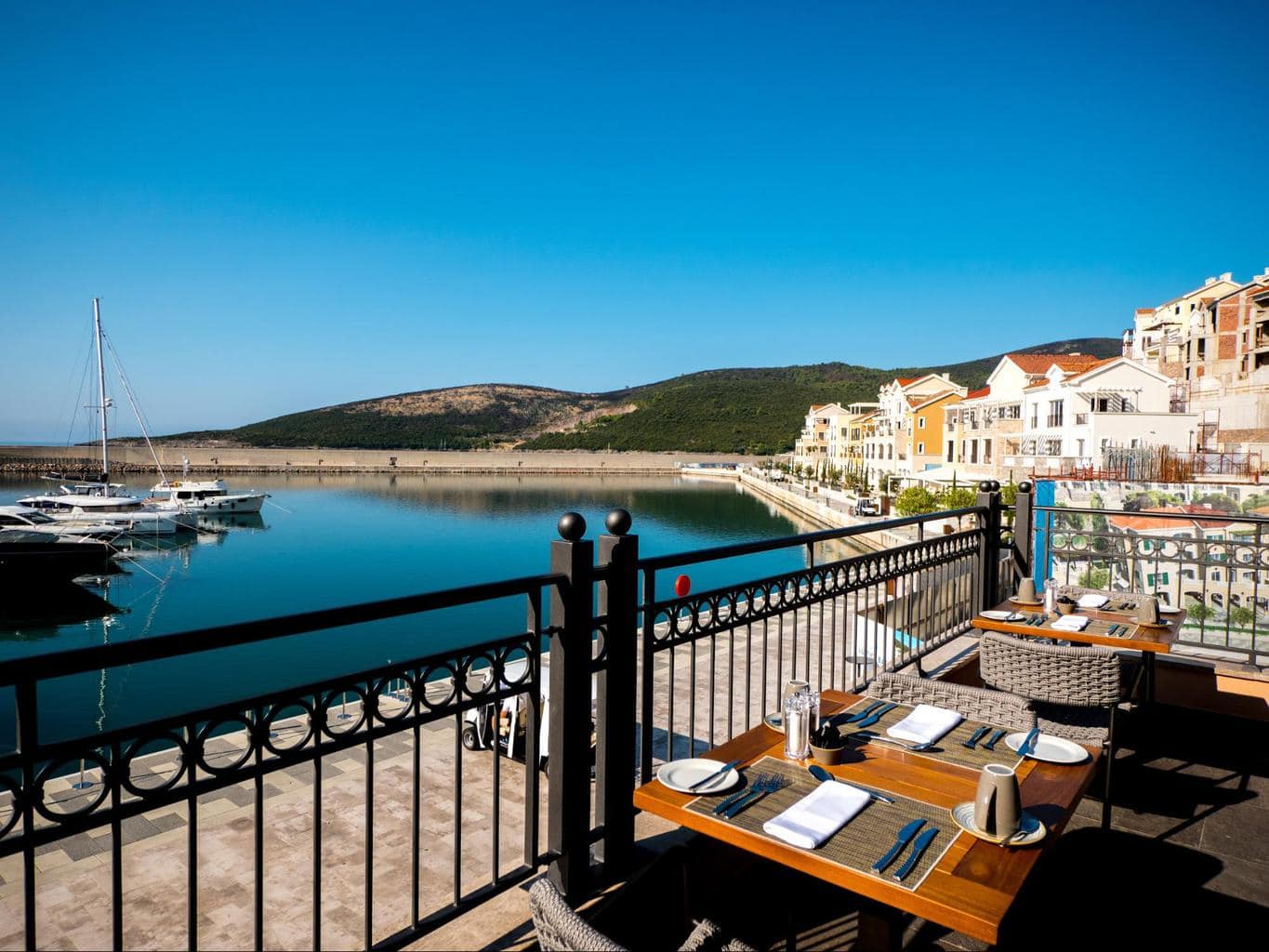
Before development started, the area was practically barren and empty but this is what Orascom is known for and the village of Andermatt, in Switzerland, where the other fabulous Chedi Andermatt is, is living proof.
Lustica Bay now flourishes with a new black pebble beach, the luxurious Chedi with its indulgent spa, infinity pool and live Cuban salsa dancers flown all the way from La Havana every summer, and a host of unique residences each with its own floor plan.
You can come during the day for a stroll and lunch, stay longer at The Chedi or come in the evening, especially for their mojito and salsa-themed nights when all the salsa lovers from across the country seem to congregate, totally worth the drive from Kotor or Tivat.
More information here.
Visit the UNESCO listed city of Kotor
Visiting Kotor is the most popular thing to do in Montenegro. So much so that I created an entirely separate travel guide to Kotor. This is only further confirmed by the thousands of day visitors that come on the many cruise ships docking on the UNESCO-listed city everyday in the summer months. It does not help that Kotor was listed as a UNESCO heritage in 2017 and that the Lonely Planet named it the best place to visit in 2016.
The constant flow of tourists is exhausting and it completely overtakes the small walled city. But after 4pm, when the cruise ships leave, the town becomes a much more quaint and pleasant place to spend an evening wandering through the ancient cobblestoned streets and exploring the picturesque architecture.
Kotor’s past dates back to the Roman Empire but the city’s fortifications were only built during the 6th century and later expanded and strengthened during the Venetian Republic in the 15th century, when its strategic position in the Bay of Kotor became ever more popular with invading armies.
The city is built in a ria, like the ones we have in the north of Spain, in Galicia, in a bay that looks like a fjord, and at the bottom of towering mountains that give it shadow in the early evenings.
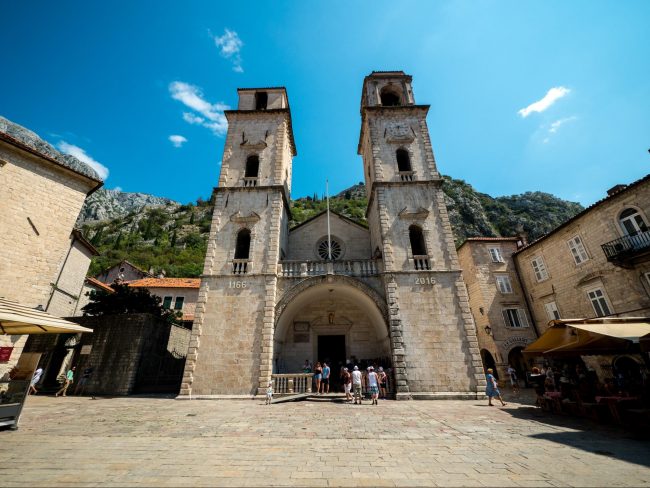
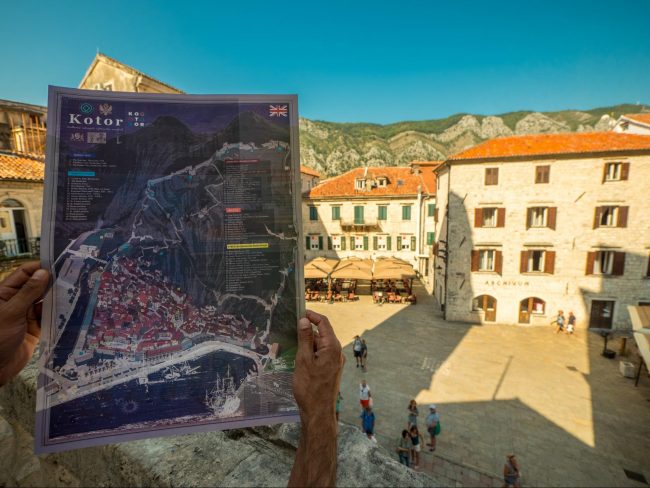
If you visit Kotor don’t miss the chance to walk up to St. John’s Fortress that runs along the mountain and the sea and towers above in a fort. The walk up takes about one to two hours depending on how fast you can walk up the 1,300 plus steps and 260m elevation.
In town, the main site is St Tryphon’s Cathedral, located in the main square. This 12th century Romanesque church and museum have been renovated several times after every earthquake and is open to visitors.
Look out for the silver altar and up to the frescoes. You can also go up to the first floor museum and out onto the balcony for great panoramic views of the square below.
Next to St. Tryphon lies a much smaller but very interesting church, 12th century St. Luke’s Church, which has a past in both the Catholic and the Orthodox faith with each taking turns to hold a service. The church is quite tiny but has two altars, one for each denomination, and stands almost on its own, so you can walk around it.
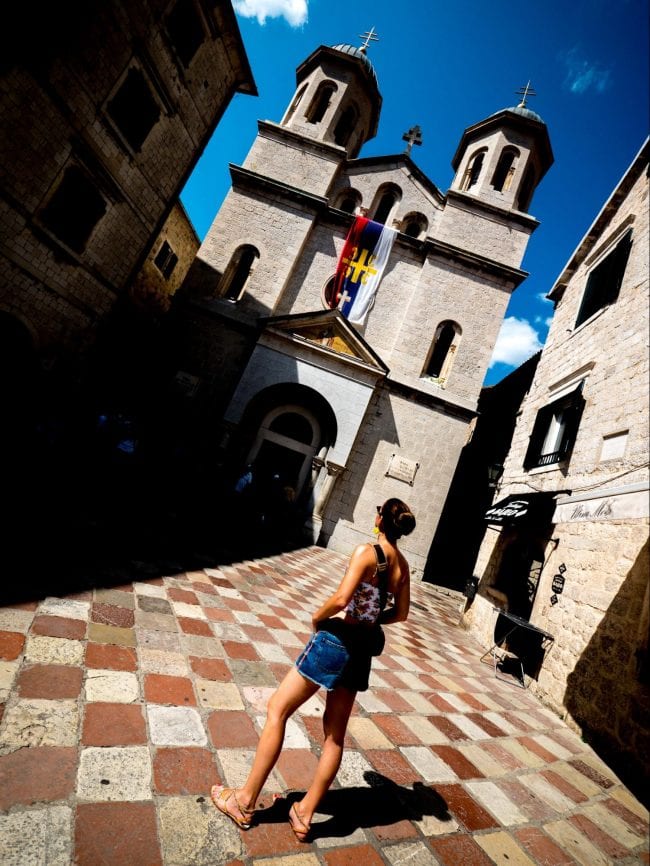
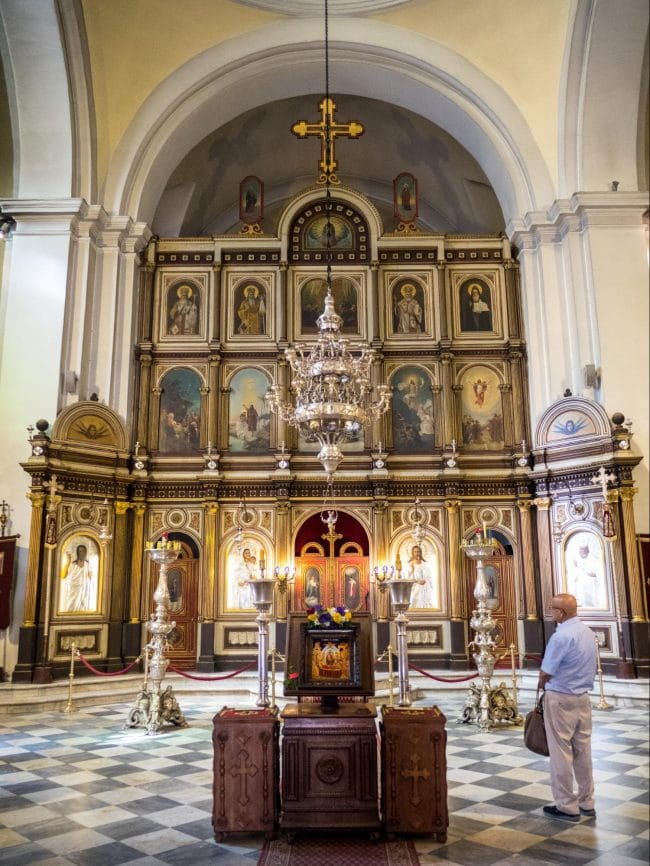
On the same St. Luke’s Square is the other main religious building in Kotor: The Church of St. Nicholas. In contrast with St. Tryphon’s, this one is a rather new church built at the beginning of the 20th century.
The church has two bell towers on the main facade crowned with black domes and a larger black dome in the middle. The red-blue-white Serbian flag is always hanging from the front.
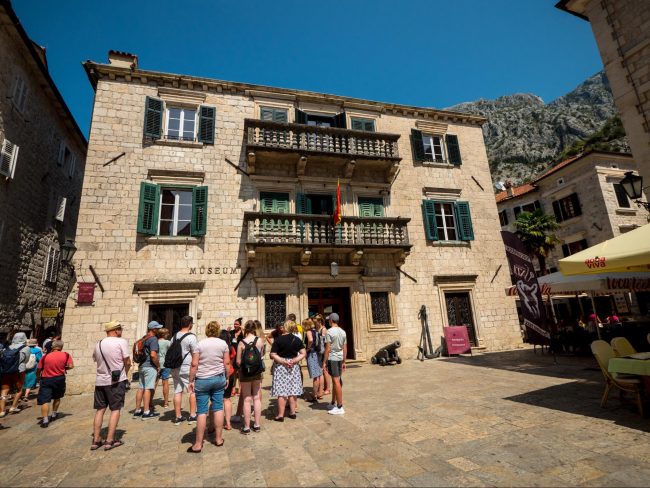
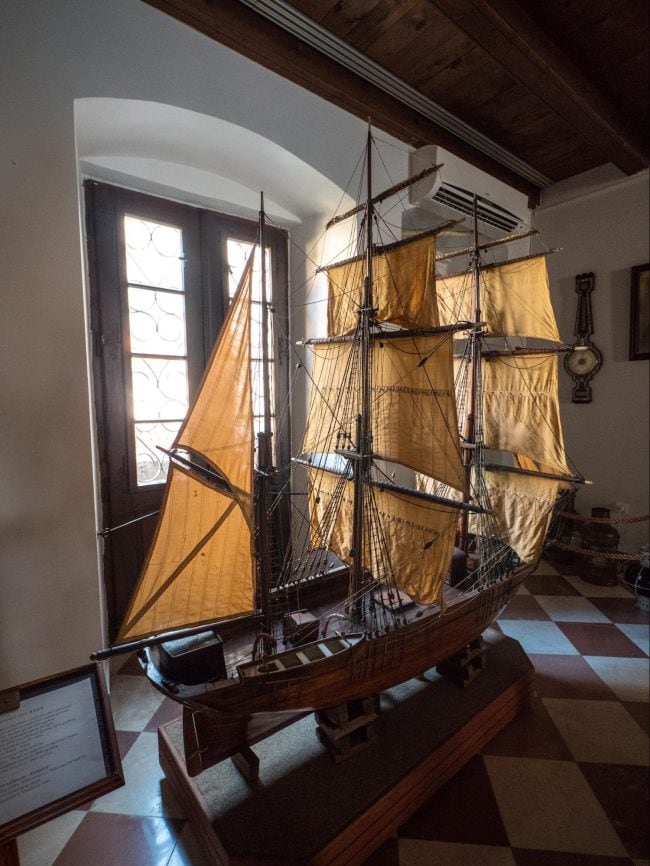
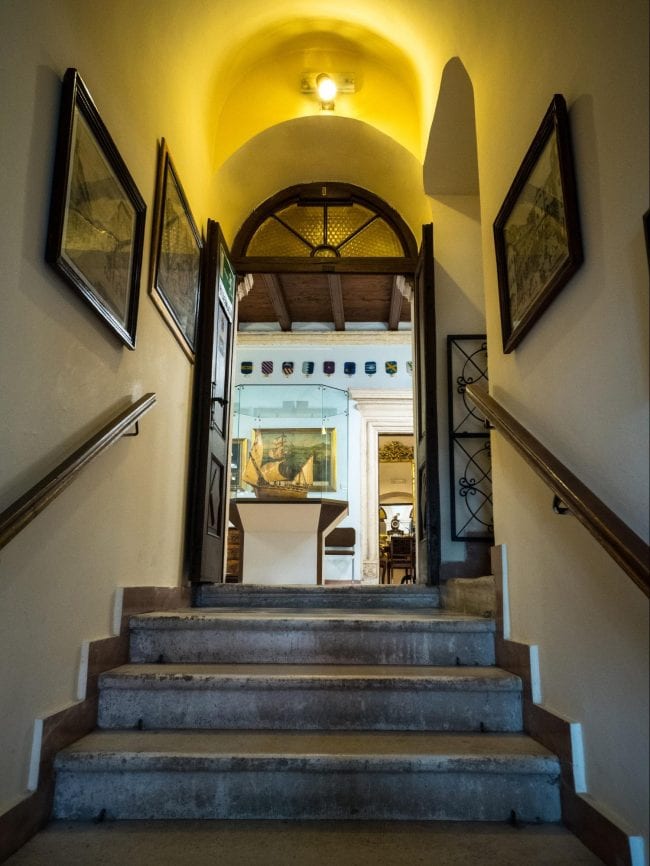
Elsewhere in town the Maritime Museum holds the secret’s to Kotor’s wealthy past. Here is where you can see replica models of the vessels that crossed the bay and the Adriatic coast as well as paintings of several of the most important people in Medieval times.
You can get a free audio guide which will tell you the story of each of the characters in the paintings, although there are also explanations if you prefer to read.
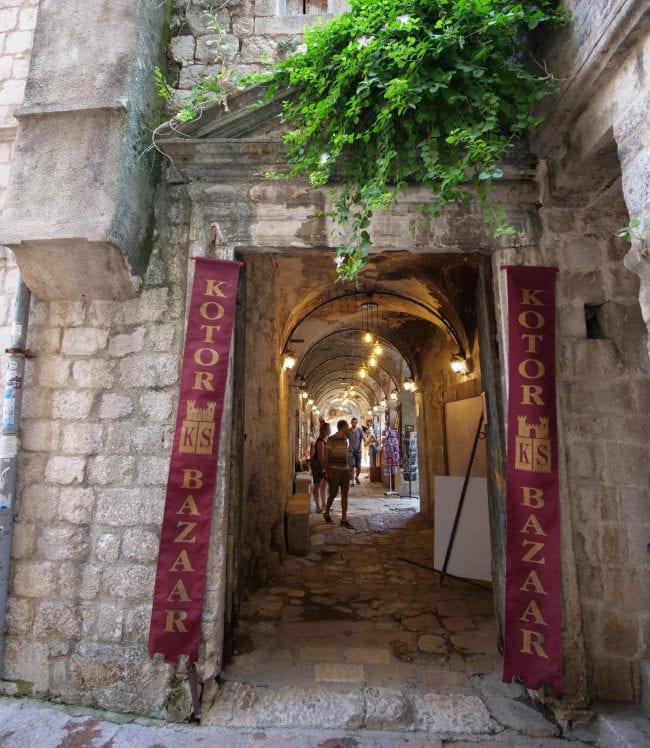
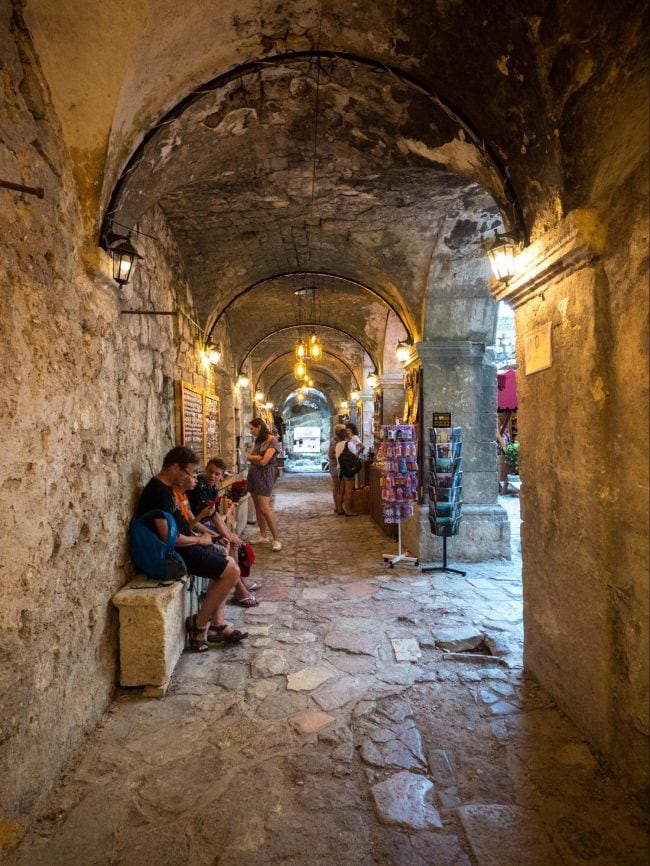
For shopping, you will not be short of souvenir stores selling anything from small cat figurines, the emblem of Kotor, to handicrafts, but if you want an atmospheric shopping experience, try the Kotor Bazaar which is housed in former cloisters.
If you want something a bit less typical the Cat Museum is the place. You will not find cats here, those are all over the city, but cat-themed objects from paintings to everyday objects. The city’s devotion to the feline world has found its matching in this small museum.
In front of the main gate to the city, the one that lies right in front of the cruise ship dock, you can find a leaning 17th century Clock Tower which ended in this Pisa-like position after the several earthquakes Kotor has endured.
Porto Montenegro
Porto Montenegro is another of Montenegro’s beautiful marina developments, an older one to Lustica Bay having opened in 2014, and more centrally located.
This residential and investment development, marina, dining destination and lifestyle village is a place to see and be seen or to play, and has the area’s first five star luxury hotel, Regent Hotel.
The development, now owned by Dubai’s Investment Corporation, is filled with retail stores from luxury brands like Balmain, Rolex, Dior or Dolce & Gabbana, and designed with an Italian flare, Porto Montenegro is a more modern alternative to Lustica Bay.
Porto Montenegro is a place to come and look out for famous super yachts from the world’s wealthiest people. This is the marina with the world’s largest berth measuring 250m long and attracts some of the most impressive floating mansions.
While having a walk I could spot super yachts a quick Google search revealed were owned by Russian oligarchs, oil magnates and some of the world’s top billionaires, such as founder of Basic Element, Oleg Deripaska.
More information here.
Mausoleum of Petar II Petrovic-Njegos
Petar II Petrovic-Njegos was one of Montenegro’s most beloved figure. When he died, he was first buried in Cetinje Monastery and then moved to a small chapel he had built for himself at the top of one of the two highest mountains in Montenegro, in Lovcen National Park.
With WWI, the Austrian Empire invaded Montenegro and built a monument to their Emperor at the same location. To avoid both Petar II and the Austrian emperor standing in the same location, the Montenegrin hero was moved back to the monastery until the end of the war when it returned to the chapel. In 1952, the Yugoslavian government finally replaced the religious chapel with a mausoleum that still stands today.
The mausoleum has a building with the statue of Petar II under a golden dome, and the tomb in a basement chamber. Outside, there is a platform at the end of a path that has 360 degree views of the villages and a large part of Montenegro and on a clear day it is said that you can spot Croatia in the distance too. You can get there after climbing up 461 steps inside a covered tunnel.
The drive up the mountain is quite scenic too and if you come from the sea level you will immediately notice the drop in temperatures, even in the summer months. There are some restaurants along the way where you can stop for a tasty meal with some of Montenegro’s best food.
Petar II ascended to the throne very young and through nomination by his uncle who died of old age, and was entrusted with both religious and political duties to continue to be a Prince and a Bishop and the head of the Serbian orthodox church, what is known as vladike.
The Prince established great relationships with Russia and the Czar at the beginning of his mandate and was a revered poet and writer. His works are considered some of the most important Serbian epics and a reference for Montenegro and Serbia.
Cetinje
Cetinje is the former Montenegrin capital and home of an important Monastery and the National Museum of Montenegro. It flourished in the 19th century with Petar II when he constructed his royal residence and consulates of other countries were added. When the capital was moved to Podgorica, Cetinje’s development ceased, but the city is still a far more interesting place to see than Podgorica.
Cetinje is located about an hour’s drive from Kotor up in the mountains at the base of Mount Lovcen and today is a very peaceful retreat away from the popular Montenegrin coast with a young population and the President’s official residence.
Visiting the city and 15th century Cetinje Monastery is one of the most interesting things to do in Montenegro but I recommend you do it with a guide because the landmarks have little in the way of explanations.
The monastery is a fortified building and a place of study and worship for the many monks living there so you can only visit the small chapel. I interestingly ended up chatting with one of the monks who was sitting outside and happened to be from Venezuela having come to Cetinje to further his learnings.
Another of the worthy sites is the National Museum of Montenegro. Inside, you can find a replica of the country, a sort of 3D relief map, which is pretty cool. The map was built during WWI for military purposes.
Cetinje is also home to several of the former consulate and foreign mission buildings, many of which are quite interesting to look at.
Look out for the Austro-Hungarian mission building which also has a chapel to tend to the Catholic needs of its people. The Russian mission is one of the most beautiful with a pink facade and Russian baroque design.
Our guide also took us to see the French embassy building because of the fun story behind this Art Nouveau building that seems to stand out in its surroundings. It is said that the design of the building was meant for the embassy of France in Egypt but because of a misunderstanding of the French Foreign Affaires, it ended up being built in Montenegro.
Podmaine Monastery
This Monastery made of two churches is famous for being the place where Petar II wrote his famous epic The Mountain Wreath. The churches have frescoes and were built in the 16th and 18th centuries respectively and damaged by the 2002 earthquake after which they were restored and the frescoes repainted.
Mogren Fortress
What to do in Montenegro if you want to escape the crowds? Mogren Fortress is a good option to feel like an explorer right by one of the country’s most popular tourist destinations.
This abandoned and ruined ancient fortress is located right by the edge of the mountain on the road that leads to Budva from Kotor. You will not find any signs or explanations there, just the abandoned remains and stunning views of the sea and the cliffs.
If you are lucky and have a drone like me, you can also take some very cool aerial pictures which provide perspective on what the fortress must have looked like when it was in use. You can also take great photos of Mogren Beach below.
The fortress was built in the 1860s to protect Budva and was made of a long wall along the cliff side and a couple of watch towers. During the two world wars, the fortress was reused for various purposes so you can also see the remains of some bunkers.
There is no entrance to the fortress and no place to park so you can take the turn from the main road where the sign is and park among the overgrown vegetation on the path itself. And hope that no other car will drive in (unlikely seen as this is one of Montenegro’s tourist sites that is most overlooked).
Mogren Beach
Lazing on the beach is one of the most popular things to do in Montenegro and Mogren Beach is one of the favorite beaches in the country for its proximity and easy access from Budva and its scenic bay location flanked by a vertical wall on one side and the sea on the other.
The beach is made of two parts connected by a cave tunnel through the mountain and is in the typical pebbly style of Montenegro with the everpresent sun loungers and umbrellas and a couple of food and drink stalls.
To get to the beach you should follow the path along the main beach in Budva and towards the right passing underneath the swimming pool of the Avala Hotel and the bronze ballerina figure that is located on top of some rocks in the sea and has become a symbol of the city.
Budva Old Town
Budva is the most famous of the towns in Montenegro after Kotor. It is a party destination for the Balkan youth and it has suffered massive development in the recent years with tall apartment buildings blocking the views and destroying what would have otherwise been a pretty coastal spot.
Like other parts of Montenegro, Budva has both an old and a new part. The old part of Budva is contained inside the old city walls and is one of the nicest places to visit in Montenegro, while the new part spreads to all sides of the old part, including up the mountain.
Budva Old Town is similar to Kotor and made of a maze of narrow pedestrian streets where souvenir shops fight for space with tourists and old buildings full of heritage.
Budva was created as a Greek settlement in the 4th century BC and then became part of the Roman Empire two centuries later and of the Byzantine in the 6th century. Budva was occupied, sacked and attacked in the centuries that followed by Avars, Saracens and Slavs.
Finally, in the 13th century, stability arrived when Budva became the seat of the Roman Catholic Diocese of Budva and remained as such until the 19th century.
During that period, the city was under the rule of the Republic of Venice which erected the city’s fortified walls to protect it from the constant Ottoman attacks, like in the rest of Montenegro.
With the fall of the Venetian empire, Budva was briefly under Napoleon’s rule until it was ceded to the Austrian Empire in 1813 who controlled it until WWI. After the war, the country became part of Yugoslavia.
When you visit Budva what you can see is the renovated old Medieval Venetian city which was restored to its former glory after the 1979 earthquake. Enter through the main gate, Porta di Terra Ferma, which has the shield of the Venetian Republic on the top, and enter into the mesh of streets. The city is roughly orthogonal (shaped in right angles) and you can use the sea as the reference point.
Look out for the following main landmarks. The main square is where you can find the three Orthodox churches: The 17th century St. Ivan Church, the old 8th century Santa Maria in Punta and the newer 19th century The Holy Trinity Church which is open. This is a lively square and in the summer months there are concerts and other performances.
The Citadel, formerly known as the Castle of St. Mary, is the main fortification in the city and a key place of interest. You can go in and pay a small fee to explore the rooms, a small museum and walk up to the ramparts that run along the sea. This is where some of the best shots of the city can be taken from.
Budva Museum is another place to learn more about the city’s past and its people through the jewelry and objects exhibited. You can find both archeological finds from Greek and Roman times as well as ethnographic objects.
Outside the city walls, you will find scenic Ricardova Glava beach crowded to the maximum in the summer months, and if you walk under the Avala Hotel’s pool and towards Mogren Beach, you will pass by the bronze ballerina statue that is a popular symbol of the city.
To the other side of the Old Town you can find the buzzing marina with its superyachts and the many restaurants spilling out into the pavement. The constant tourist flow here is undeniable.
Sveti Nikola Island
This rather large island right in front of Budva can be visited as a day trip on a local boat or with an organised ticket that includes the transportation from Budva Marina. The ride is a mere 5min and when you get there you can rent sun loungers and umbrellas.
The island is uninhabited and a major tourist attraction in Montenegro in the summer months when a young crowd heads there for a day of sun and sea mixed in with some party.
While Sveti Nikola is quite a big island, the majority is thick forest and visitors stay on the three small beaches located in the tip facing Budva.
Przno
Przno is a small fishing village on a bay and one of the places in Montenegro I enjoyed the most. I liked its laid back atmosphere so much that we went there twice for lunch and for dinner, leaving behind the ultra-luxurious Aman Sveti Stefan.
Przno combines a traditional fishing village, with lots of small boats anchored on the beach and stone houses, and a short but quaint narrow path along the beach with restaurants serving fresh fish, seafood and local Montenegrin food with the usual tourism development of the rest of the country.
Above the small beach there is one of the most famous casinos in Montenegro, Maestral, which was the fictional location for the James Bond movie Casino Royale which was not shot in Montenegro despite the movie referring to the country as its location, and is now a renovated five star hotel.
From Przno you can also reach luxurious Sveti Stefan through a 20min walk along the beach and the Milocer park forest.
There are a few restaurants with indoor tables as well as outdoor covered areas where you can have a meal a mere meter away from the water, one of the best things to do in Montenegro. Try Langust which serves a lot of the typical Montenegrin dishes like black rice or have a lighter fish and tomato pasta.
Out at sea, you can spot the remains of a watchtower on top of some rocks and the most picturesque of the local houses along one end of the bay, which seems to be perched above the water.
Praskvica Monastery
Praskvica Monastery, an Orthodox monastery above the road and very near Sveti Stefan, is believed to have been founded in the 15th century and presides over six churches, four of which are not on site but on the island of Sveti Stefan.
The main St. Nicholas Church can be visited so you will be allowed in to admire the frescoes and the beautiful iconostasis. This is a working monastery so you may have to cover up (there are scarfs to do so if you are wearing a spaghetti strap top).
Above the church is a cemetery that has impressive views over the villages and coast below including Sveti Stefan. There are also several fruit trees, look out for the kiwis and peaches.
The monastery is also in charge of the churches on Sveti Stefan that are part of the ultra-luxury Aman Sveti Stefan resort and the monk’s products such as beautiful beeswax candles, are given as gifts to the guests.
Queen’s Beach
Queen’s Beach is one of only two private beaches in Montenegro, the other one not being accessible to the public at all and kept hidden behind a fence by the spa of Aman Sveti Stefan.
This pink pebble beach is located right in front of Villa Milocer, the former summer residence of Queen Marija Karadordevic and later of Yugoslavia leader Tito and is now part of Aman Sveti Stefan, and one of the most beautiful in the country. You can reach it on the coastal path that crosses a lush forest and connects Przno with Sveti Stefan.
You can rent a sun lounger and umbrella for 120 euro and that comes with day use and a bottle of water and allows you to feel like royalty among the resort’s wealthy guests.
Sveti Stefan
Google Montenegro and Sveti Stefan will come up as the country’s most recognizable tourist attraction. But while this may be the most photographed spot and a must do on everyone’s list of things to do in Montenegro, Sveti Stefan belongs to Aman Resorts and is only accessible to the hotel’s guests (read my review of Aman Sveti Stefan) or to those that book one of the small daily tours of the island.
Sveti Stefan is today connected to the mainland but was once a village on a standalone island and belonging to the Paštrovići tribe. In the 14th century they became part of the Venice Republic which was a better option to become part of the Turkish Empire which was making incursions in the area.
During Yugoslavia times, the island was converted into a luxury hotel and its residents moved. It was common to find the world’s most famous celebrities and the wealthiest playing at the casino (housed inside one of the churches that is now a swimming pool).
With the end of Yugoslavia, the island and its resort fell into oblivion until Aman Resorts made an offer to refurbish it and turn it into arguably the chain’s most impressive luxury hotel.
Aman Sveti Stefan is probably one of the top-5 most expensive hotels I have ever stayed at with rates in the summer months (the island is closed in the winter) starting at 1,600 euro accommodation only.
This is the place where the Beckhams holiday (the month before I did) or where famous tennis players (Novak Djokovic) get married. It was a dream of mine to stay among the bare and understated rooms that once were the houses of fishing families, and stroll among the cobblestone paths.
If you can’t afford to stay there, the only other way to visit the island is by either making a booking for a meal (a couple of tables are reserved for non-guests every day) or book one of the daily island tours that cost about 20 euro and last 20min. These are conducted twice daily and not advertised but I asked the staff and the reception and they all confirmed this was true. You can book a tour by emailing the hotel.
Read my review of Aman Sveti Stefan.
Chill by the beach
The country is known for its hundreds of kilometers of coast so one of the best things to do in Montenegro is simply relaxing at one of the many beaches. And there are many. But fret not because I have you covered with a detailed guide to the best.
Before you head out for some sun bear in mind that most beaches in Montenegro are not sandy but rather pebbly, in fact, locals are known to simply place a towel on the hard concrete by the water’s edge and chill there.
The majority of the beaches will be filled with parasols and sun loungers which can be rented for varying prices depending on the beach. It is possible to place your towel on the sand but there may not be any space for it.
Our Lady of Ratac
Ratac is the name of a small village by the side of the main road in Montenegro and also the reference on Google Maps of a Benedictine monastery in ruins that lies right opposite the village, on the other side of the road and perched above the cliffs at the edge of a small peninsula.
The ruins are thought to belong to the 11th century Monastery of the Mother of God of Ratac. If you park the car by the side of the road, in a small parking area, you can walk through a forest that is common with beach goers and families coming for a picnic, and then reach the ruins of the monastery.
You can see what looks like the altar, with a cross, locked behind a fenced entrance, as well as several walls and towers. If like me, you have a drone, you can grab interesting shots of the area from above.
It is believed that the monastery fell under Venetian rule from the 15th century, like the rest of the coastal area, and was then burnt down by the Ottoman empire a century later, when they invaded Montenegro.
You can walk around the ruins, they are open and not fenced out, but be careful of the slippery rocks and the thorny plants. If you follow the outer edge of the walls, you can have beautiful views of the coast as well as the crystal clear waters below.
Hidden beach
Along the coast between Ratac Monastery and Sutomore, you can find a small beach that can only be reached walking down a rather vertical gravel path. To reach, you must continue following the edge of the monastery and cross a patch of forest.
The beach is very small and made of gravel. It is a totally insider place only known to locals and pretty hidden from view. You can only see it once you walk almost to the edge above. There are a few rocks to place a towel and a small crescent-shaped beach area where a maximum of 10 people can fit.
It is common to find topless women and even full nudist beach goers as this is a secluded part of the coast. Wear trainers to go down as it would be quite difficult in flip flops, and bring your own food and drinks as there are no facilities around.
Stari Bar – Bar Old Town
Stari Bar, or the Old Town of Bar, is one of the most impressive of the heritage spots in the country and far less visited than the most popular tourist attractions in Montenegro despite being over 1,000 years old.
As opposed to all the other old towns in Montenegro such as Kotor or Budva, Stari Bar is far from the modern part of Bar and located up on a hill above the coast where it was fortified and protected from invaders by a surrounding wall.
The town, like most of the settlements in this part of the Adriatic coast, changed hands several time through the centuries, and was under the control of all the major powers of the time from the Republic of Venice, to the Hungarian or the Ottoman Empires. This means that you can spot several architectural styles in the constructions.
While there are some houses outside the fortress walls, there are no inhabitants inside and what remains is a preserved Medieval village turned open air museum. Coming all the way here was one of the best things we did in Montenegro.
The town can be explored on foot through the cobblestoned paths that cross the remaining buildings and half destroyed constructions which were damaged by abandonment and the 1979 earthquake. There are a few things worth looking out for.
One is the 16th century aqueduct which provided livelihood to the town and can be seen at the back connecting it to the mountain water. The amphitheatre space has toilets and seems to be a stage for summer events. Inside one of the buildings you will find many objects recovered from the excavations.
You can get really stunning views of the coast below from many points inside the fortress and if, like me, you have a drone, you can get even more impressive shots.
New Bar
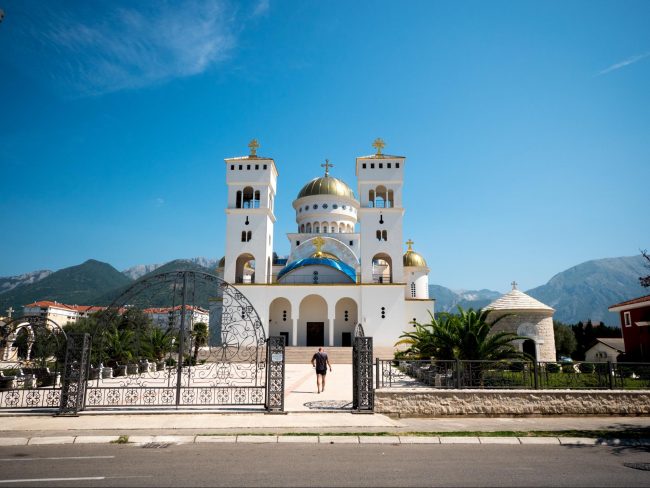
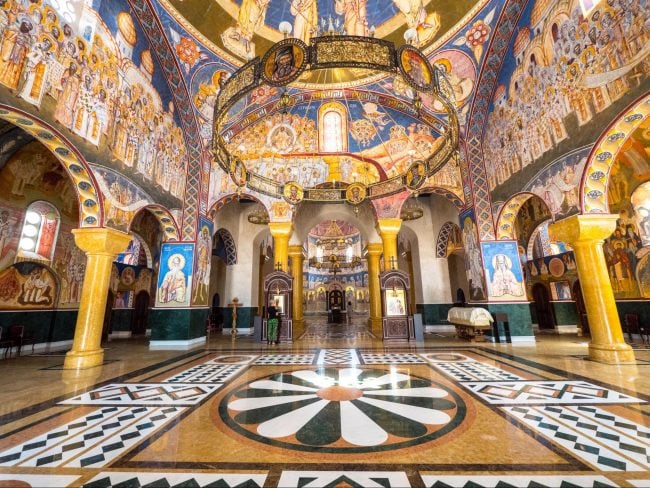
While Stari Bar has the charm of an archeological site, the modern city of Bar has the beaches, the shops, the restaurants and the modern tourist attractions and it is a worthy place to visit in Montenegro too.
Bar is the main port and ferry connection between the Balkans and Italy and sits right across from Bari in Italy, this is also where its name comes from. As you stroll along the sea promenade you will see the ferries and boats that cover the route between the two countries.
There are a few things to see in Bar and one that you will not be able to miss if you are driving into or across town is the huge, golden domed Saint Jovan Vladimir Church which stands tall by the side of the main road.
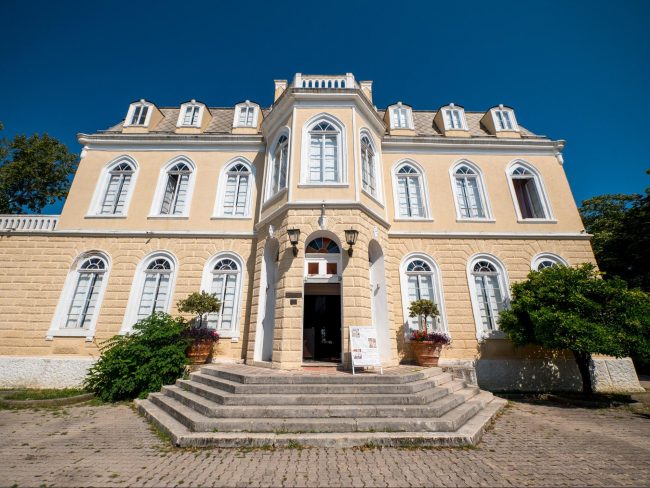
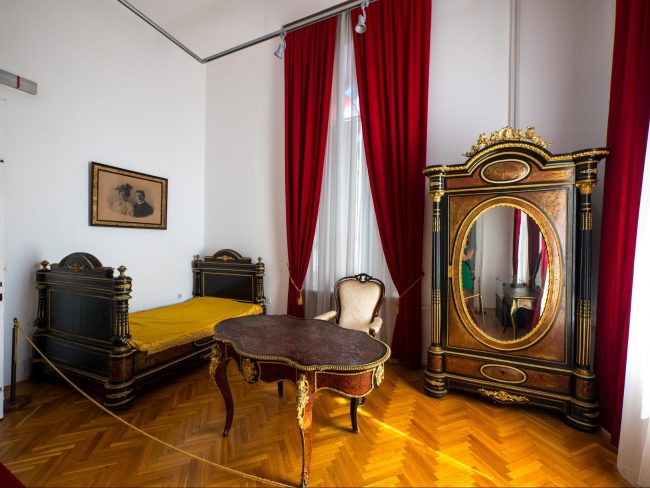
Although this is a new Orthodox cathedral devoted to an old venerated saint, it is still impressive to visit. You can go inside and be left speechless at the colorful walls and domed ceilings and at the frescoes that cover its every inch.
Another interesting spot is the sea-facing, 19th century Palace of King Nikola built in 1885 for his daughter and son in law and today the city museum which can be visited and shows how the palace used to be like and talks about the history of the area.
Don’t leave Bar without enjoying a bit of sunshine and seaside laid back atmosphere at one of the many restaurants that line its promenade. Seafood is bountiful and tasty and life here is far quieter than in Kotor or Budva.
Ulcinj
With so many centuries of incursions, attacks and land-grabbing empires claiming their stake on the beautiful coastal regions of Montenegro the country has become a melting pot of cultures, religions and heritage that makes it one of the most interesting places in Europe.
As you have seen, the majority of the things to do in Montenegro I am highlighting have to do with the sea, the beach, nature or the country’s rich heritage. Ancient towns, fortified walls, historical monasteries and plenty to make for a perfect holiday. This is what makes Montenegro a favorite holiday destination in Europe.
But while the northern part of the country is already quite popular, particularly with day trippers from Dubrovnik and the many cruise ships that dock in Kotor every day in the summer months, the southern part is still mostly frequented by locals and other tourists from the Balkans, usually Serbs and Kosovars who do not have direct sea access.
Ulcinj is known specifically for its fine sand beaches, unusual in Montenegro’s pebbly and gravel coast, and for its stronger Ottoman and Islamic imprint more typical of Albania which Ulcinj is just across the border from.
The seaside city and fortified old town of Ulcinj is home to more mosques than any other part of the country and the famous Negjuzki ham is less popular here. You can hear the call for prayer from the many minarets and indulge in messy kebabs.
Like Budva, Ulcinj is composed of an old fortified city built by the Illyrians on top of a hill and by the cliff’s edge and a new city at its footsteps. The old part is steep and made of narrow cobblestone paths that are impossible to navigate without proper footwear. That is, flat shoes with grip that do not slip on the polished rocks. I definitely struggled in flip flops.
The vast majority of the old town blends either historic constructions turned museums and heritage buildings with hotels and restaurants. This makes it a magnet for tourists and a place to stay away from if you are a local.
Outside the entrance to the old town you will find St. Nicholas Church, surrounded by olive trees that are so typical of this part of Montenegro.
Inside the city walls, there are a few noteworthy places to visit. Start at the Museum of Ulcinj where you can learn about the fortified city and its origins and visit several floors of ethnographic exhibits with clothing and daily objects of the people who lived here.
The museum is housed in what was first a church then a mosque which is located in what once was the slave market square, you can still see the cells in which they were kept.
If you are in for a meal either before sightseeing or after, there are a lot of options and I will highly recommend eating in the old town, as touristy as it may sound. There are a lot of restaurants on the side that looks out onto the beach and a few others that look out onto the church.
The church side is great at sunset, while the other side is great at night when the twinkling lights of the restaurants and bars come alive. Hotel Pirate was a great place for a drink and dinner, above the sea, with the best sunset views.
Below the old town lies a small beach separated by a row of touristy restaurants and bars by the promenade. The loud music and neon signs are not very inviting but the general laid-back atmosphere is.
From September the tourist numbers decrease significantly, in fact some restaurants will start running out of things like wine from the list and will not bother to restock pre-empting a really slow winter season.
Long Beach
Locally known as Velika Plaza, this stretch of 12 to 13km of virgin beach at the southern end of the country is the longest in the country and was included in 2010 The New York Times list of places to go. This recognition does not seem to have had any impact on tourism. The beach is still as empty and quiet as it probably was when fame hit this part of Montenegro.
Velika Plaza is mostly empty and devoid of the colorful umbrellas and sun loungers that crowd beaches in Montenegro except for a small part of the beach on its most southern tip, in front of nudist community Ada Bojana island.
This part of the beach can be reached on a small path that drives along the back of a camping and bungalow riverside accommodation with wooden houses on stilts and boats ready to go.
What makes Velika Plaza unique, besides its size, is the fact that it is one of the few beaches in Montenegro that is made of sand, albeit the orangy/greyish type, whereas most other beaches are either made of pebbles or gravel.
Ada Bojana
Ada Bojana is an island turned nudist getaway for Europeans looking for a place to bare it all under the sun. The island is connected with a bridge but is not accessible to non-guests so you can’t take a peek or even go for a drink unless staying there, I tried!
Dajbabe Monastery
Visiting Dajbabe Monastery has to be one of the impressive of the things to do in Montenegro and to think that I stumbled upon it by complete chance!
This unassuming church looks like like any other from outside. A bit elevated and up on a small hill that gives it its name. Dajbabe Monastery is made of a regular red and white church and a complex of caves carved into the mountain where various relics and coffins are stores.
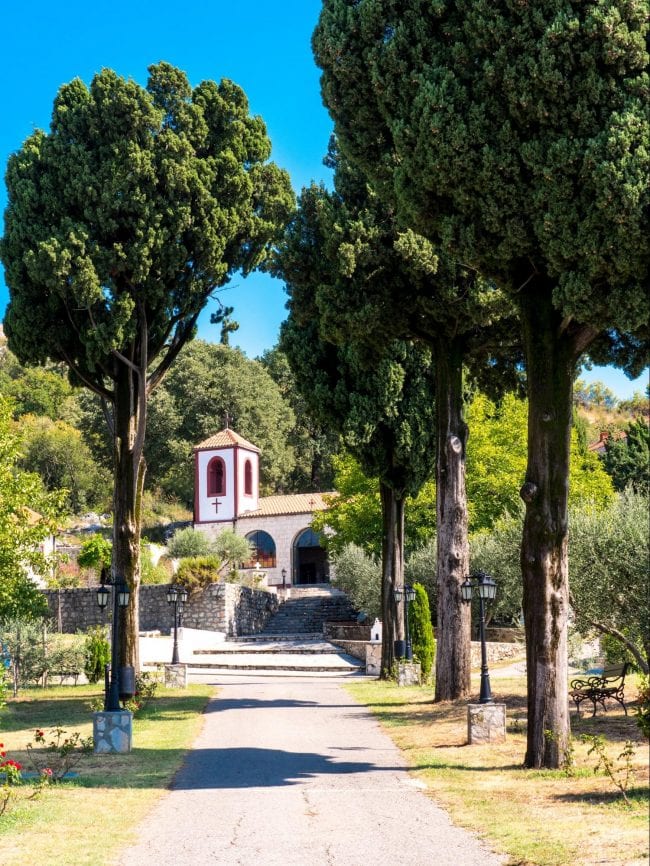
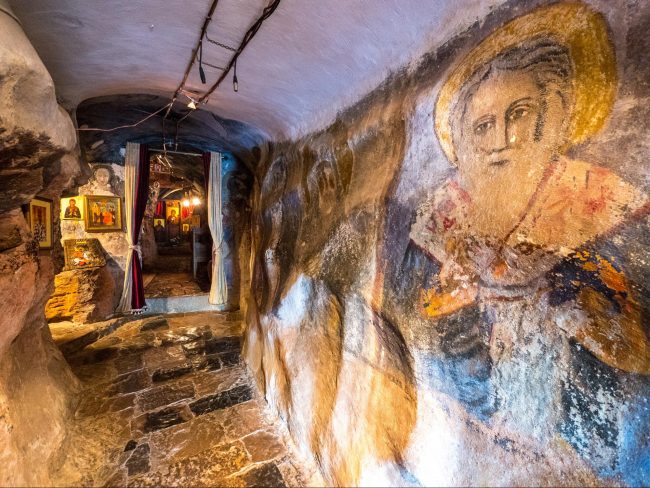
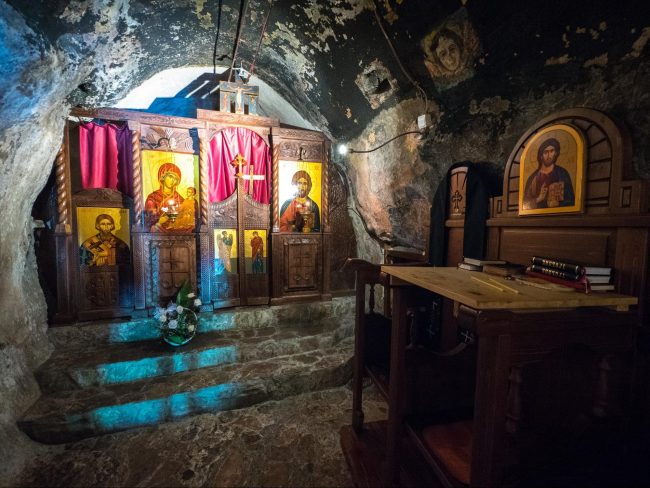
The entire cave complex is painted with incredible detail and is a feast to the senses. Entrance is free but the caves and corridors are small and narrow so not for those with claustrophobia issues.
The caves are made in the shape of a cross and it is said that early Christians used to hide here from prosecution. The monastery was devoted to the Virgin Mary and founded in 1897 by Simeon Popovic a father from Ostrog Monastery who was visited by a poor peasant and told of a vision asking him to build a monastery.
Best hotels in Montenegro
| Hotel name | Nightly rates (US$) | Book now |
|---|---|---|
| Aman Sveti Stefan | $1800 | Their website |
| The Chedi Luštica Bay | $220 | Booking.com | Agoda |
| Allure Palazzi Kotor Bay | $220 | Booking.com | Agoda |
| Hotel Vardar | $120 | Booking.com | Agoda |
- Check if you need a visa, get help processing it at iVisa.
- Never ever leave without travel insurance. Get affordable coverage from World Nomads or long term insurance from Safety Wing.
- I find all of my flights on KAYAK. Check their Deals section too.
- Search for all your transportation between destinations on the trusted travel booking platform Bookaway.
- I book all my day trips and tours via GetYourGuide, they are the best and their tours are refundable up to 24h in advance.
- Get USD35 off your first booking with Airbnb.
- Compare hotels EVERYWHERE at HotelsCombined and book with Booking.com.
- Compare car rental prices at Rentalcars.com

